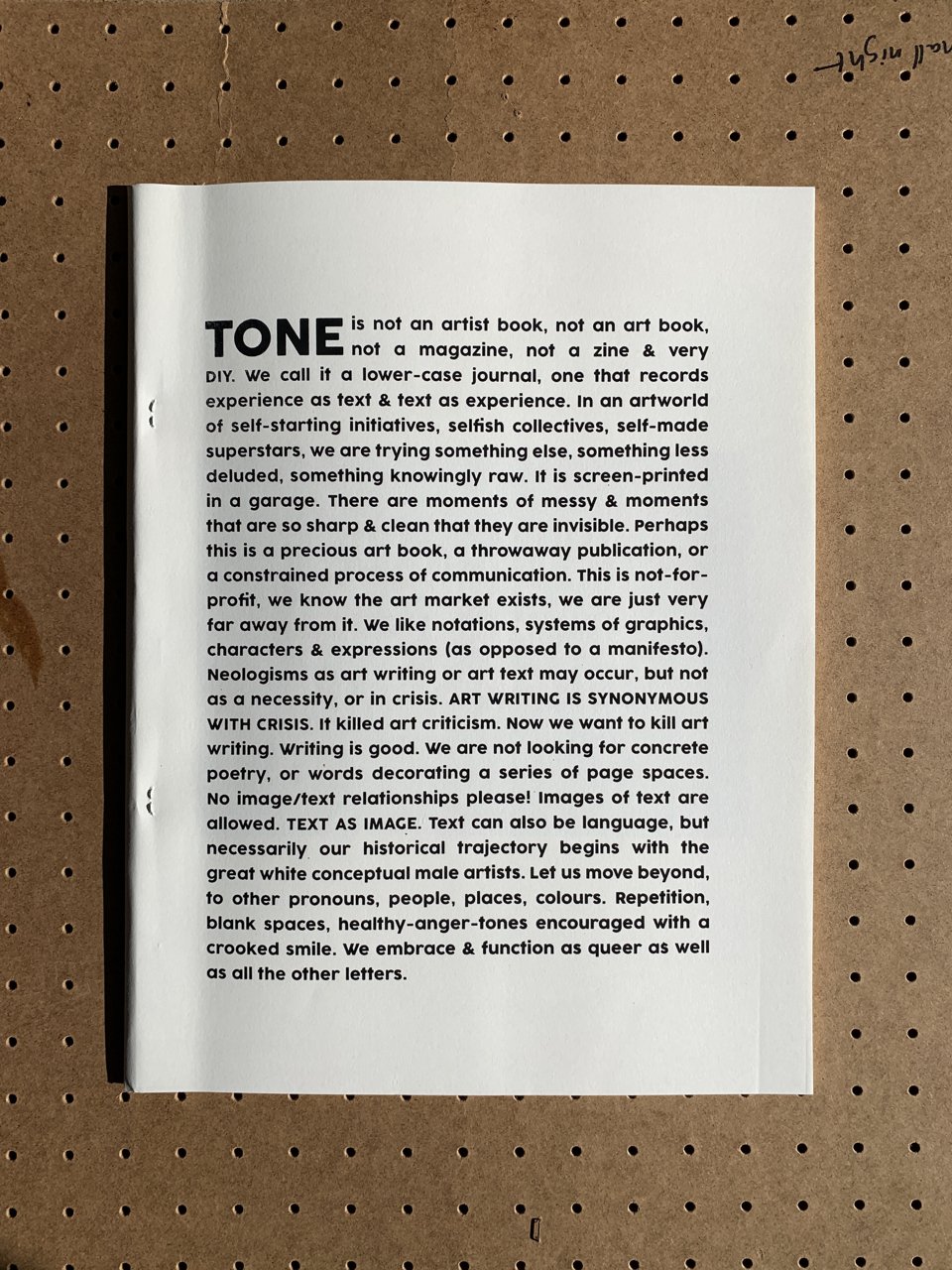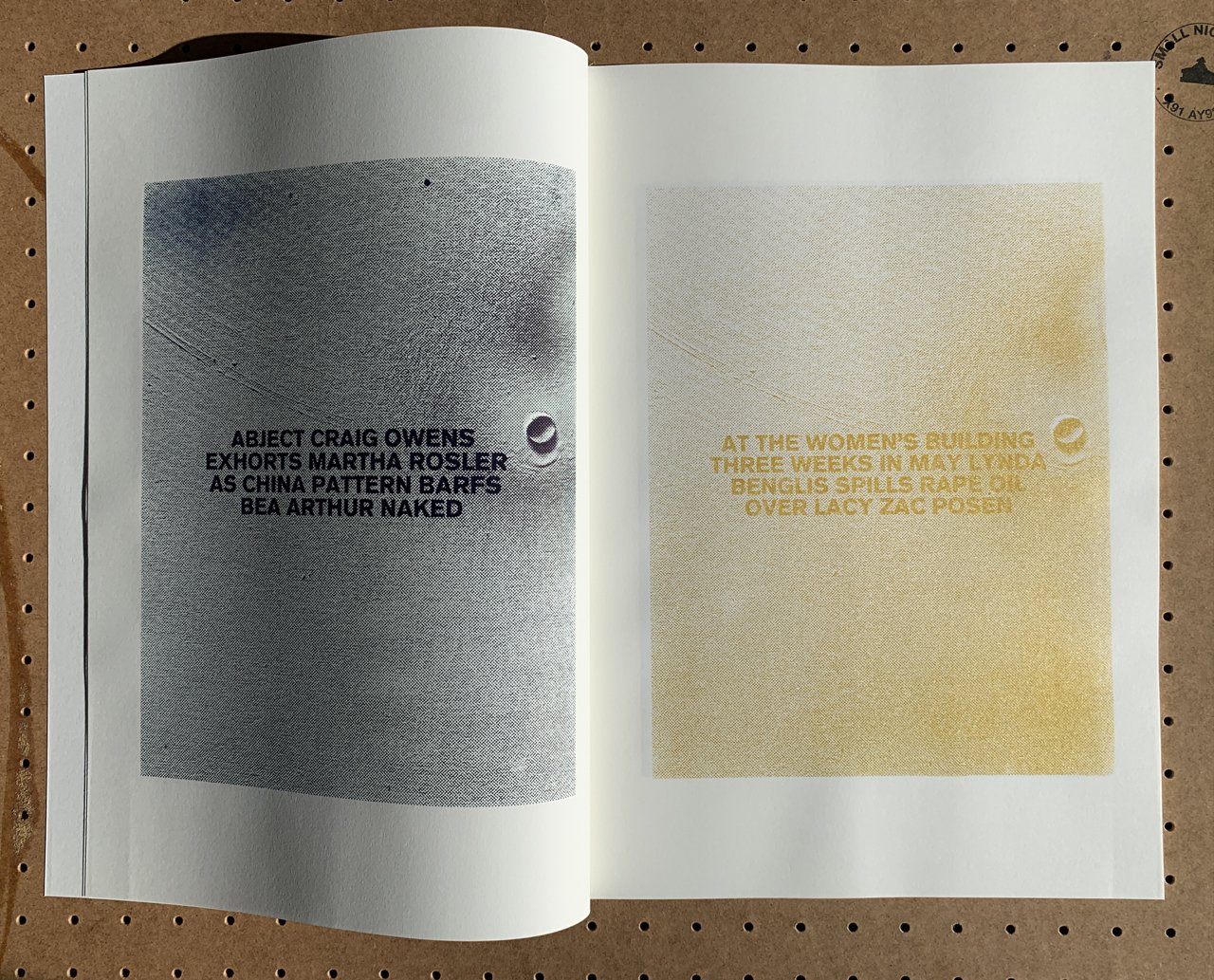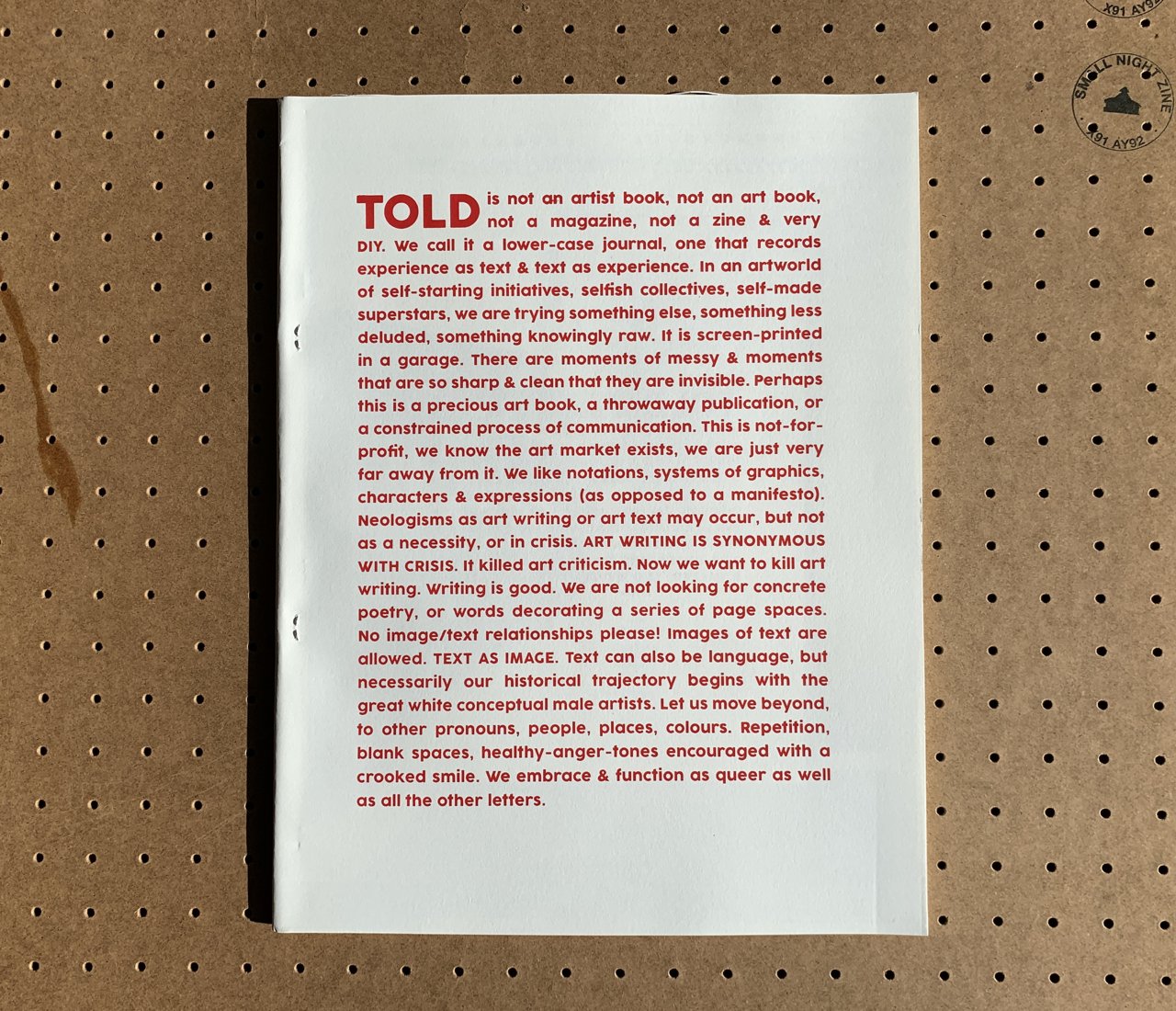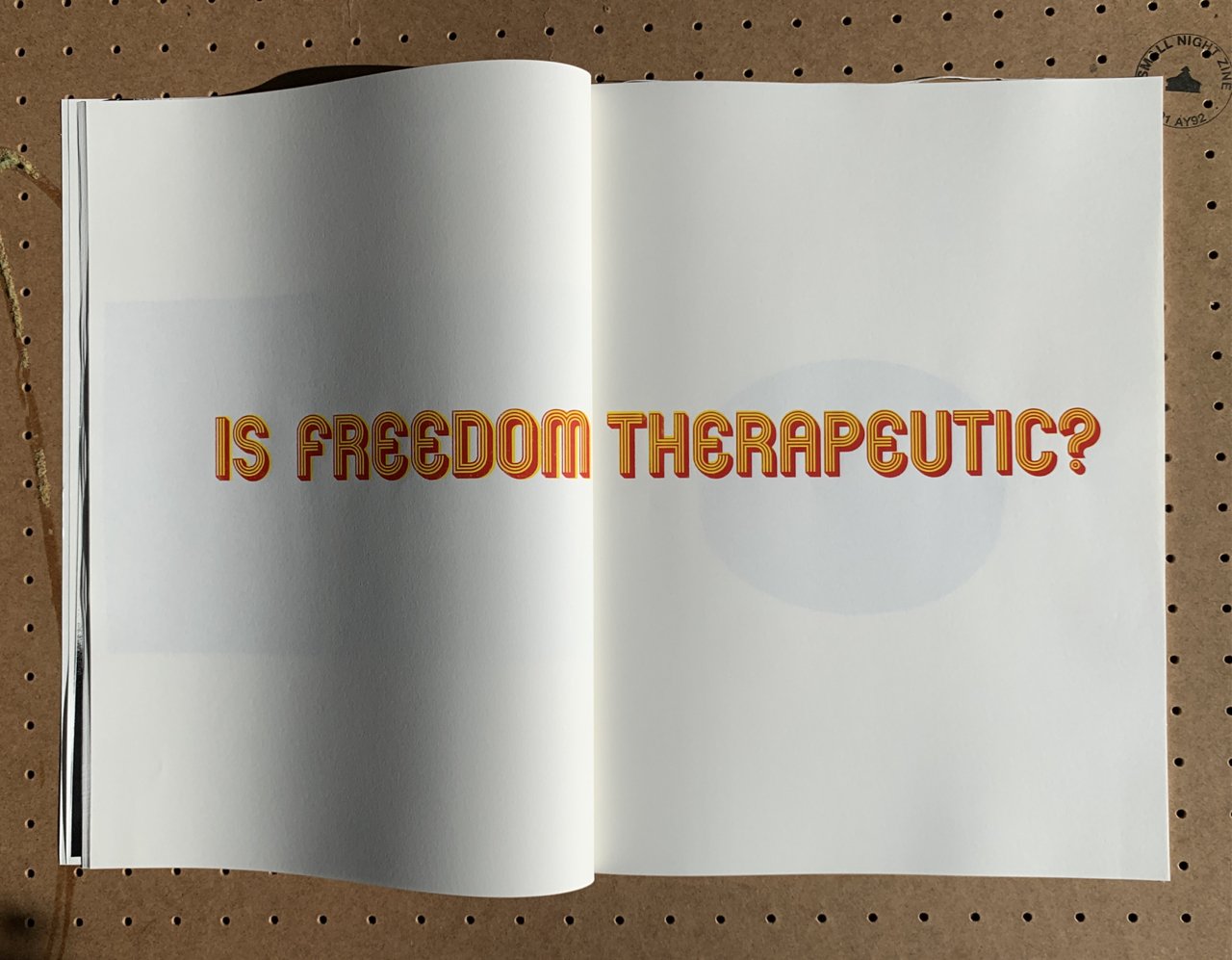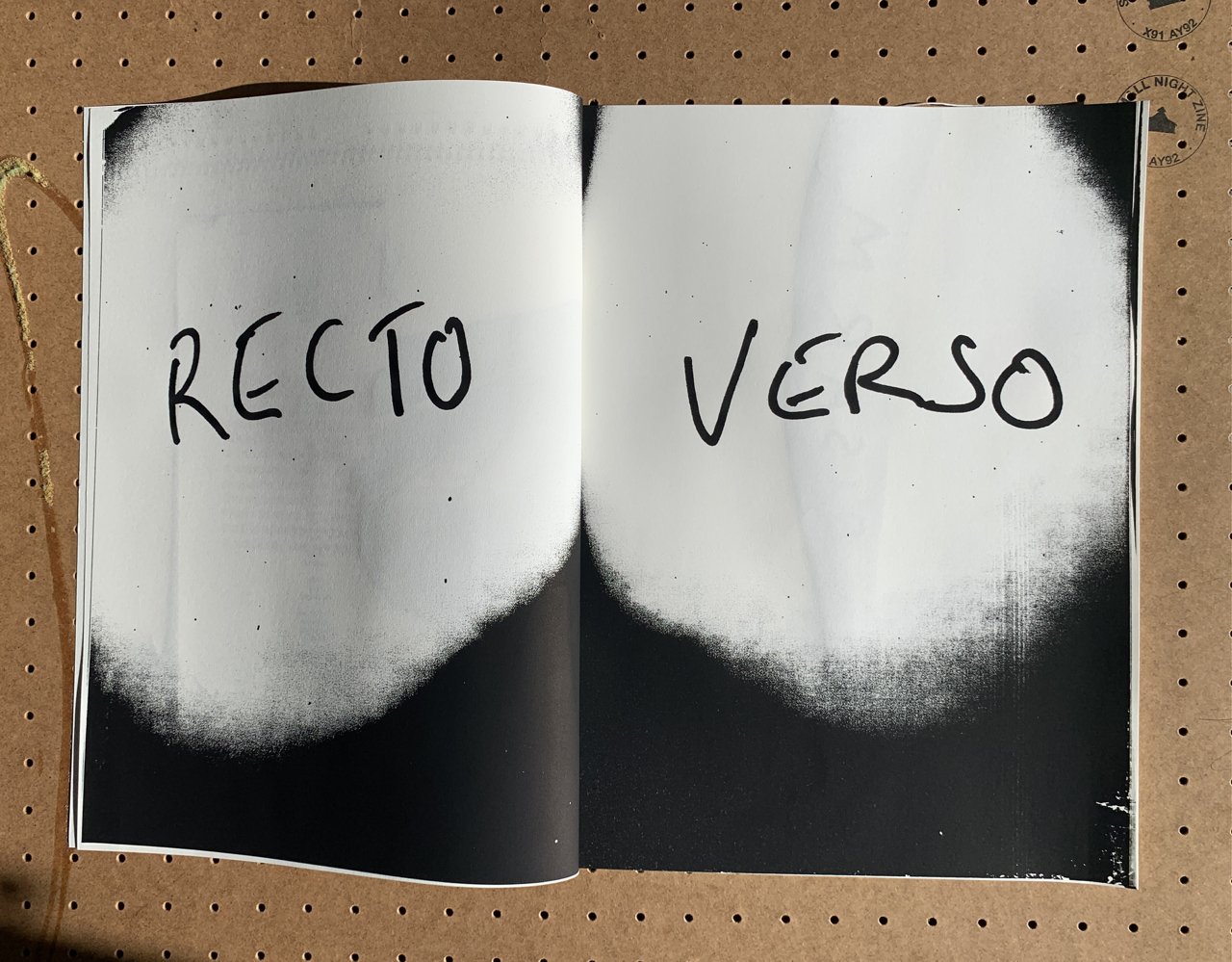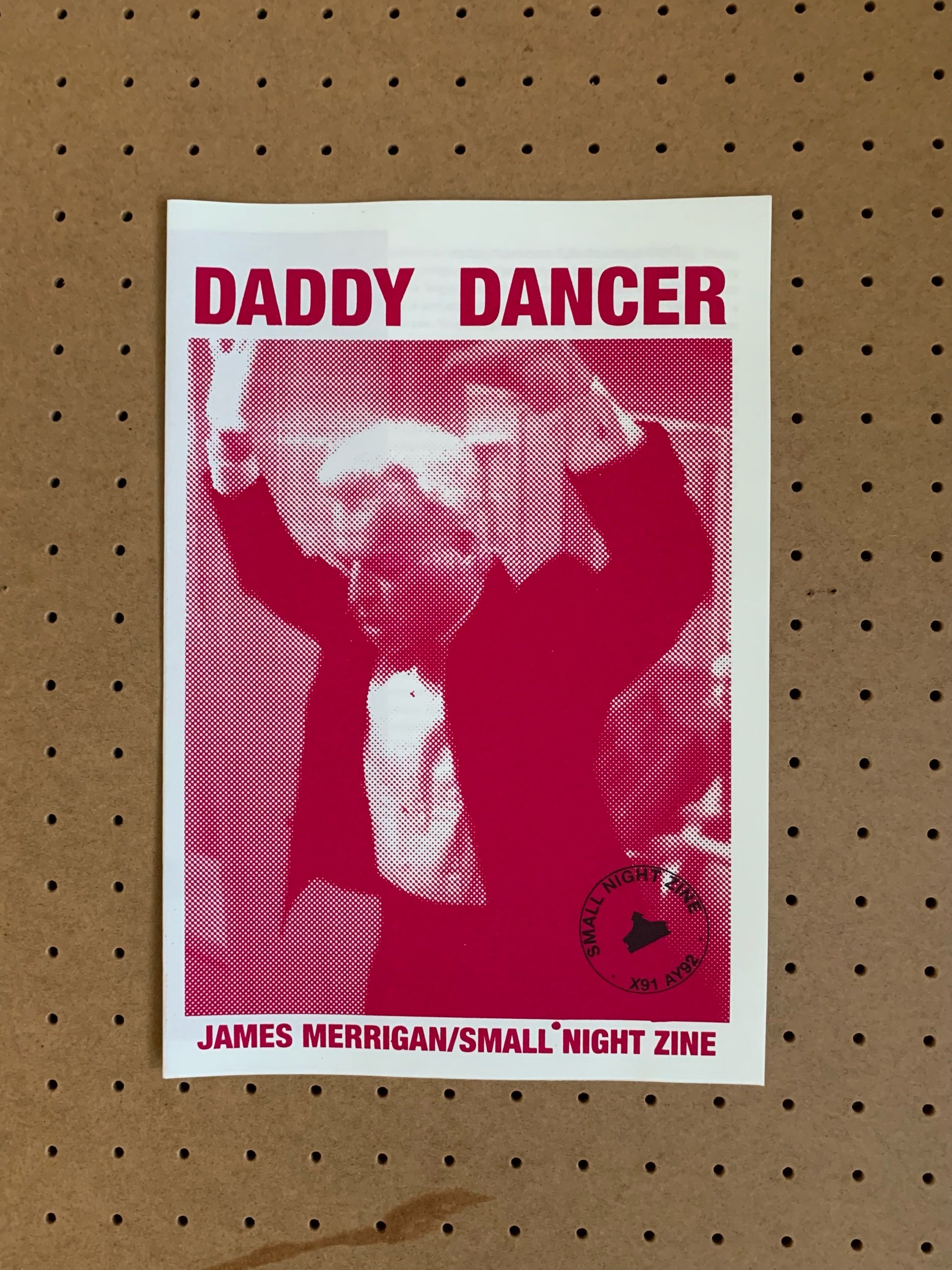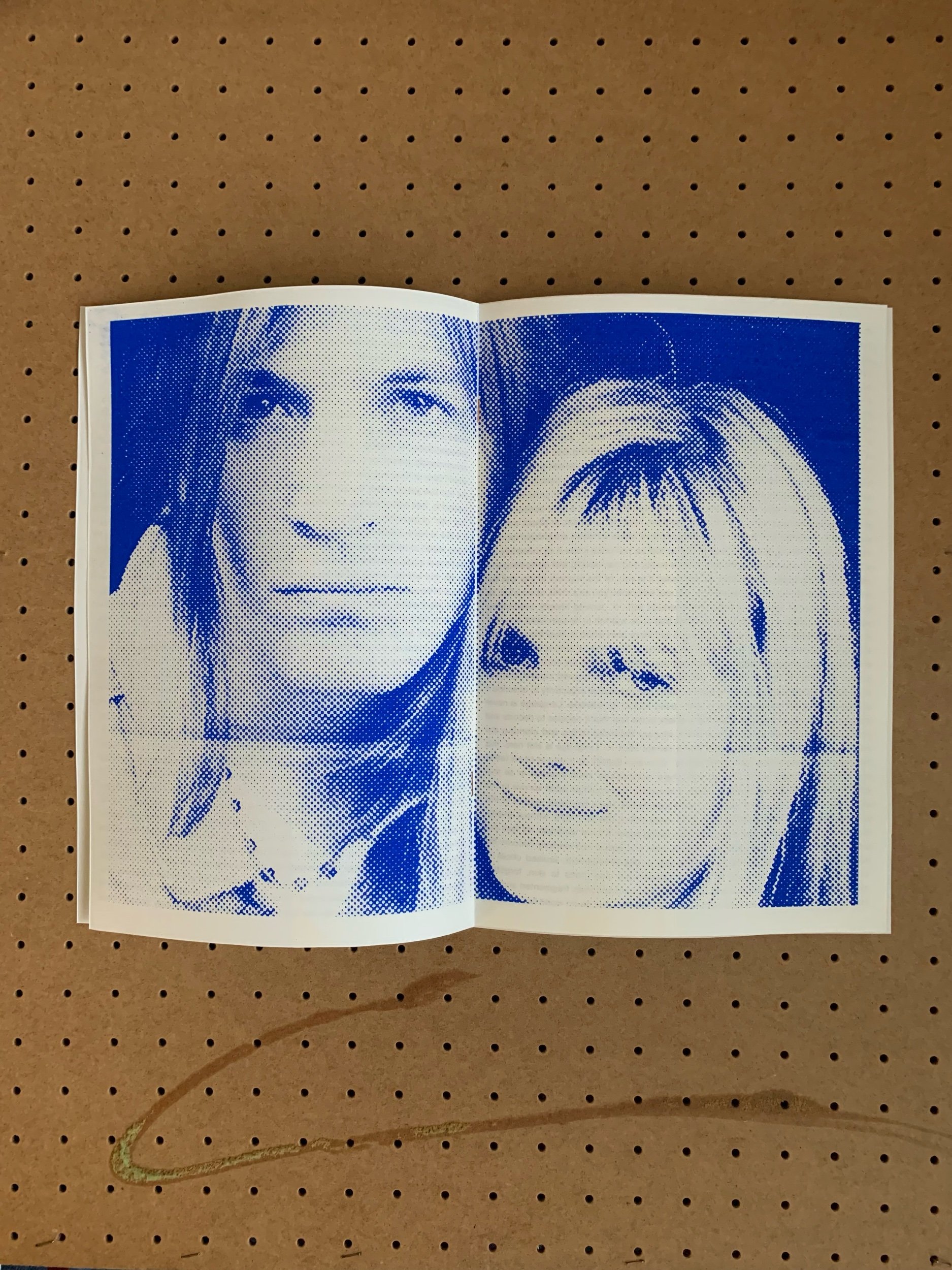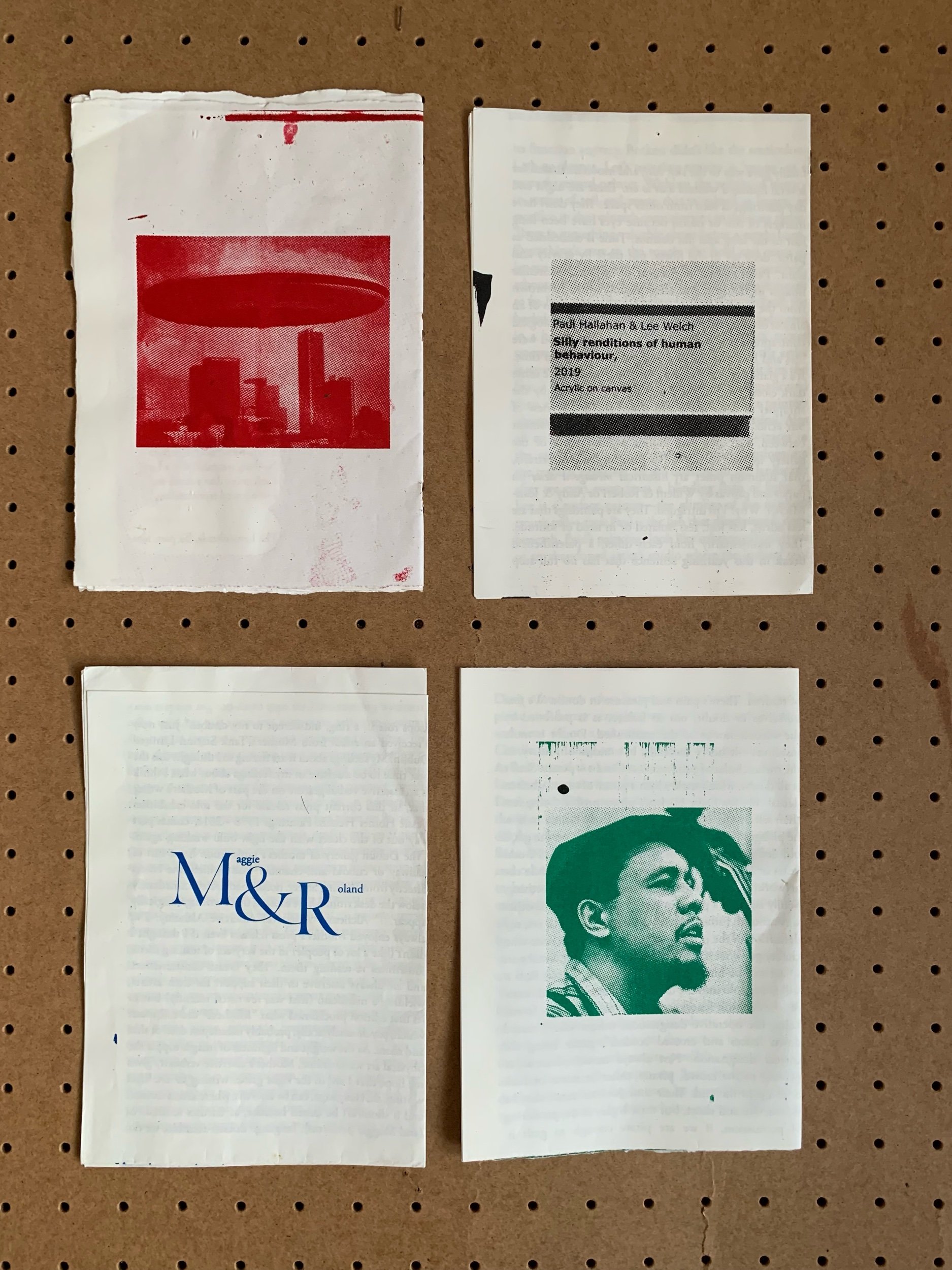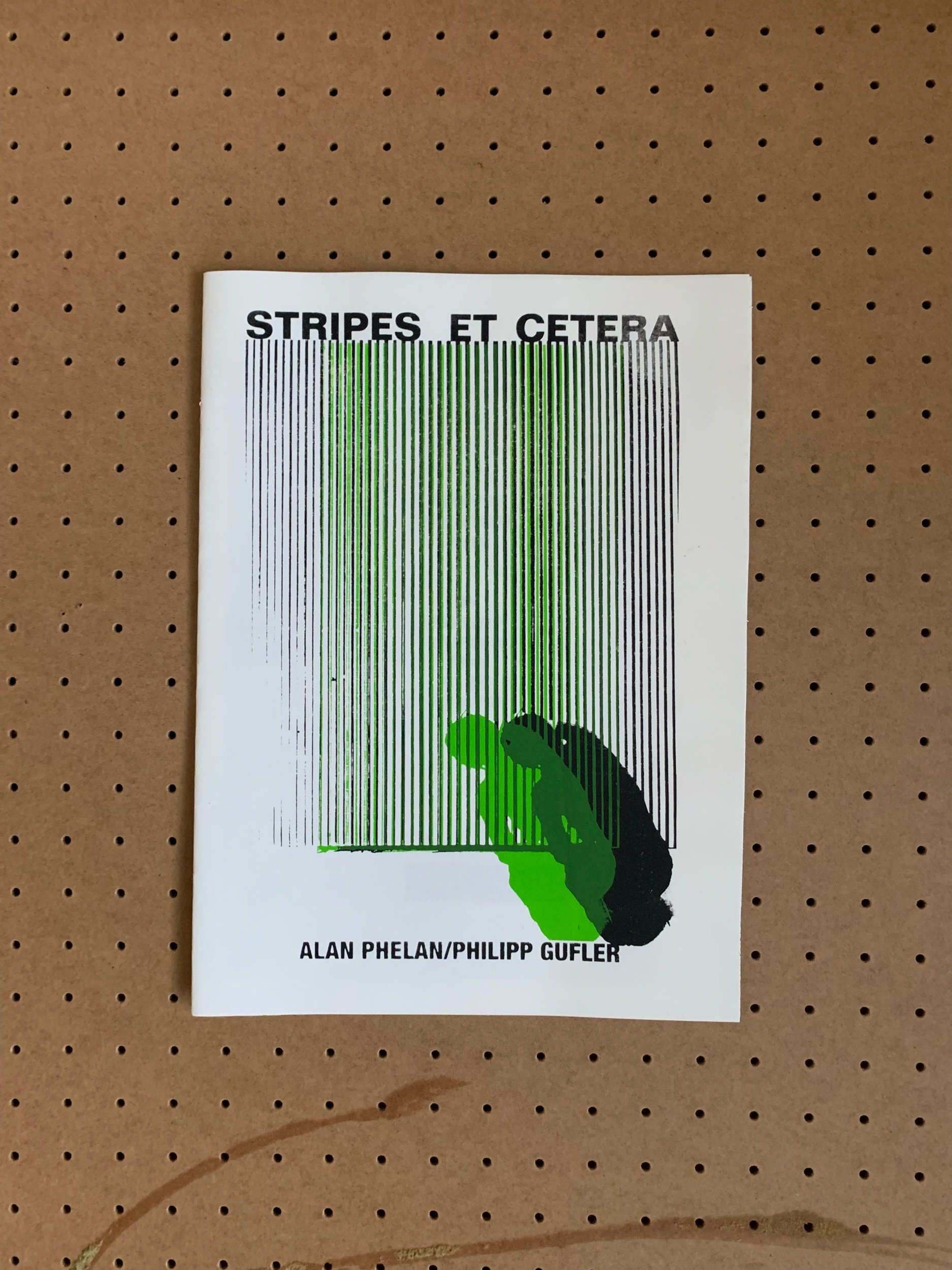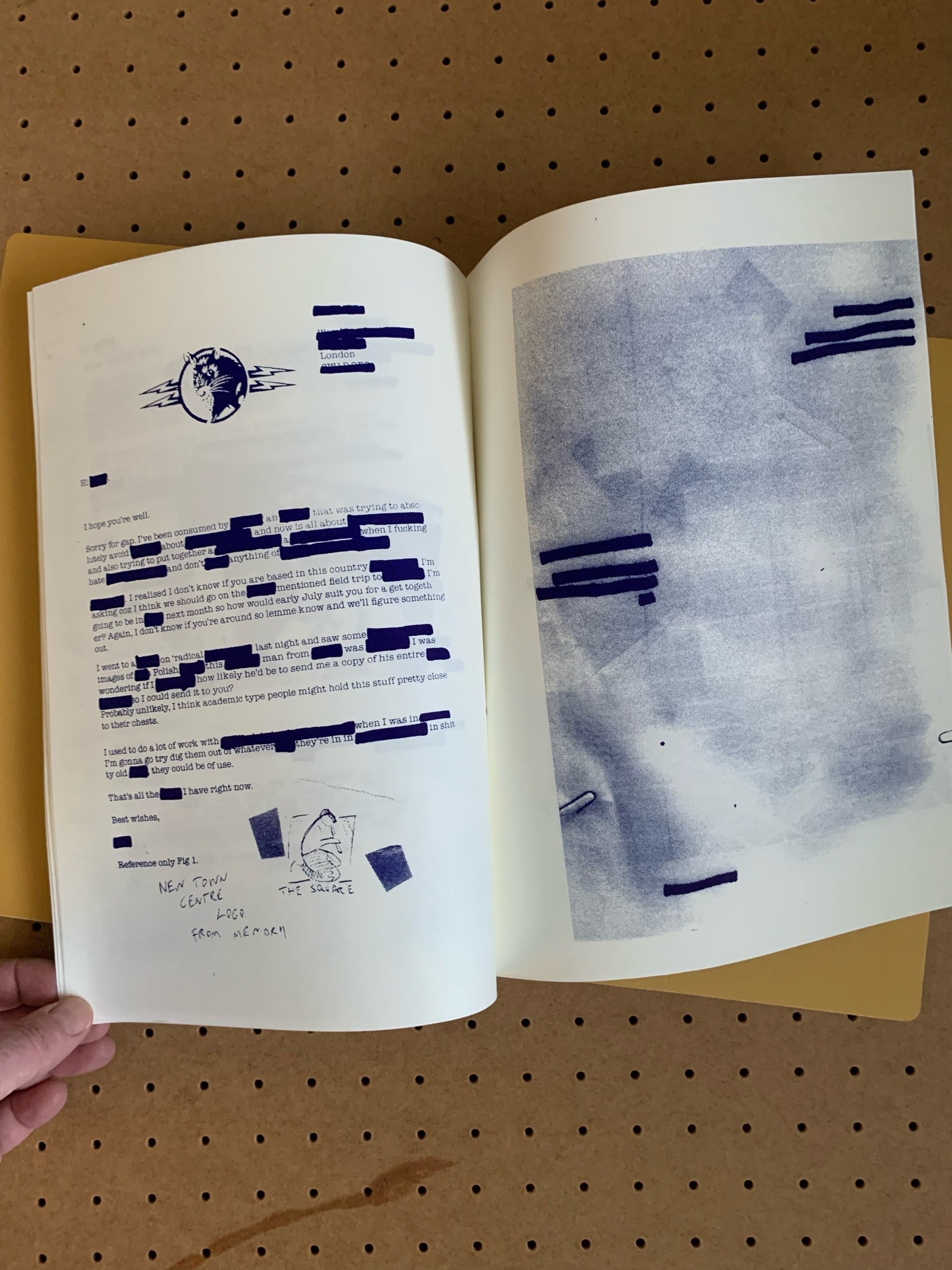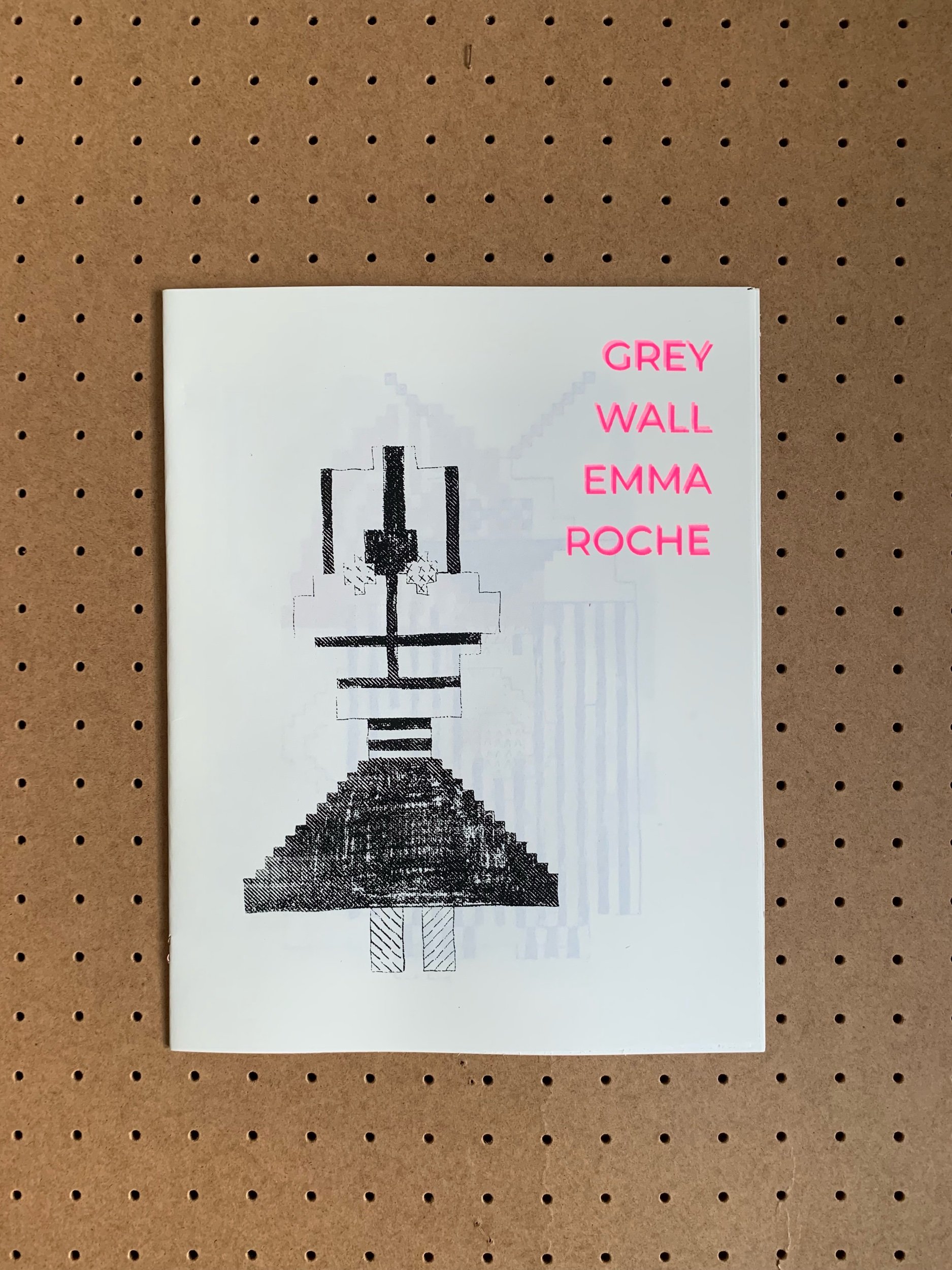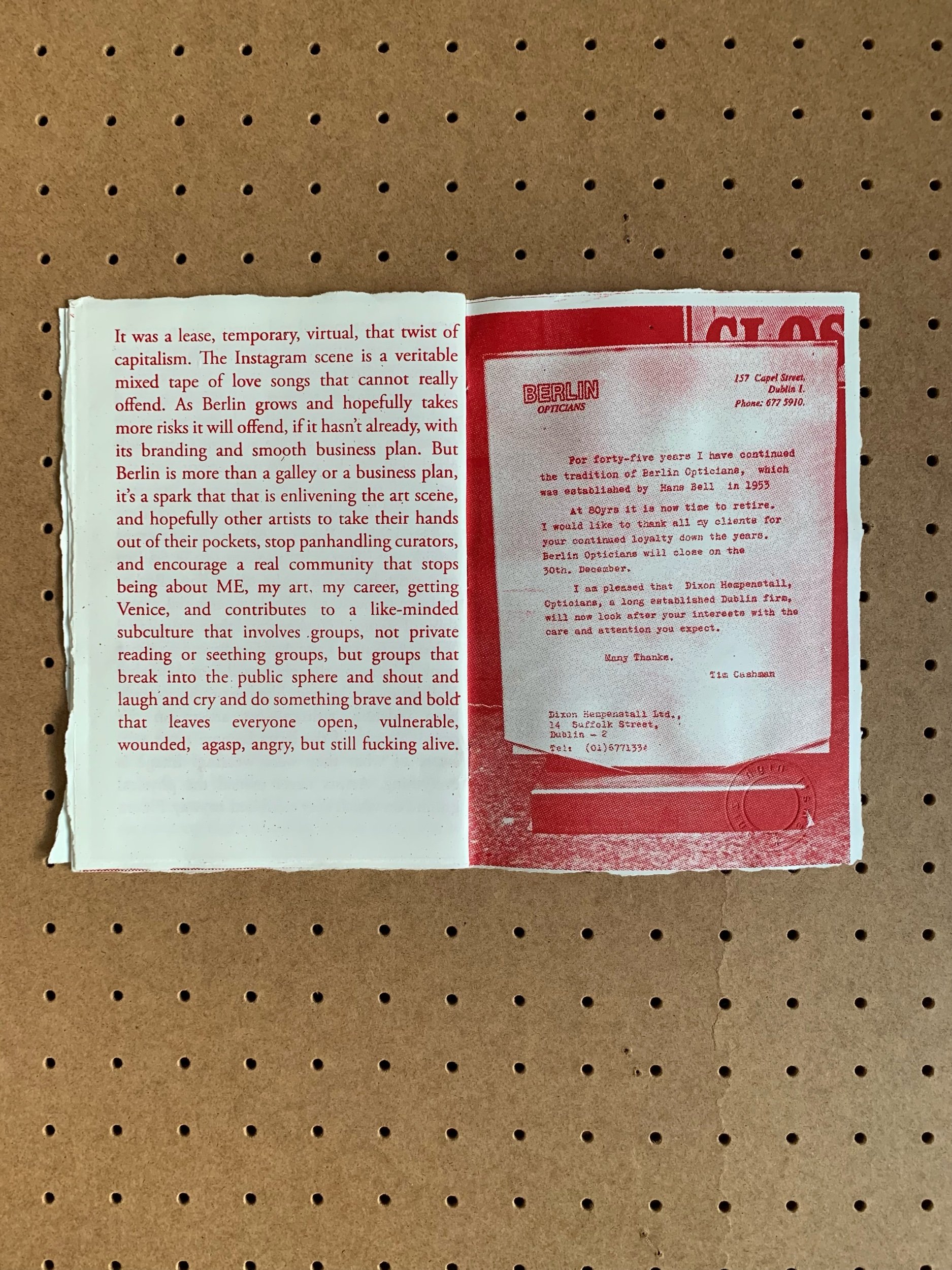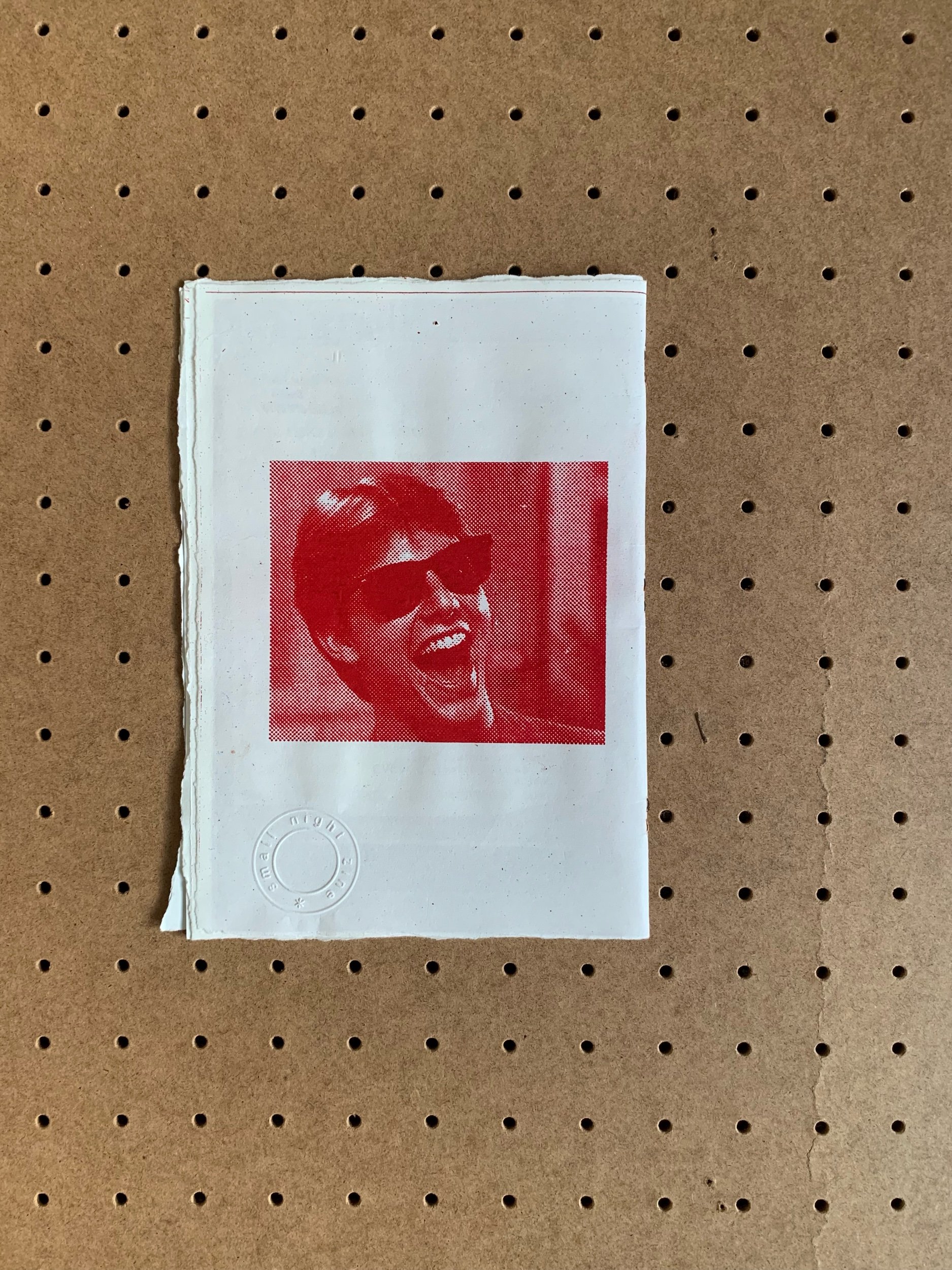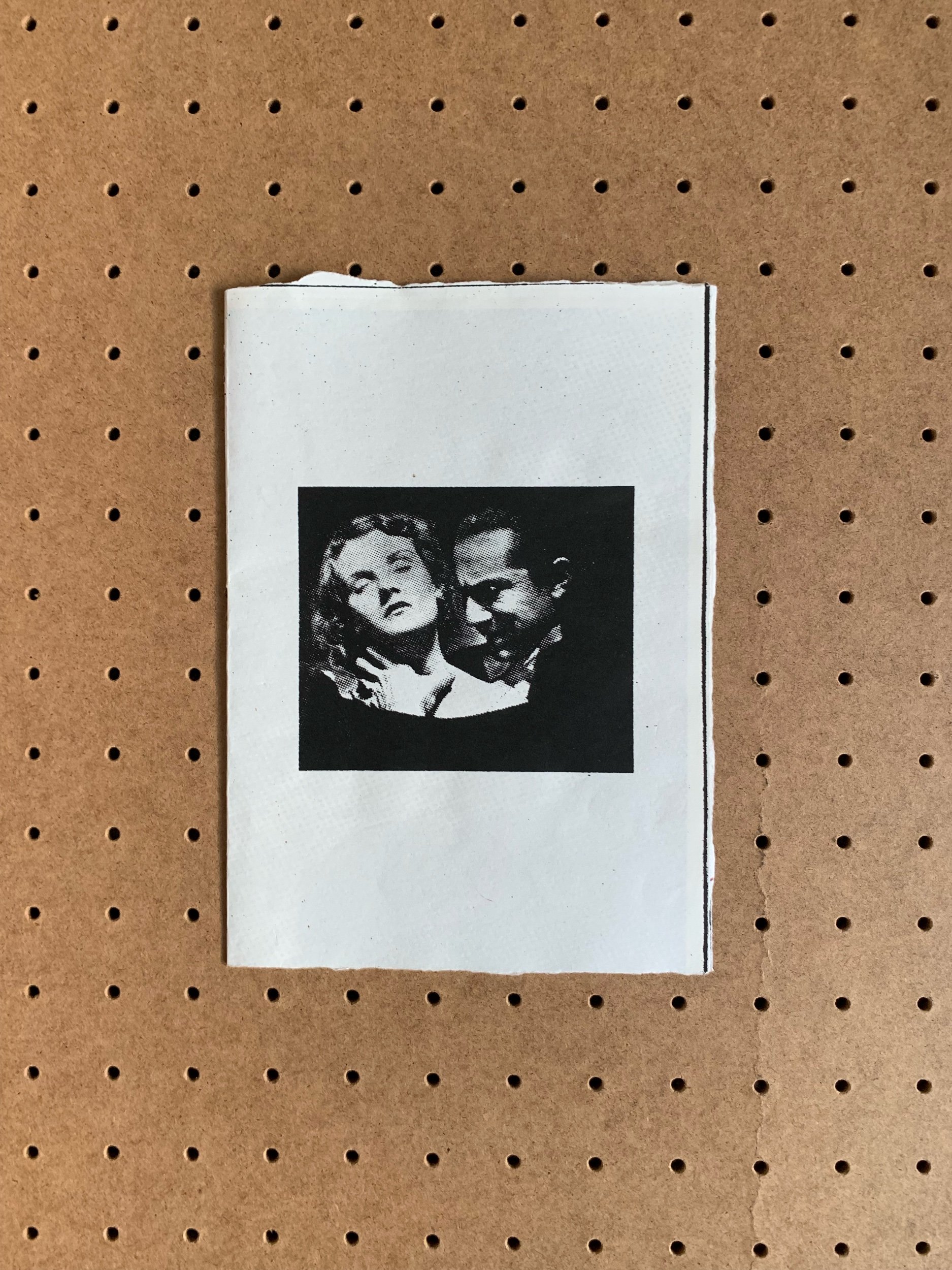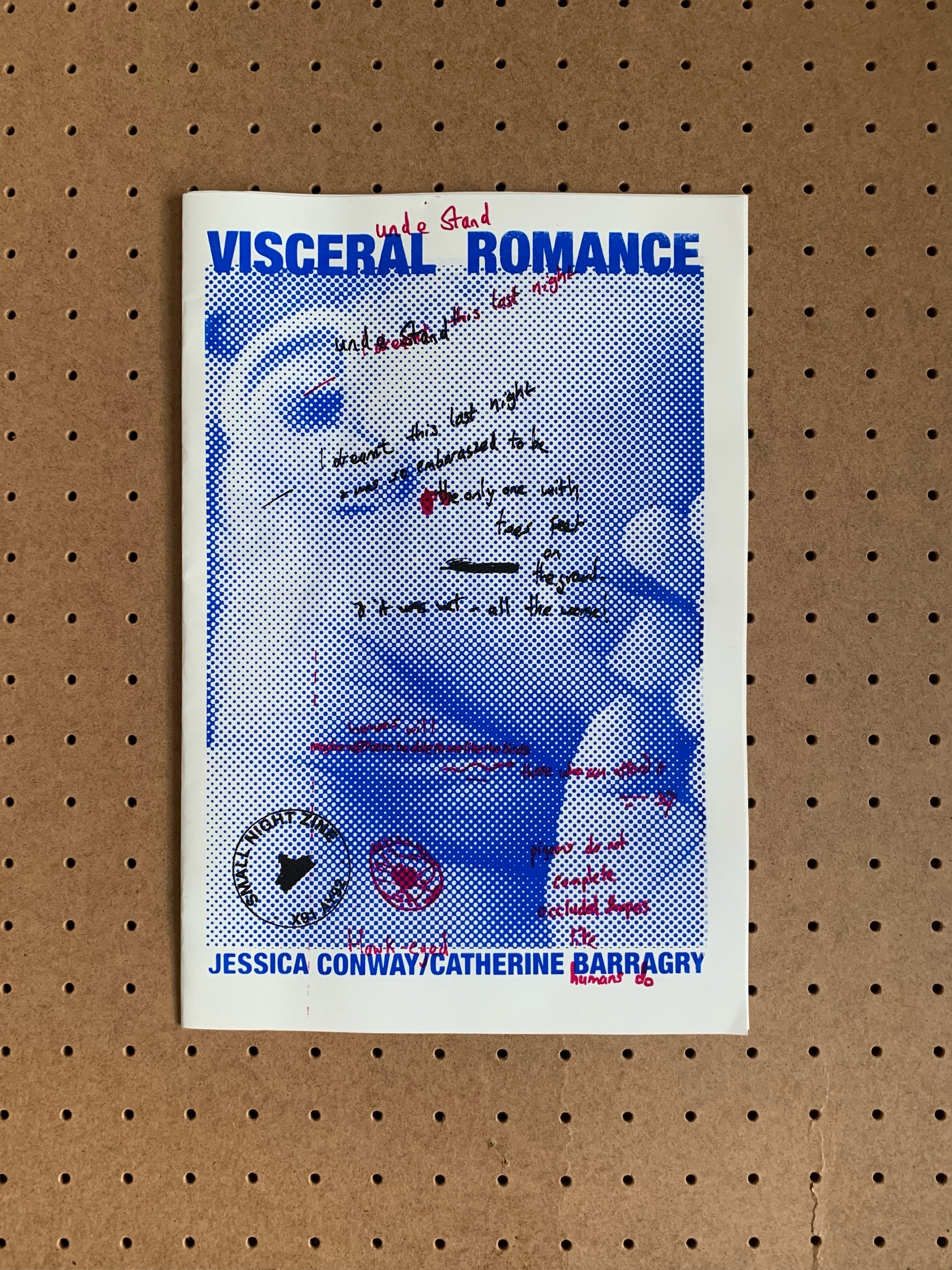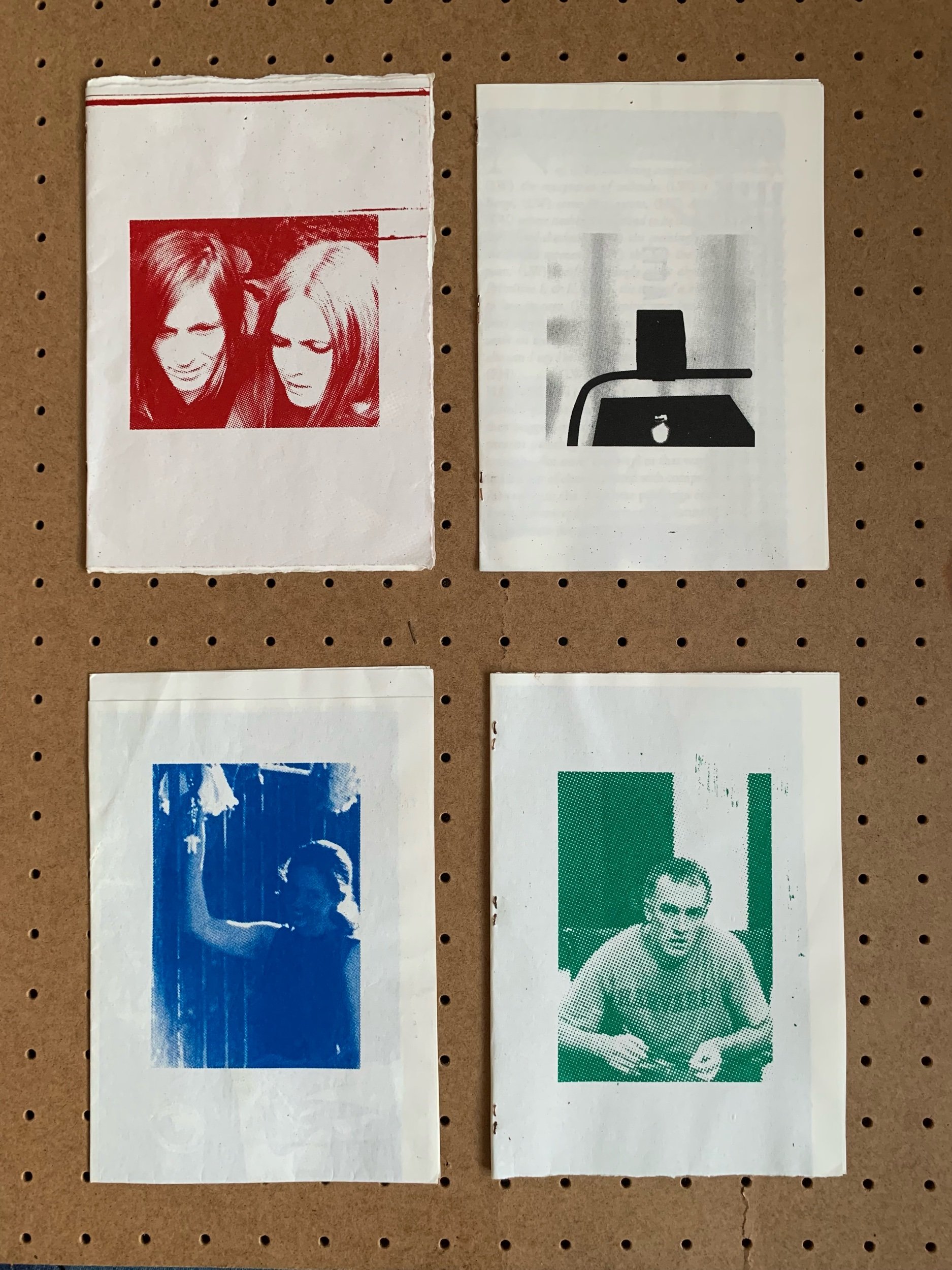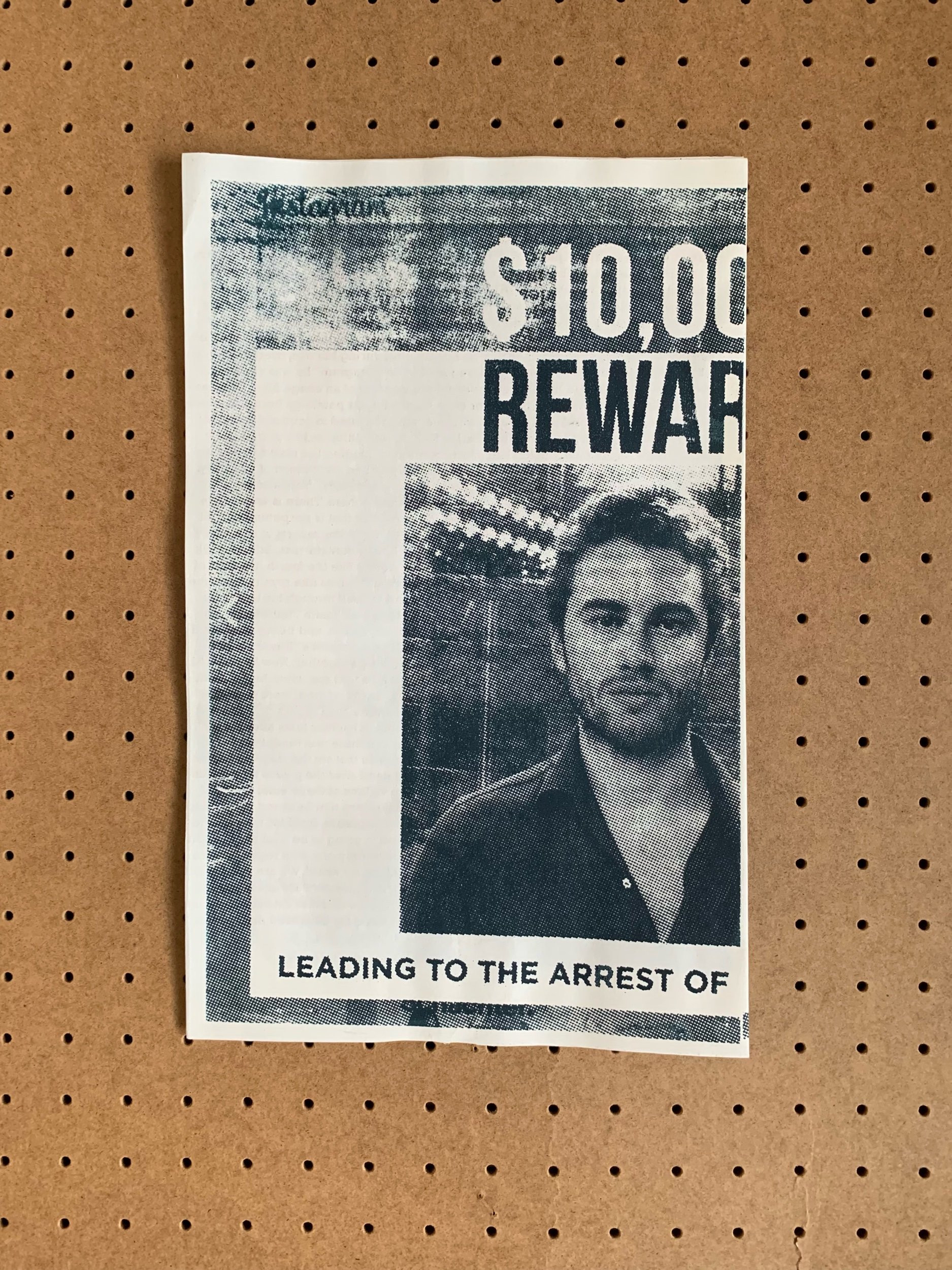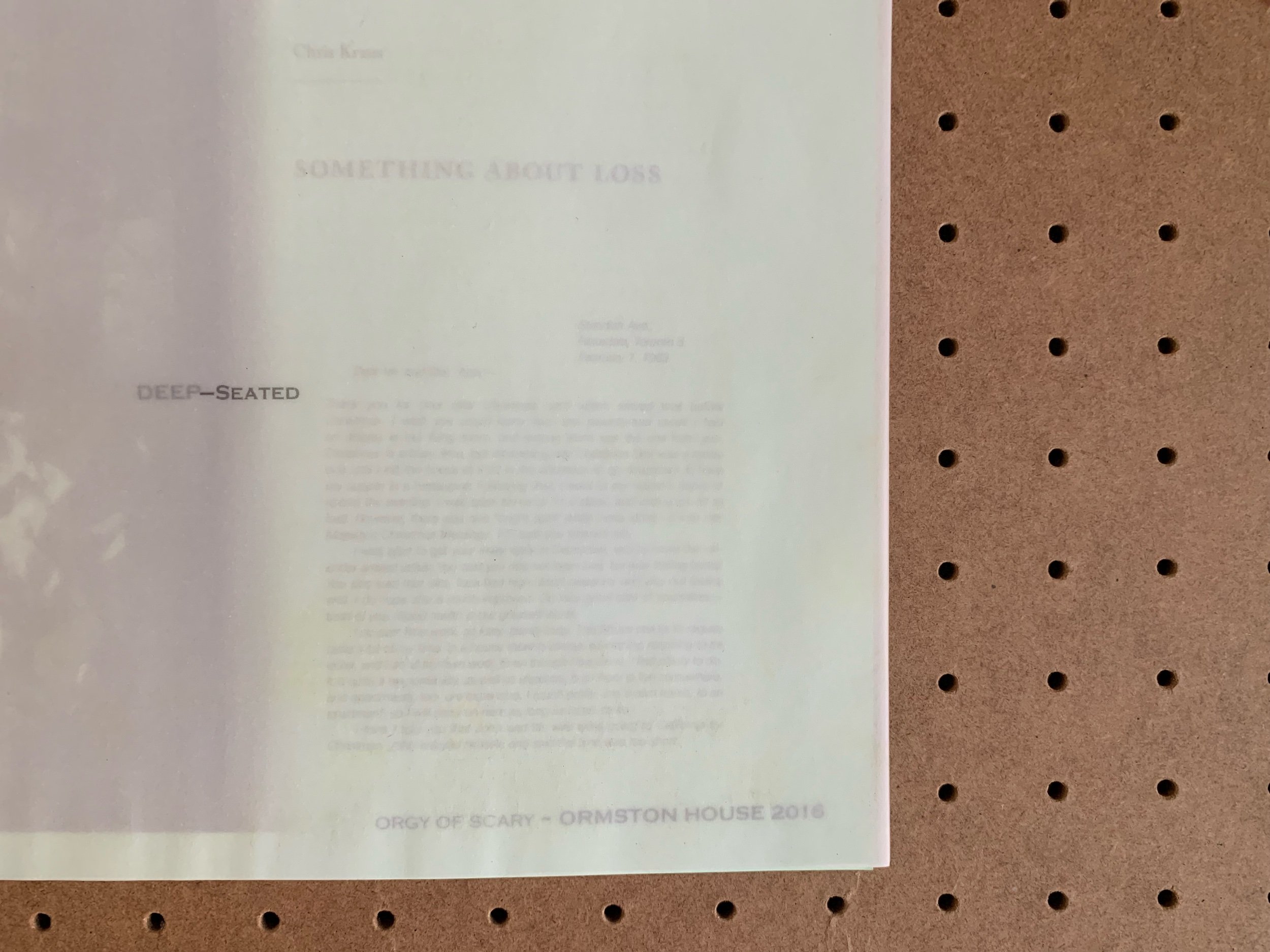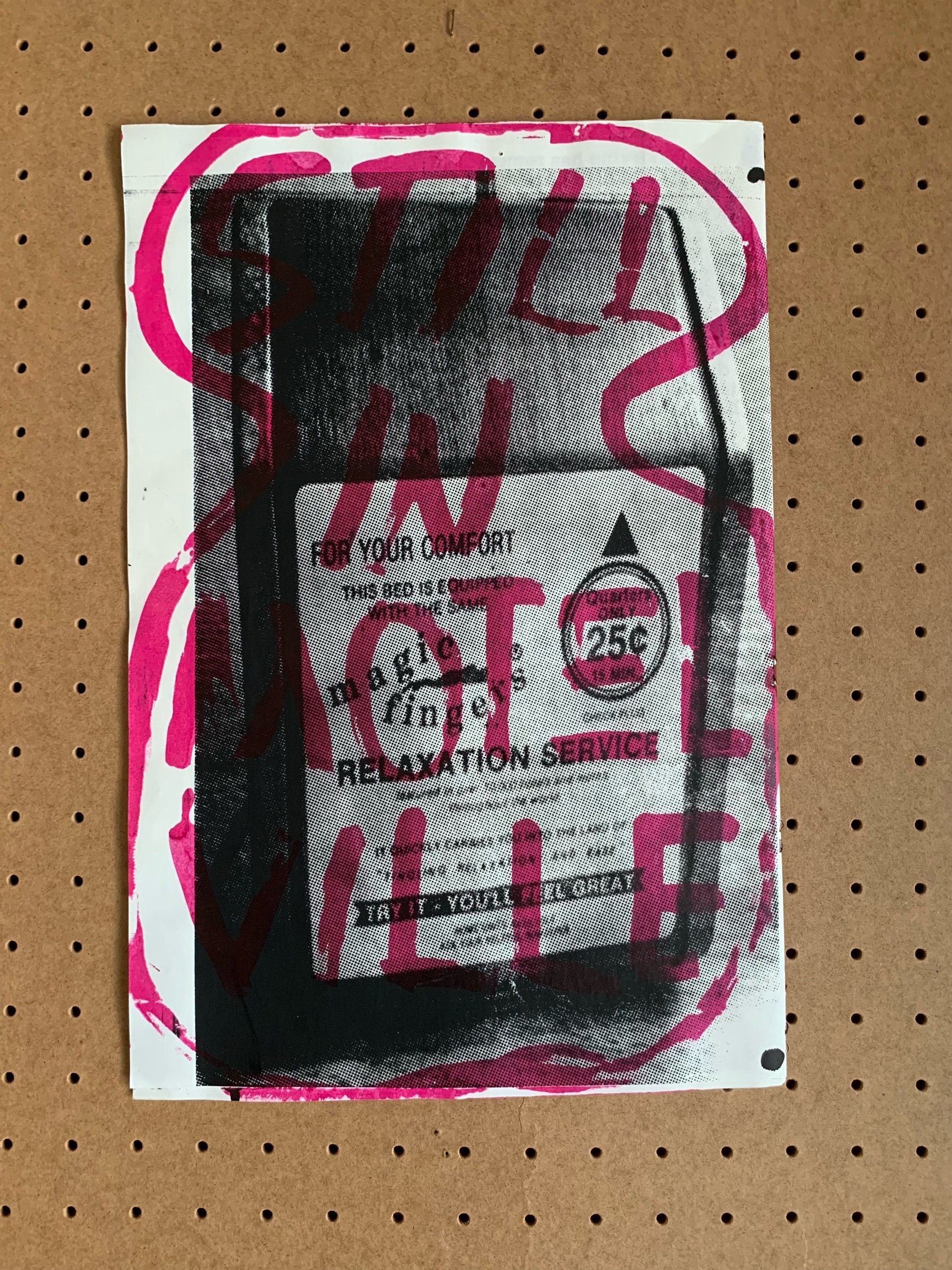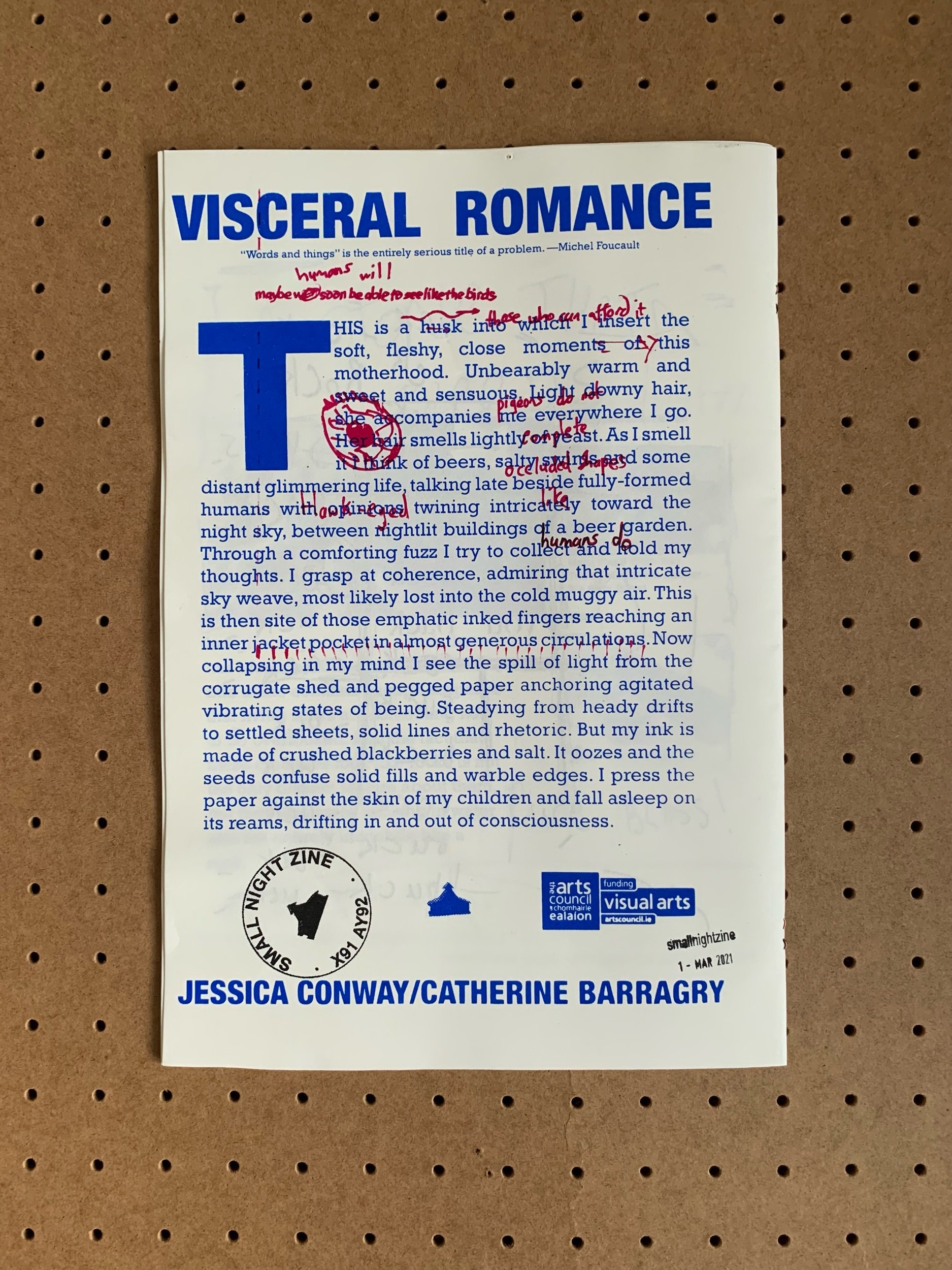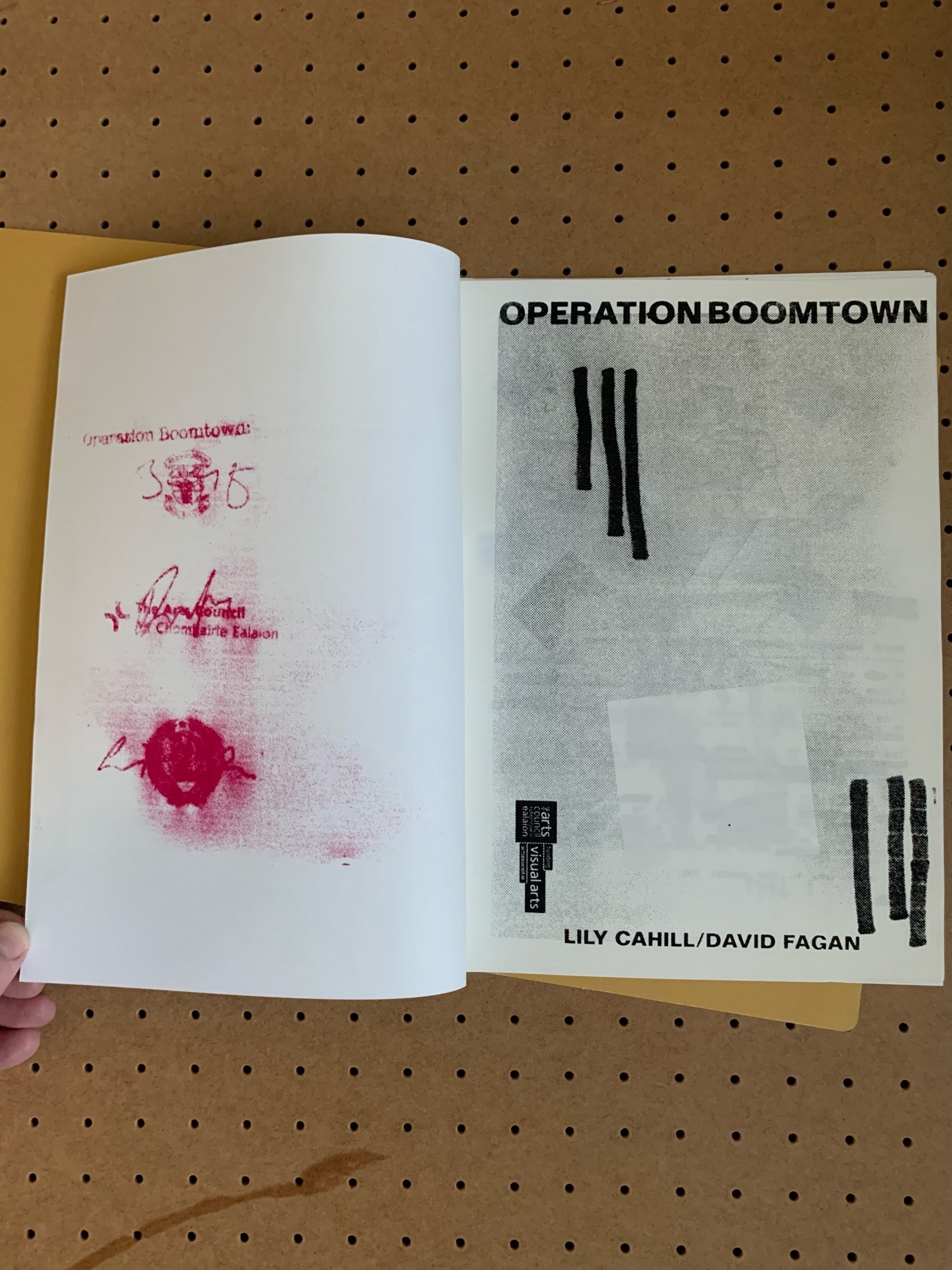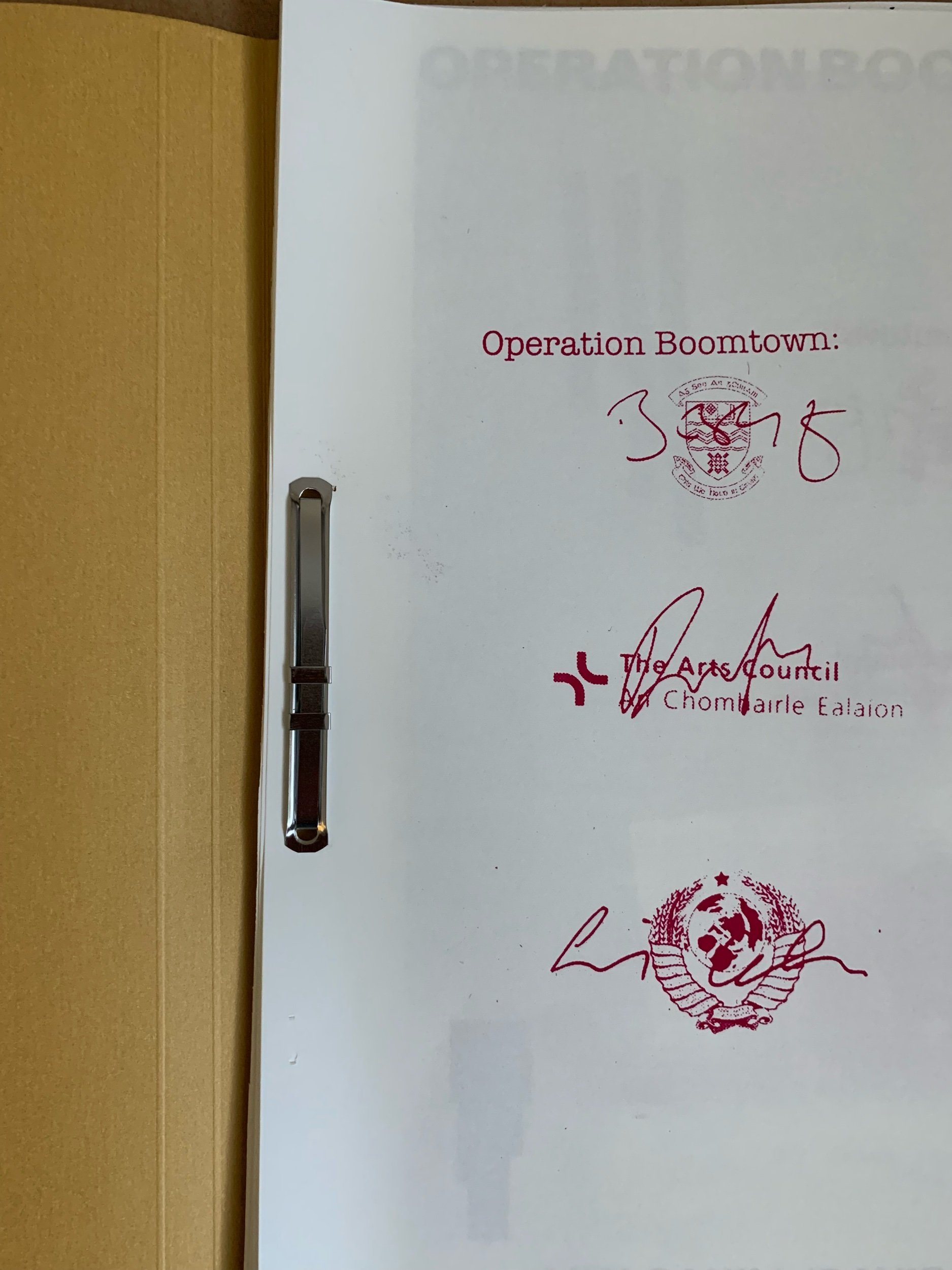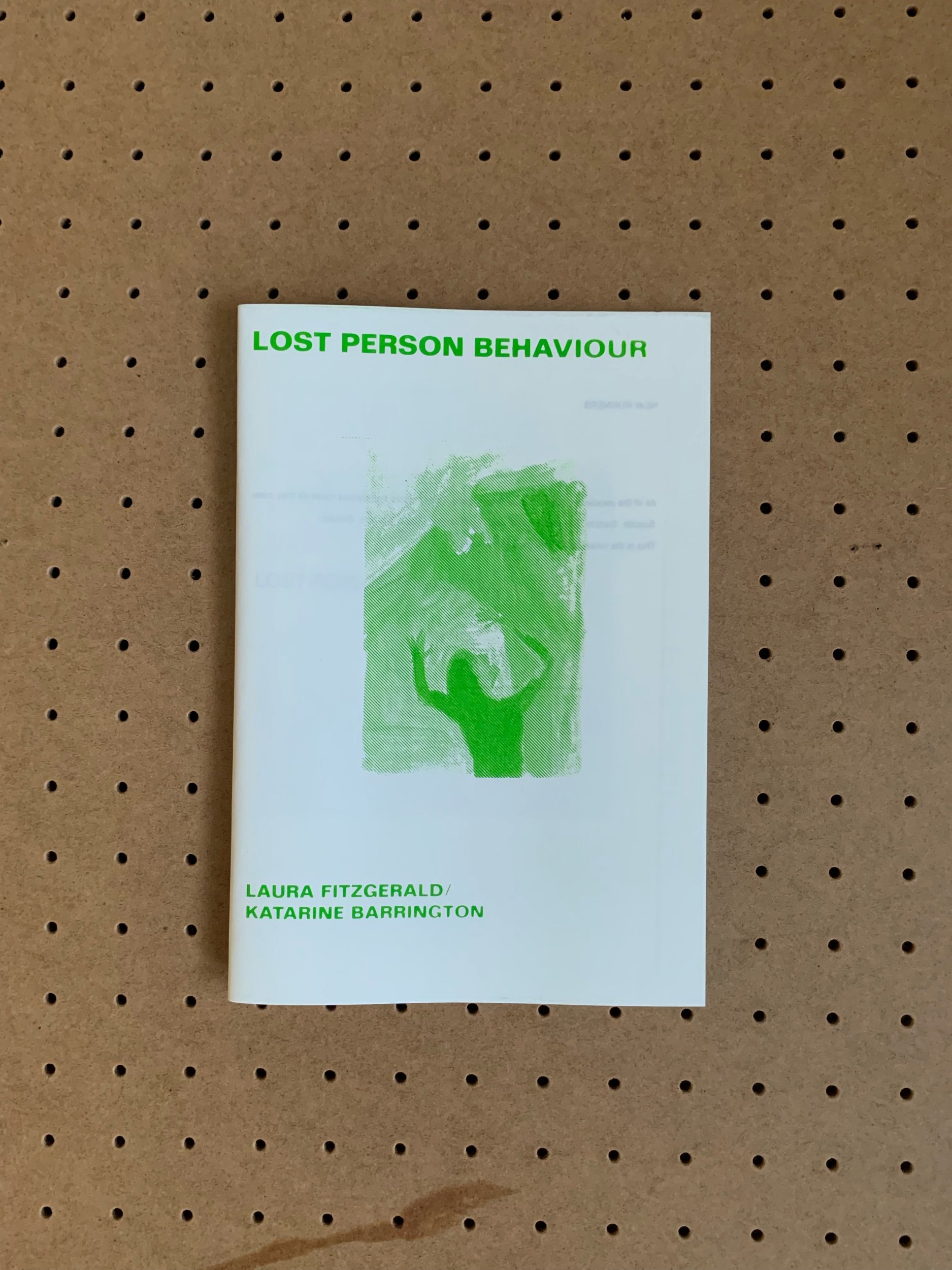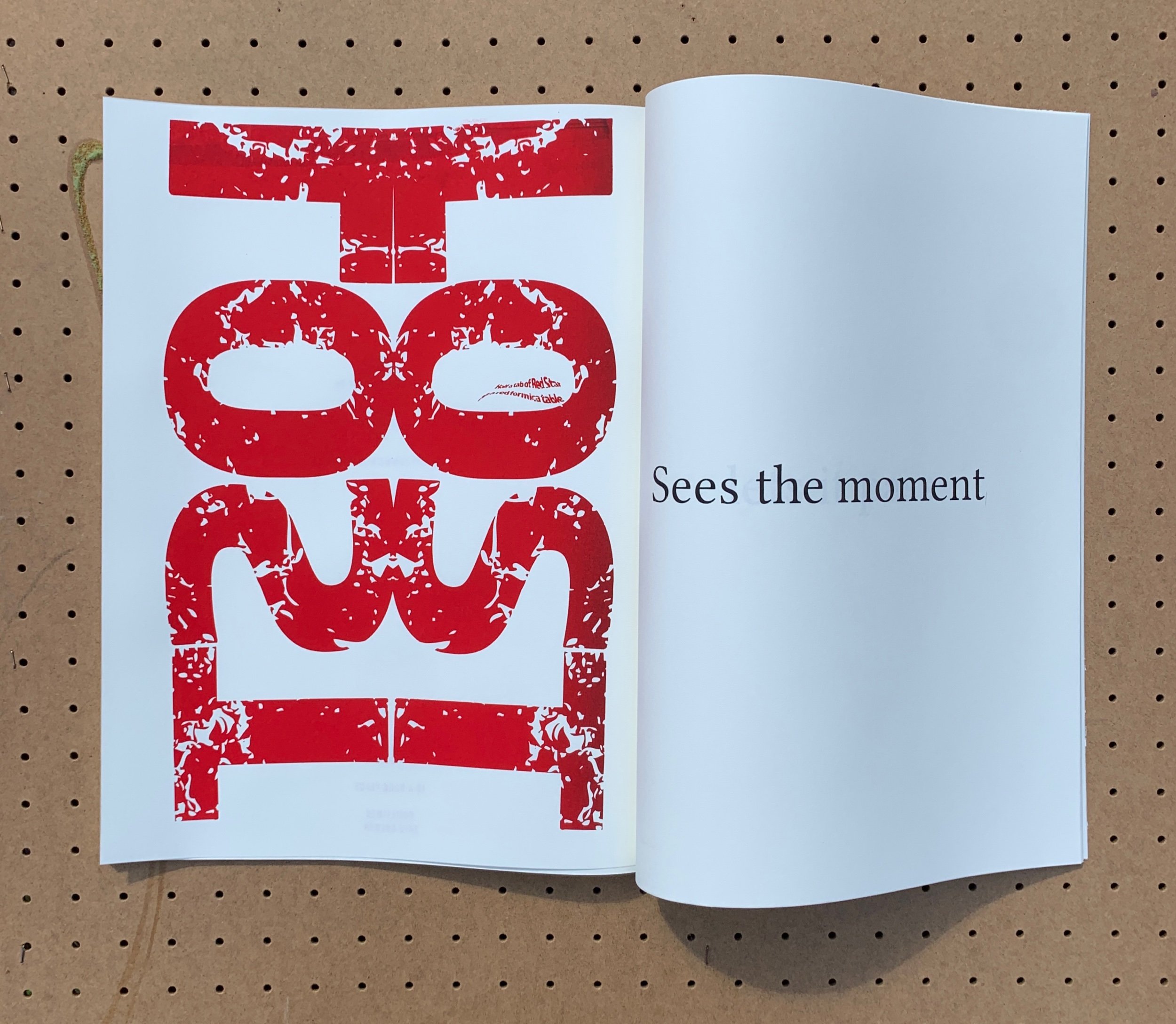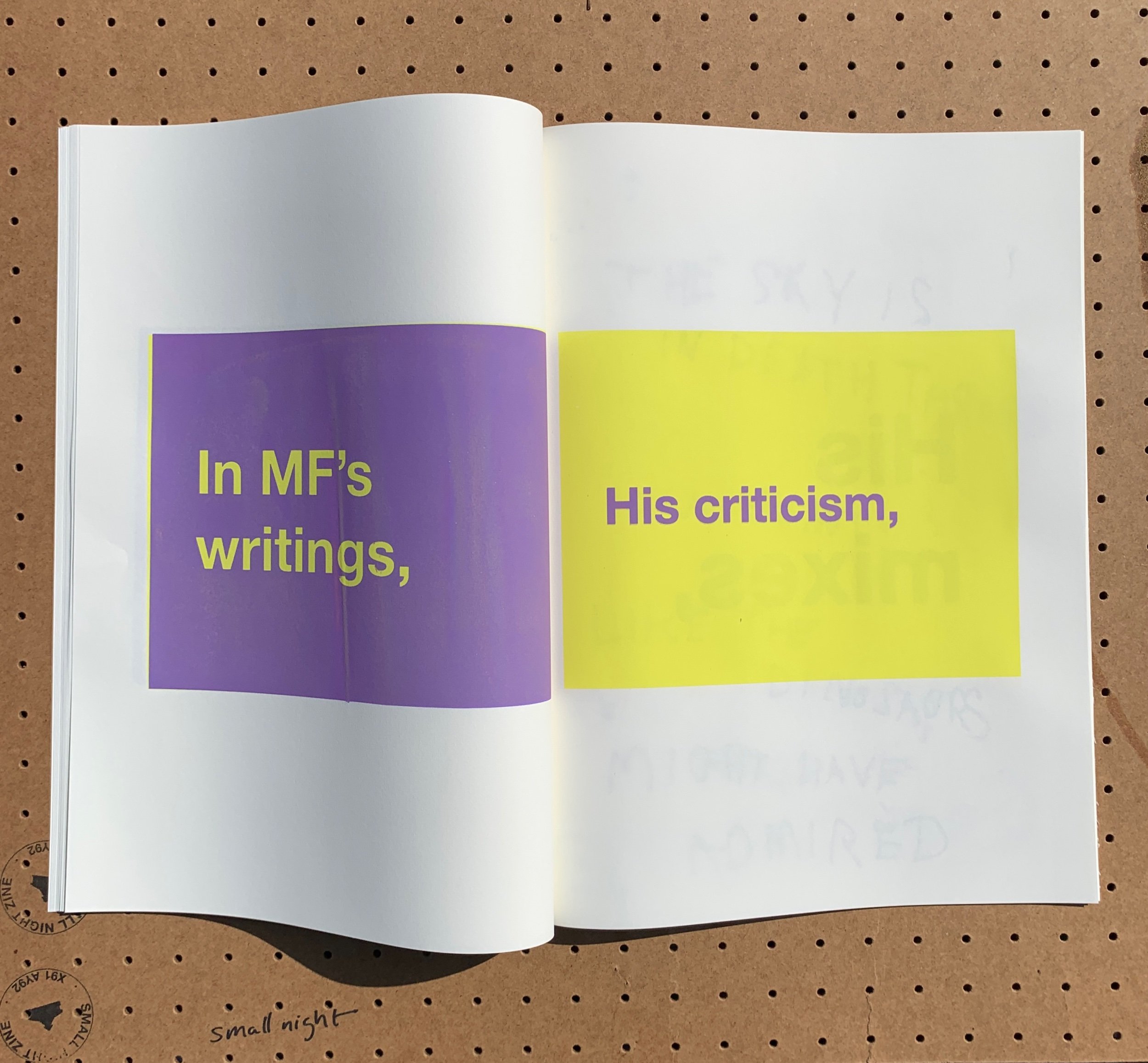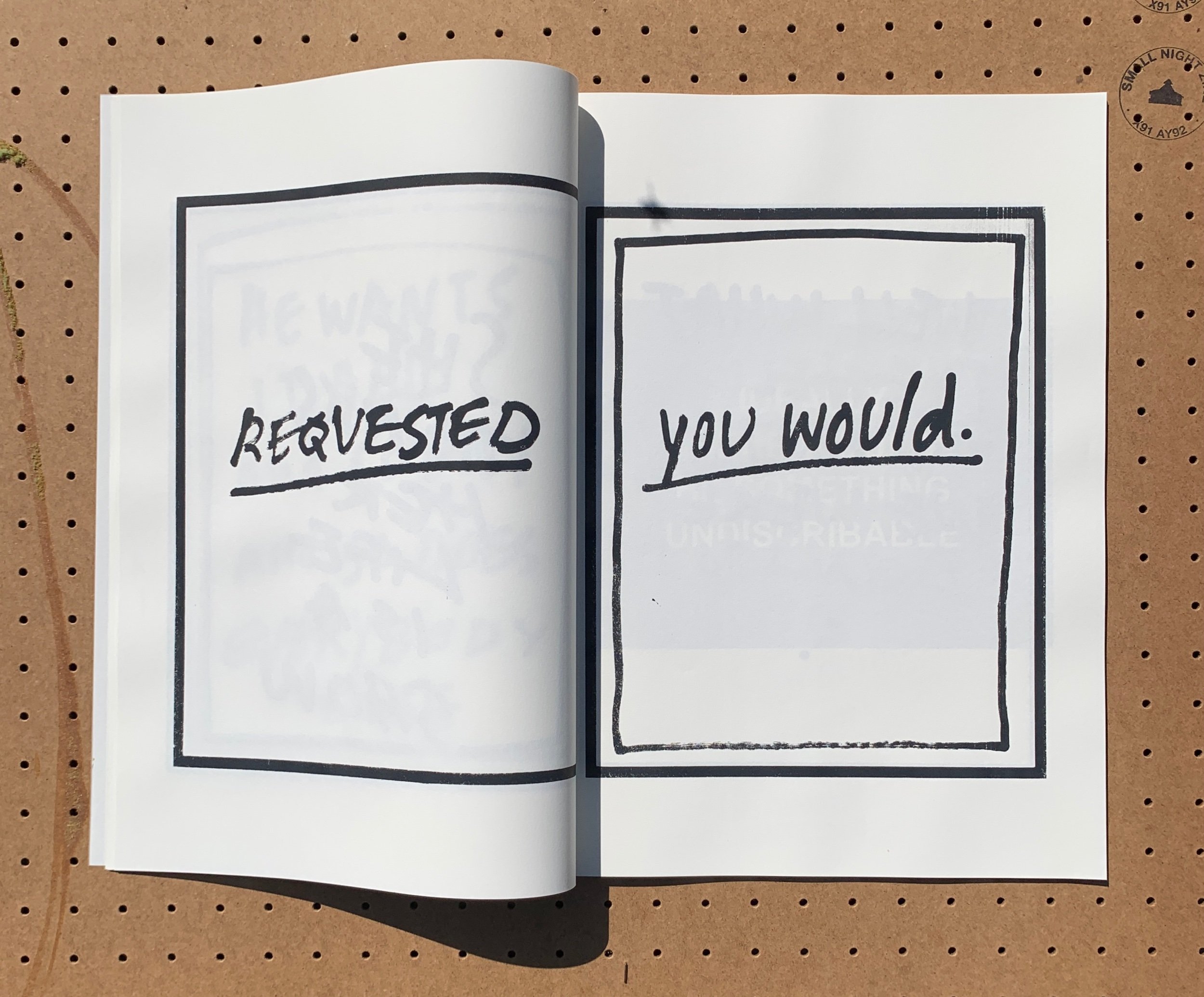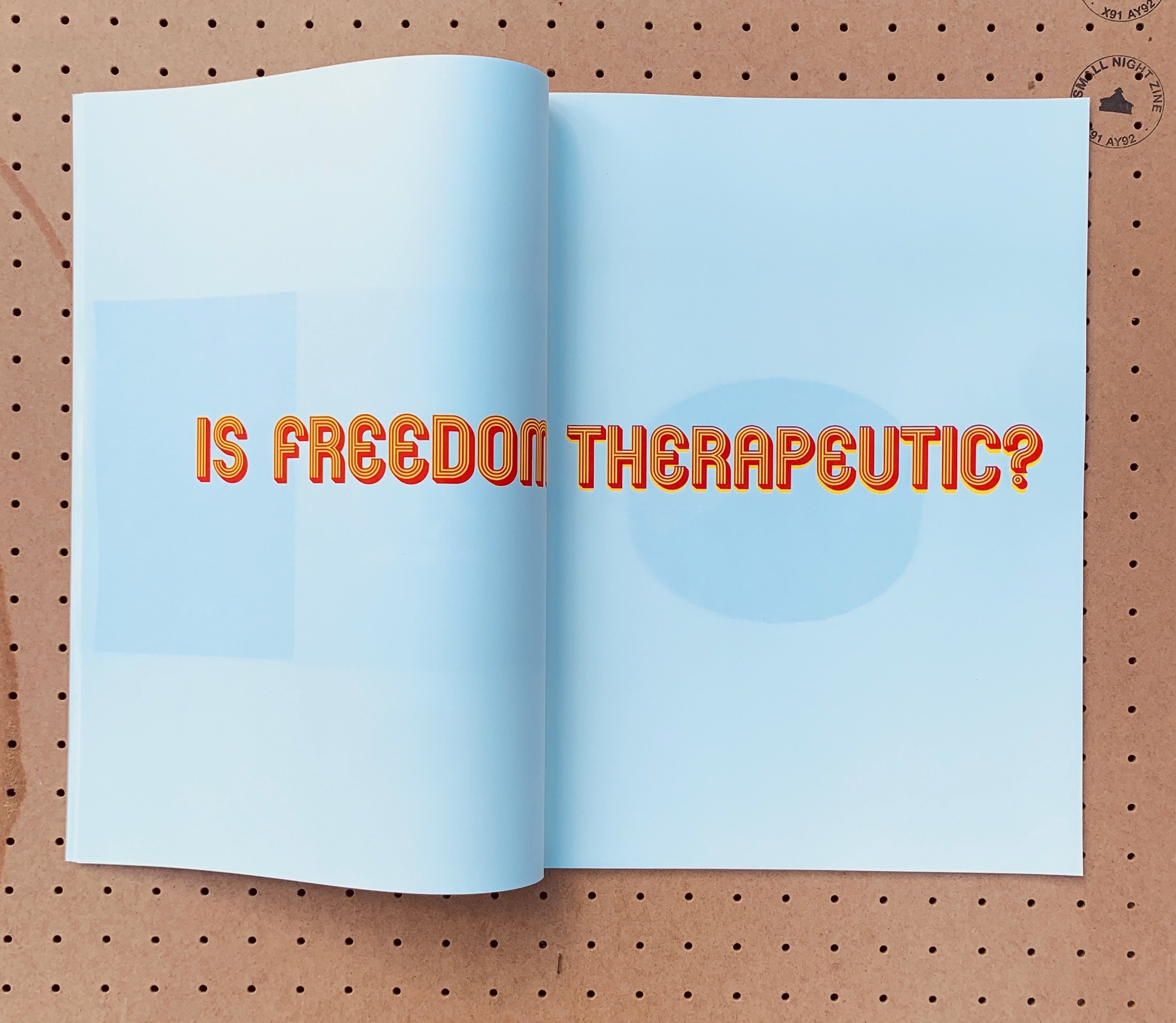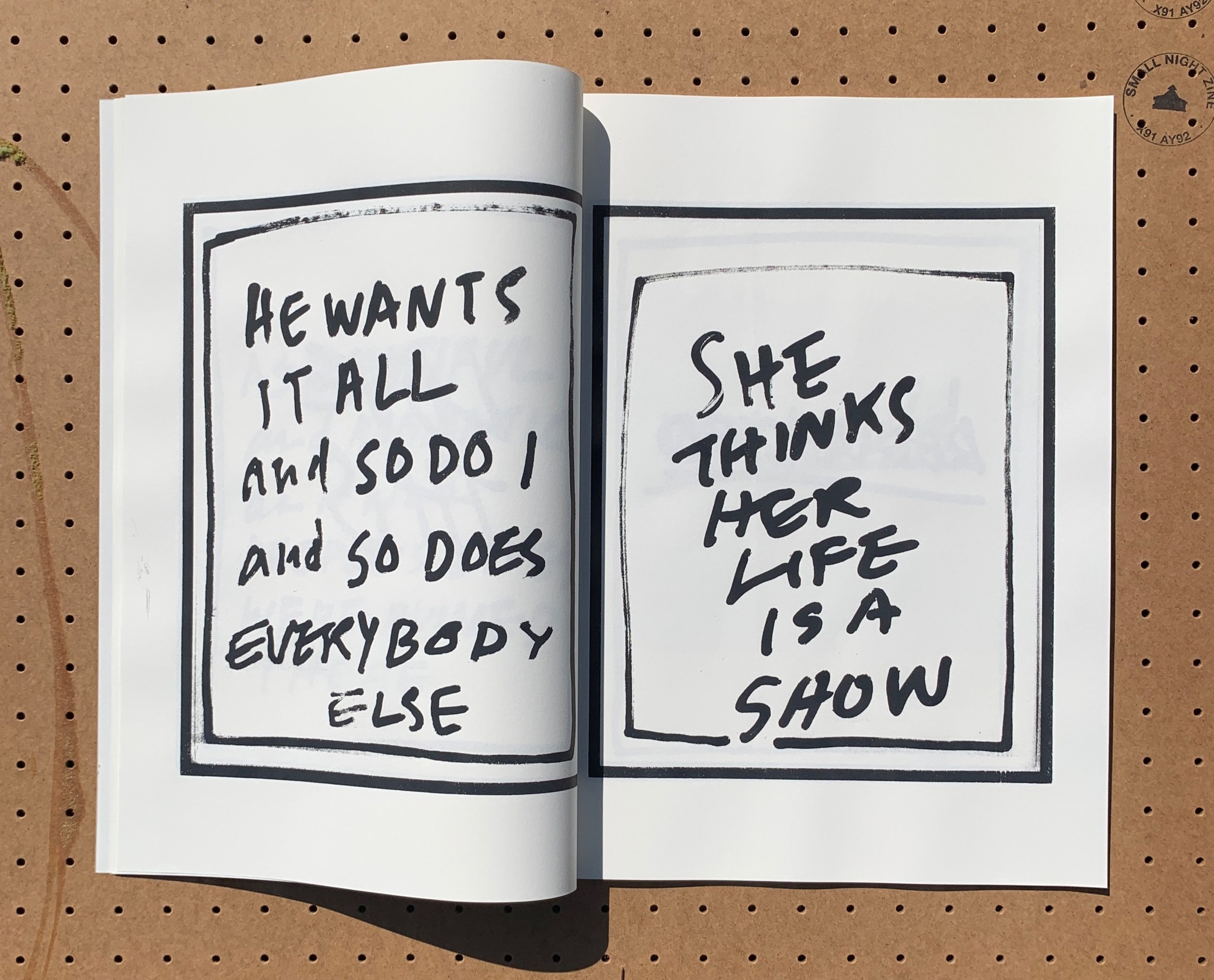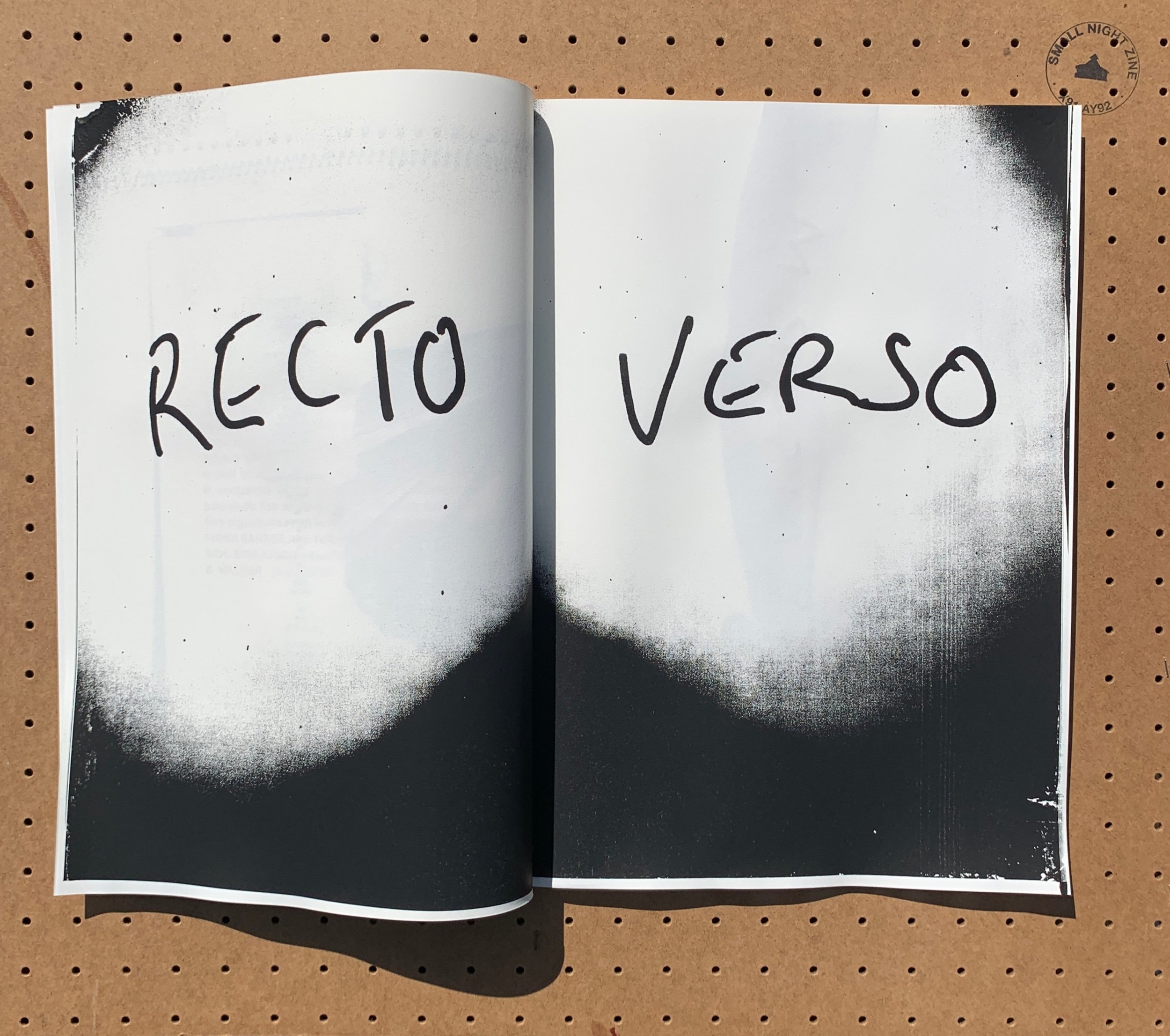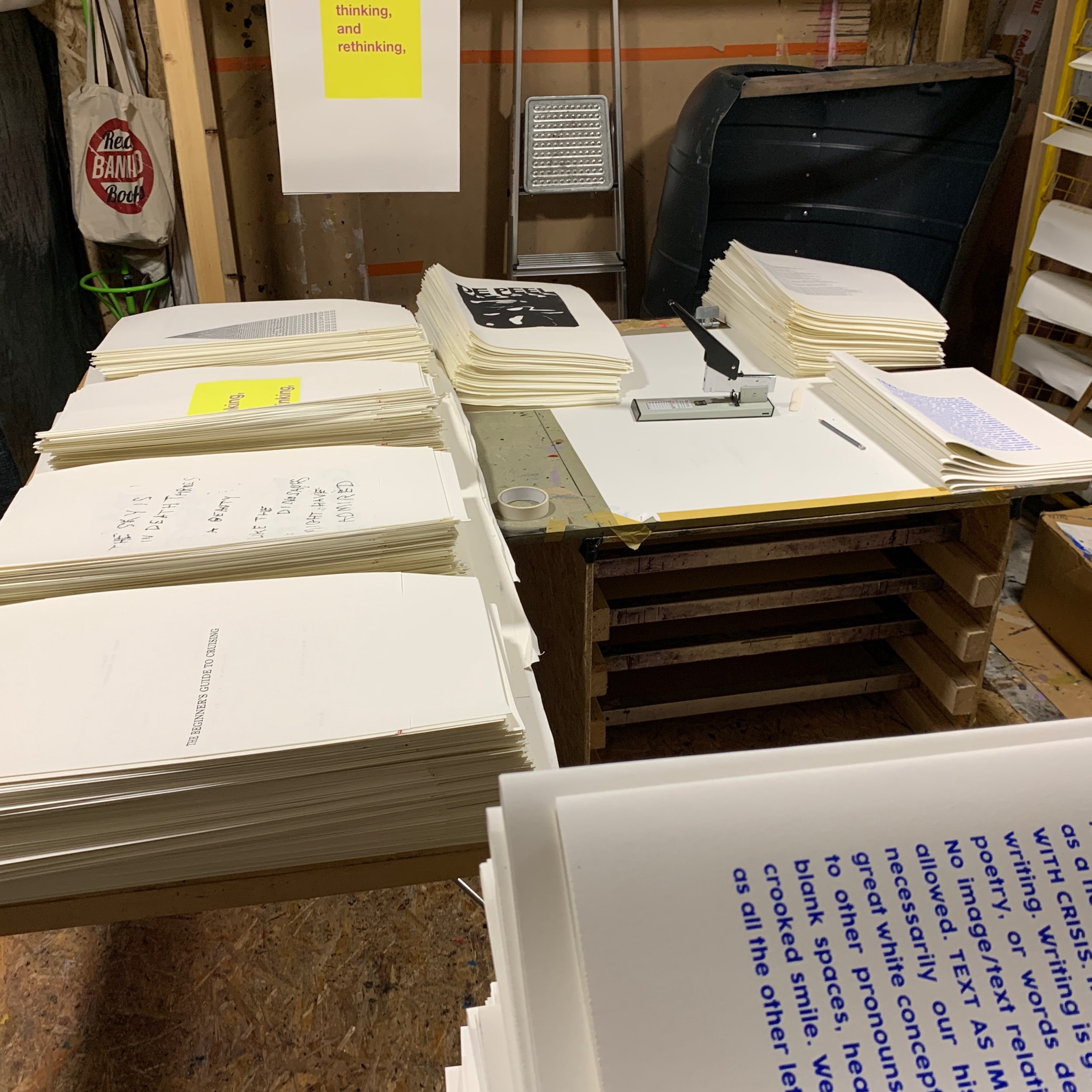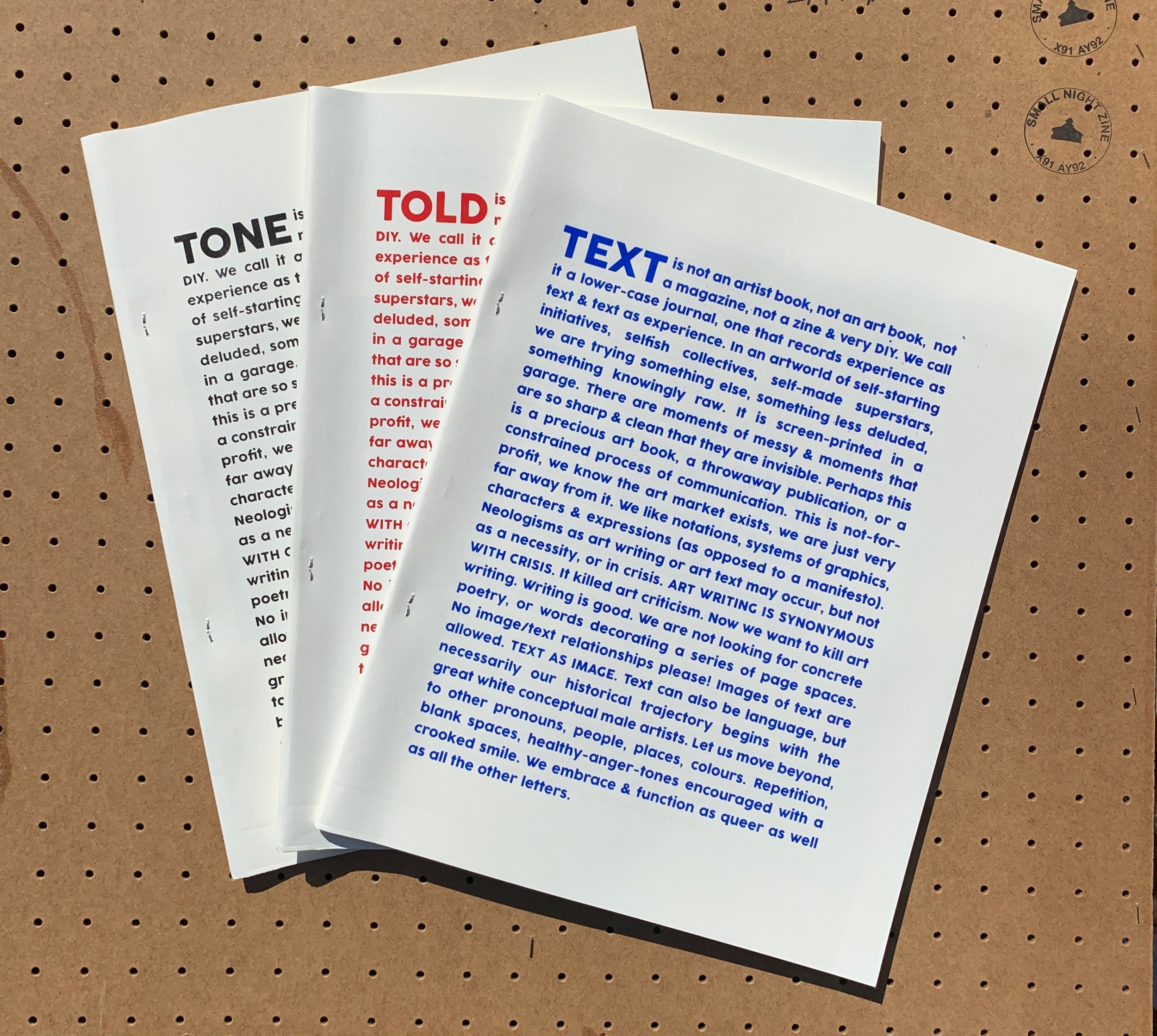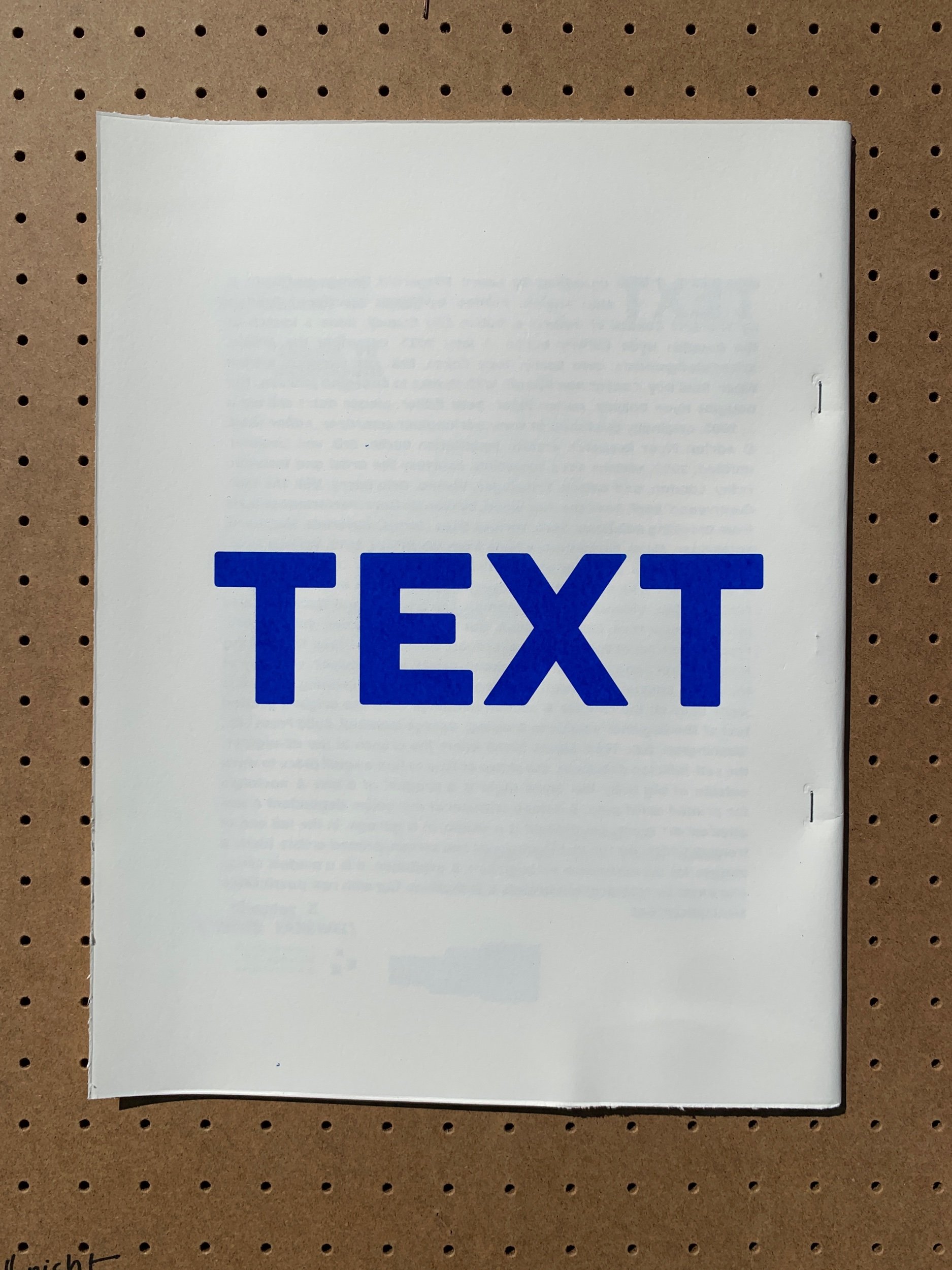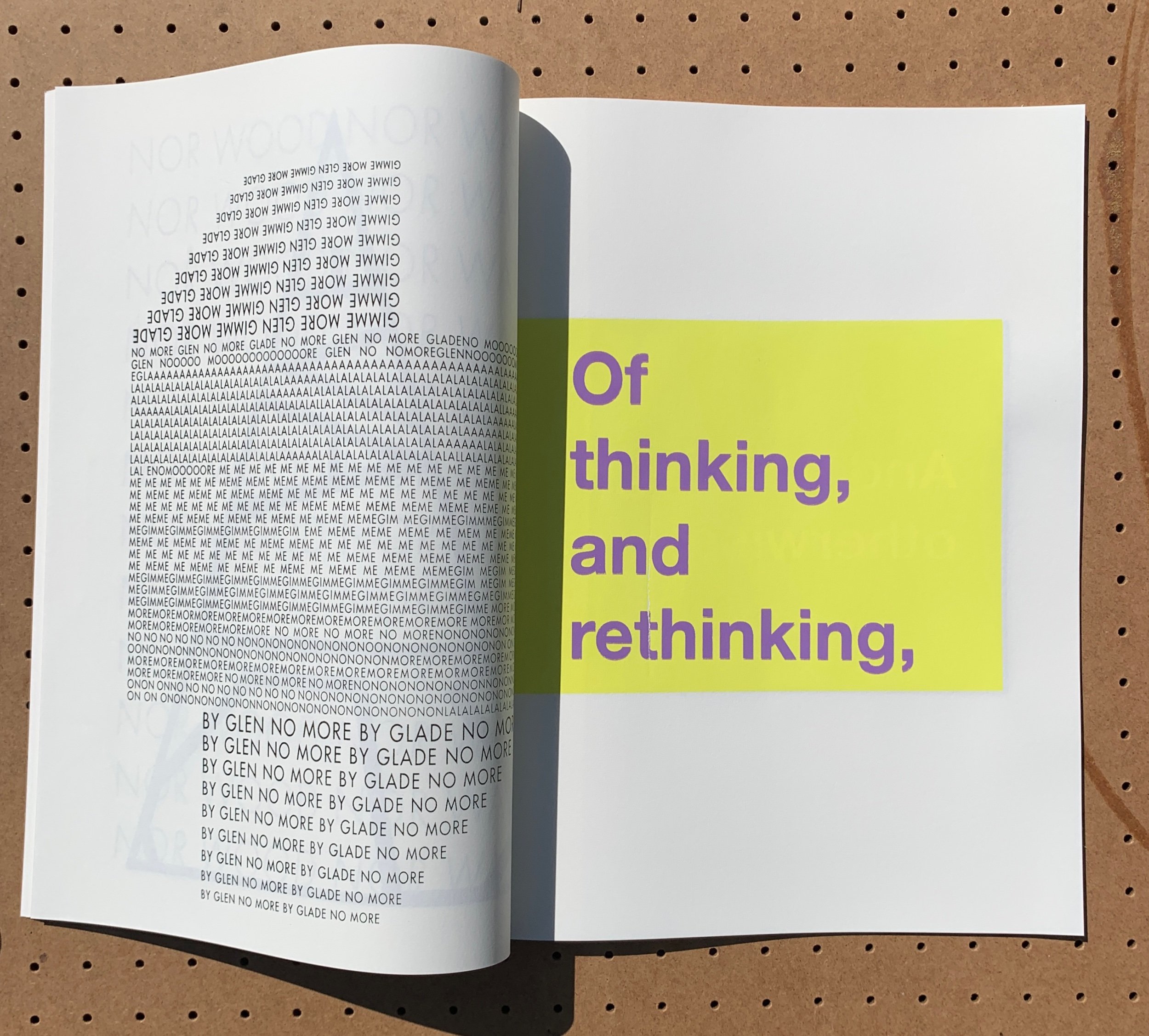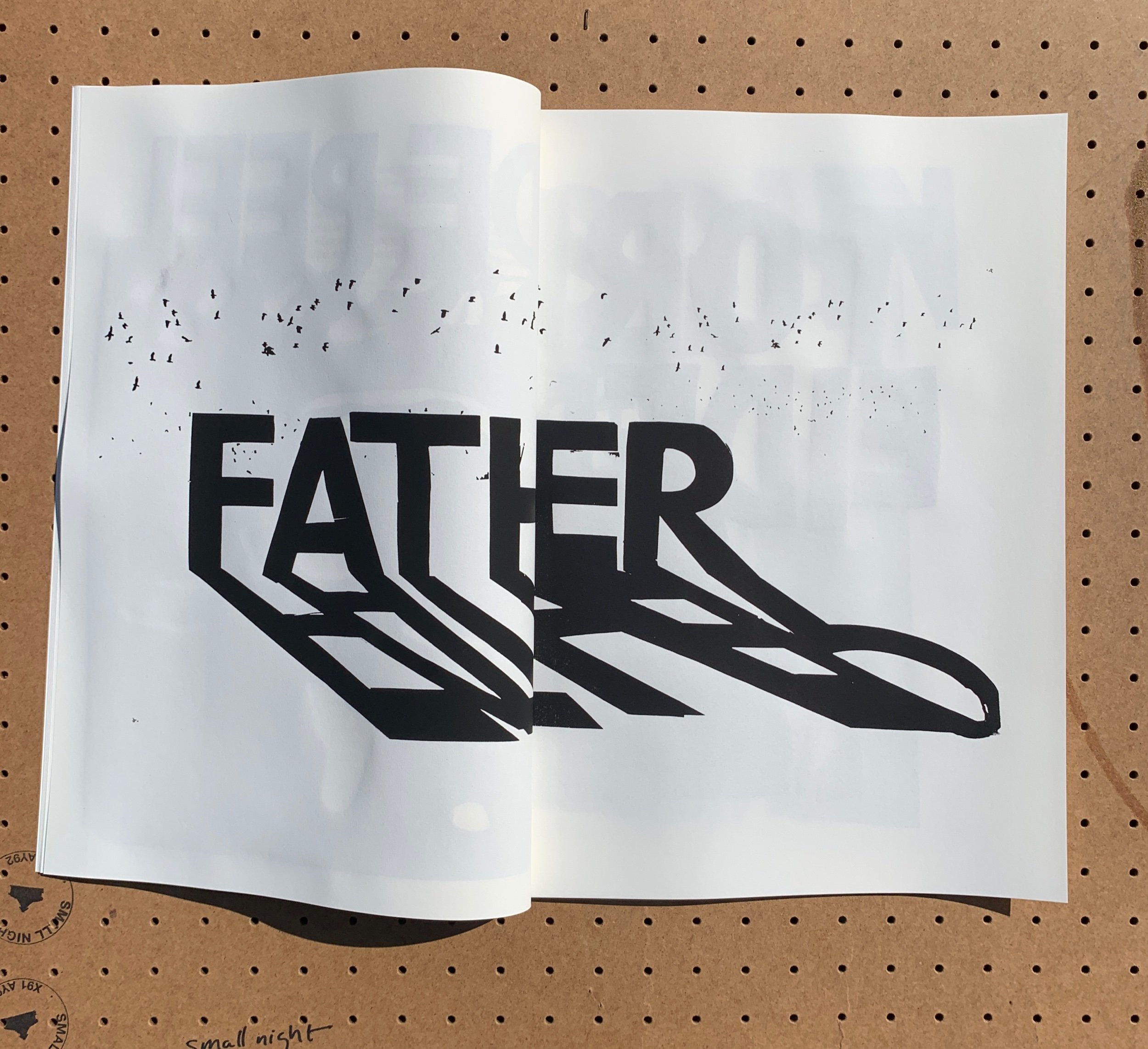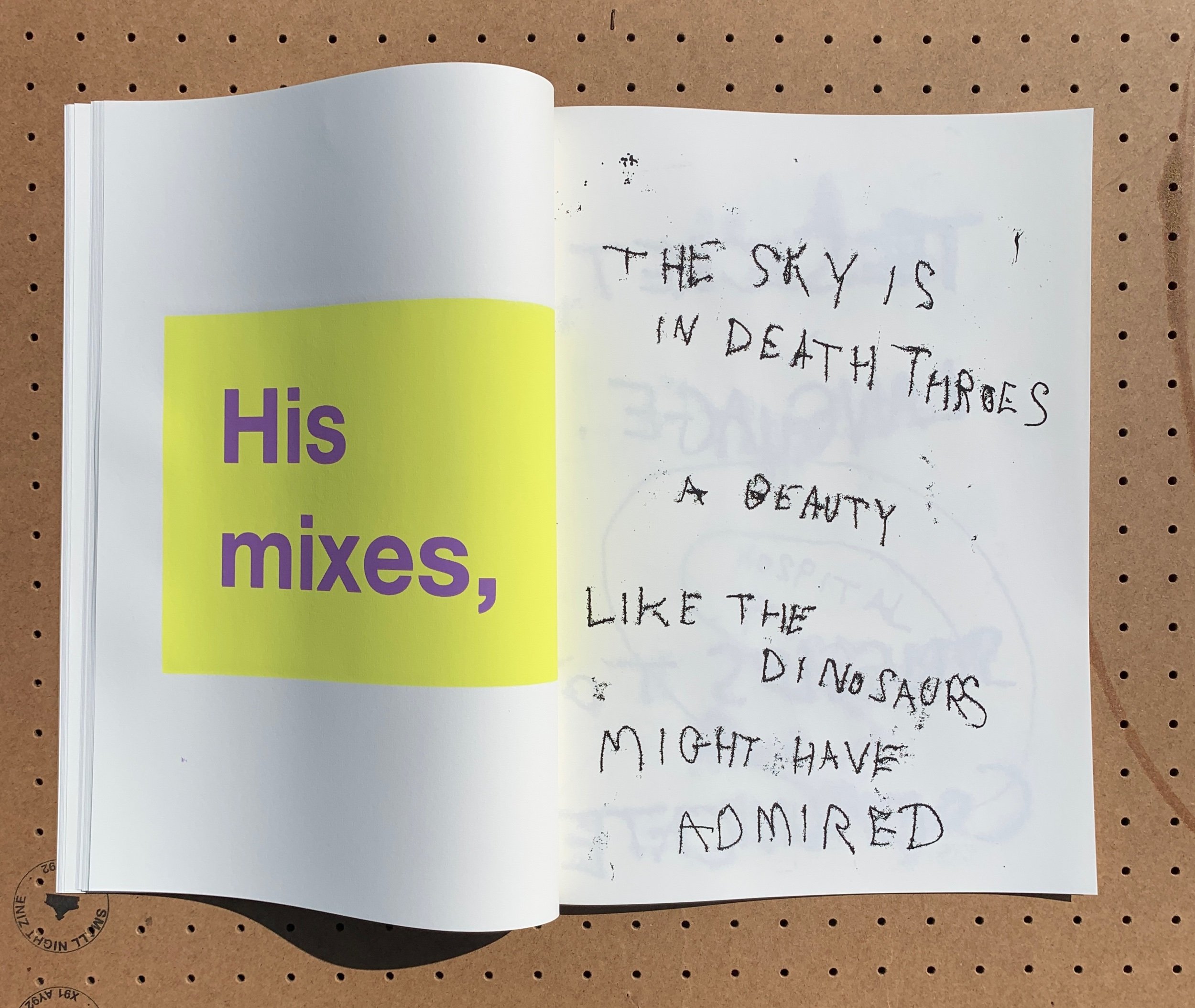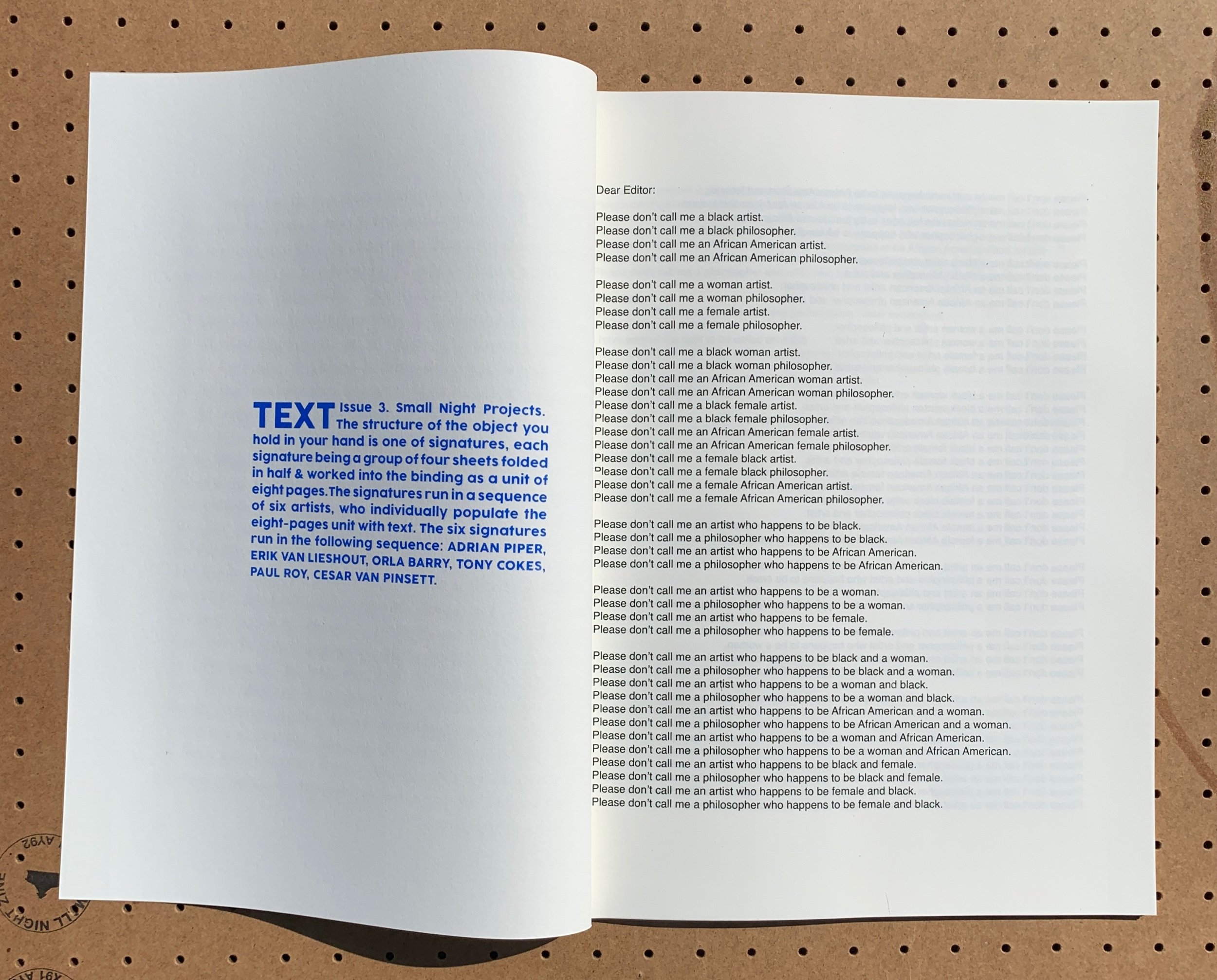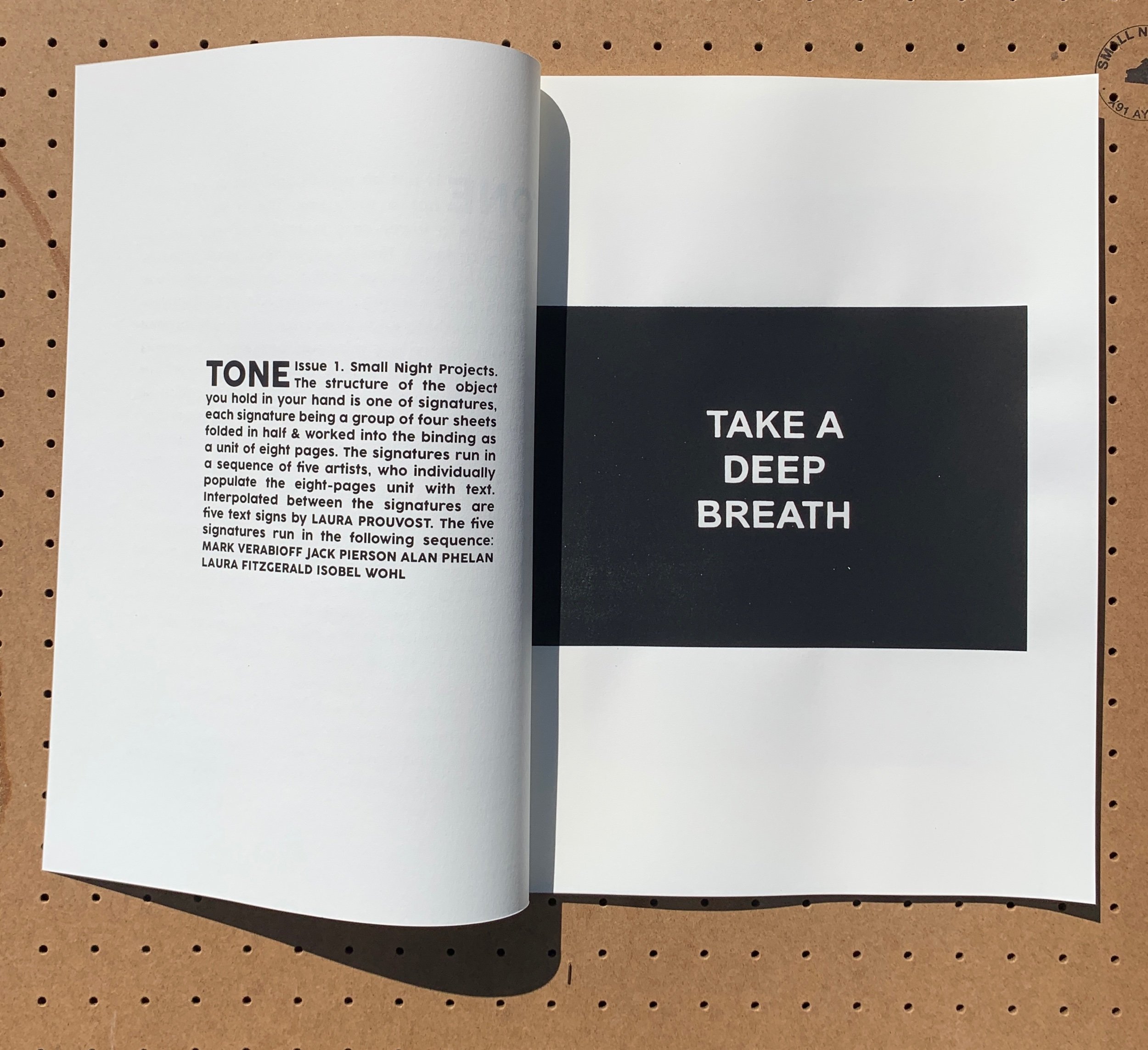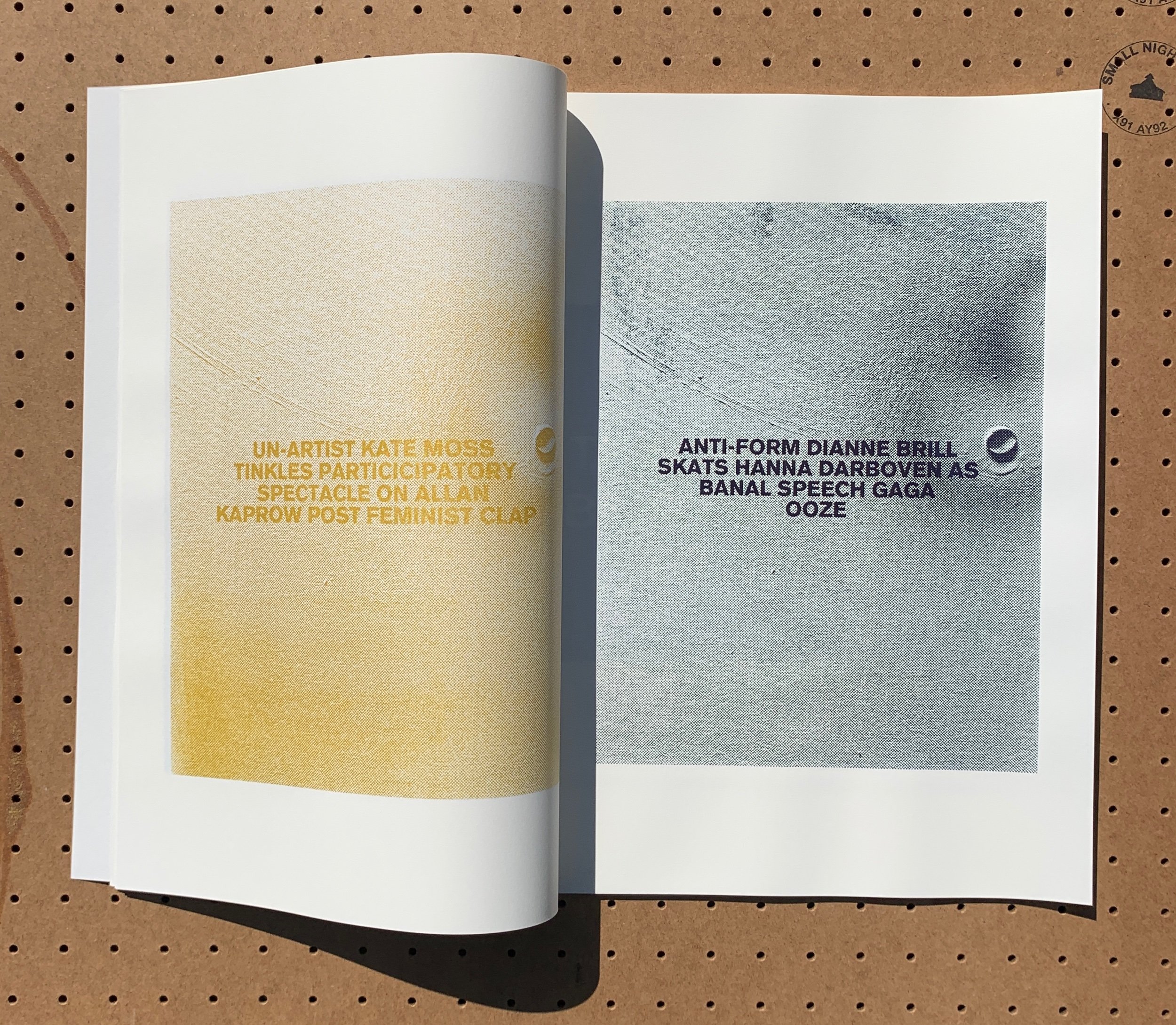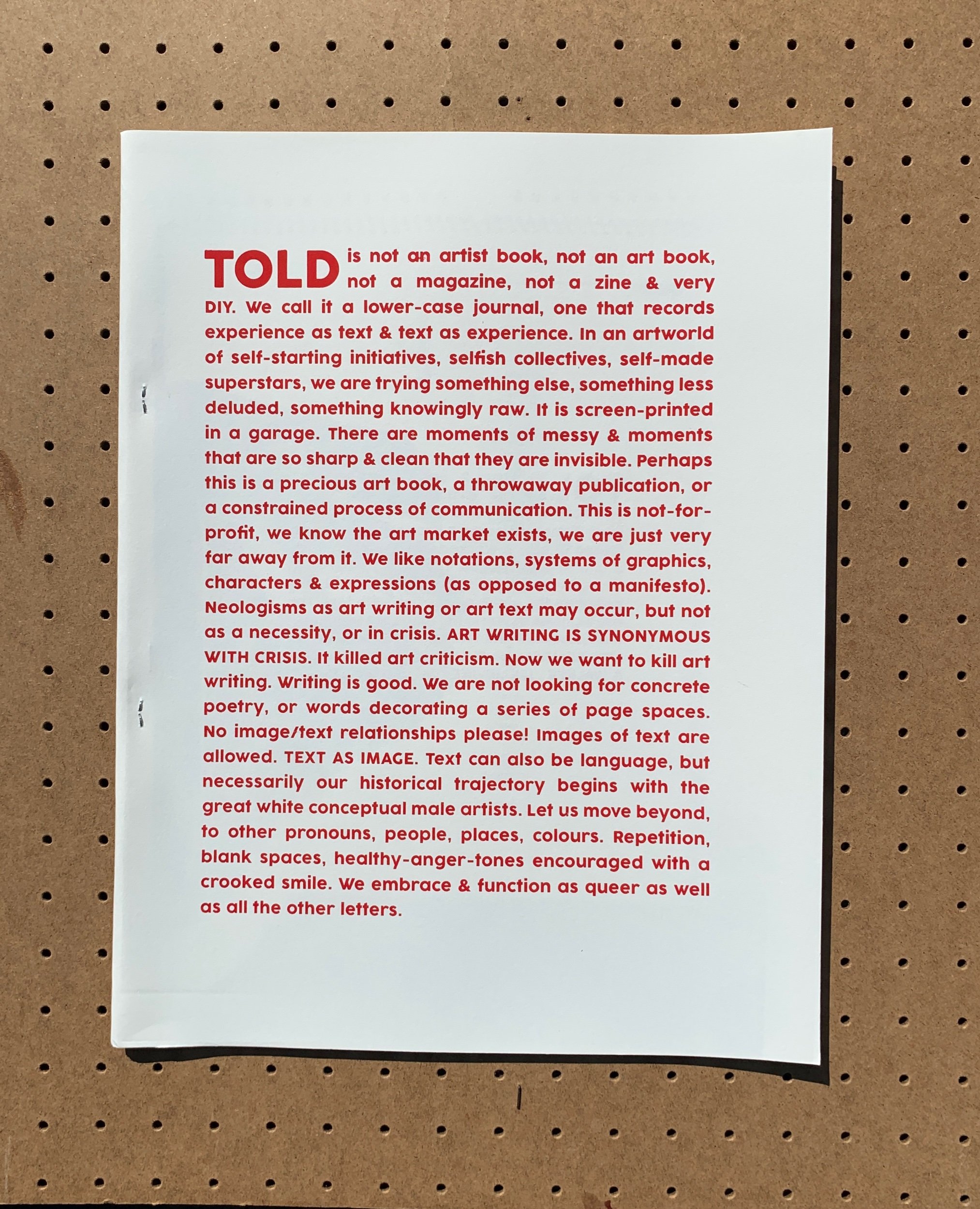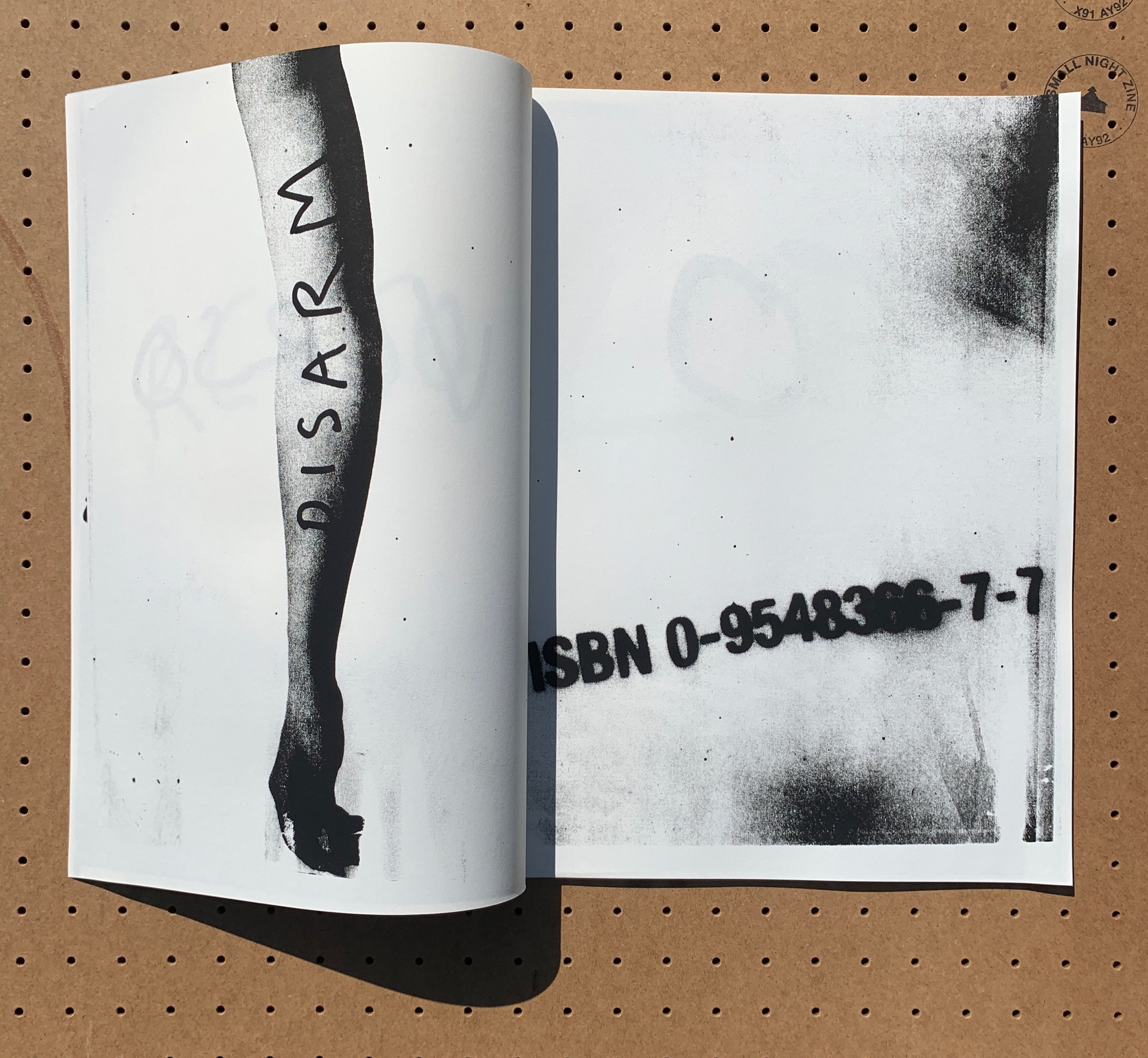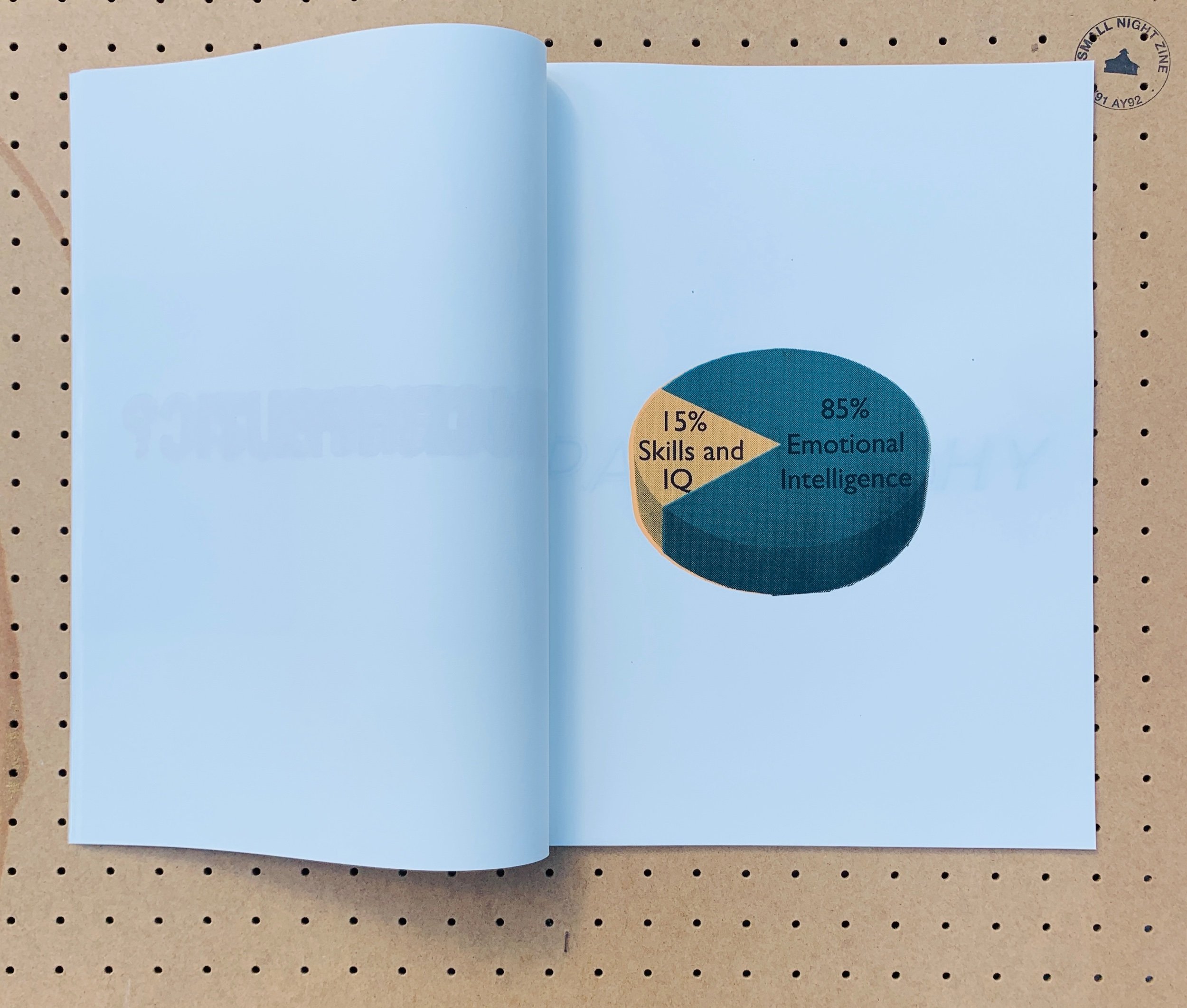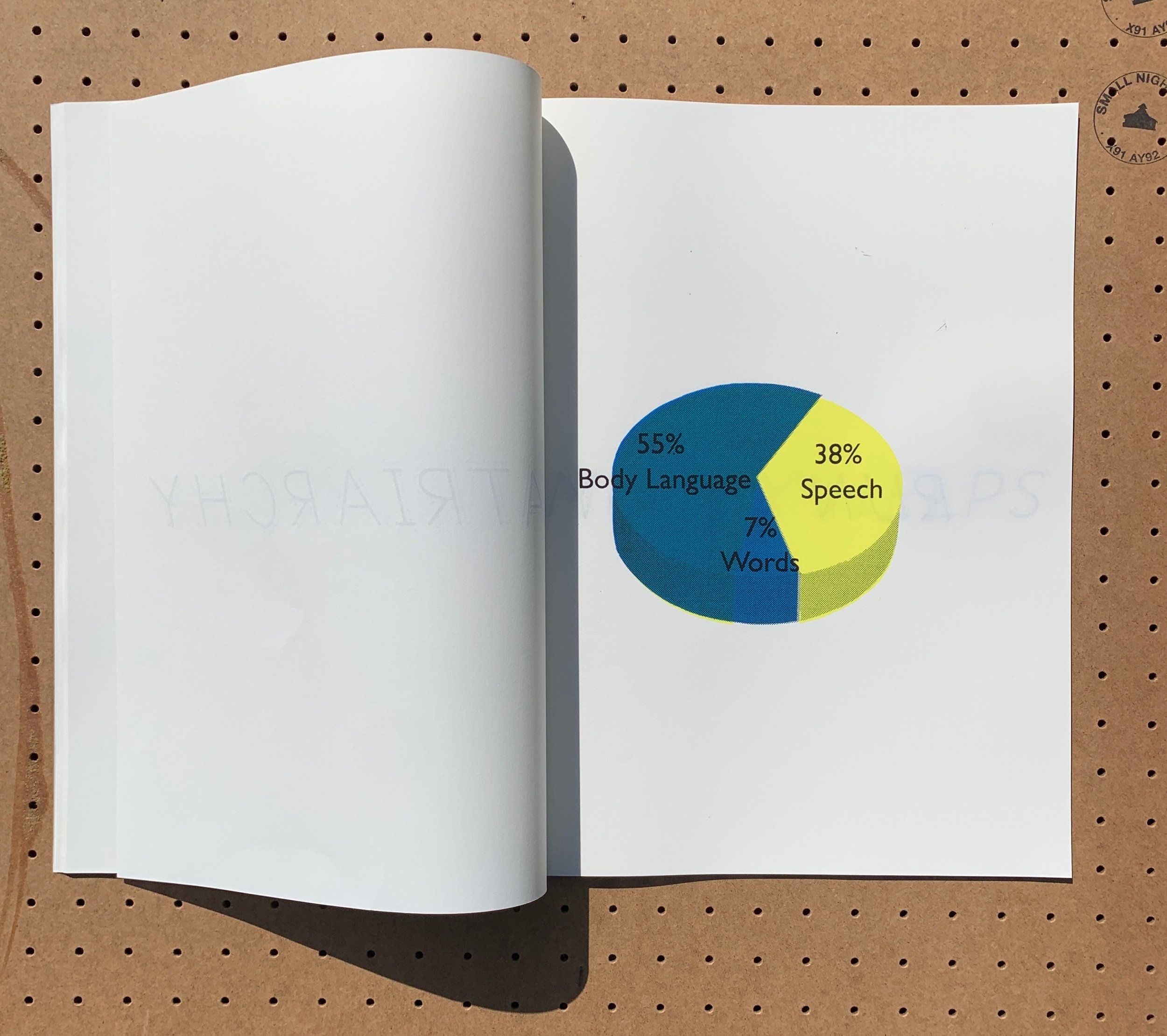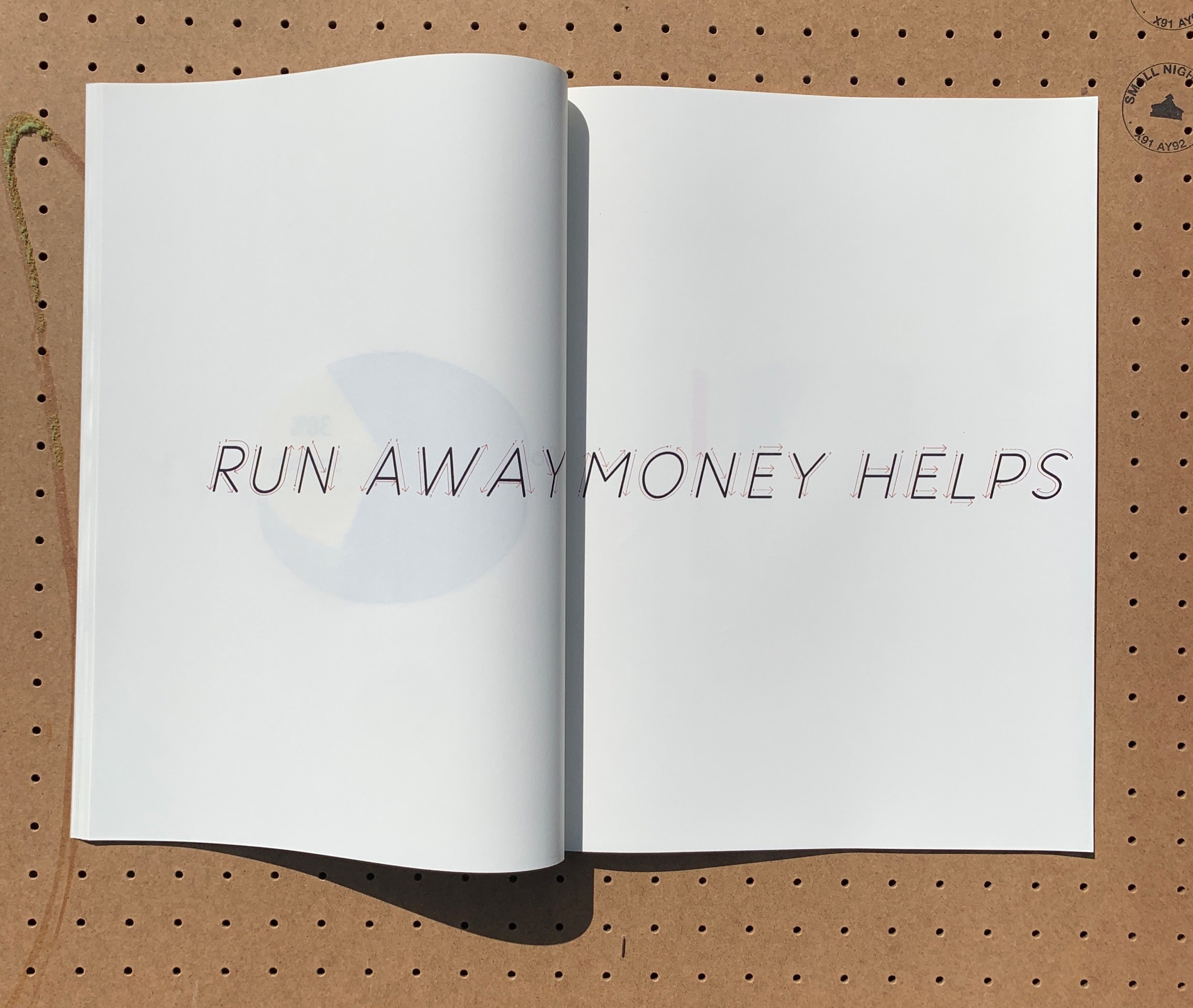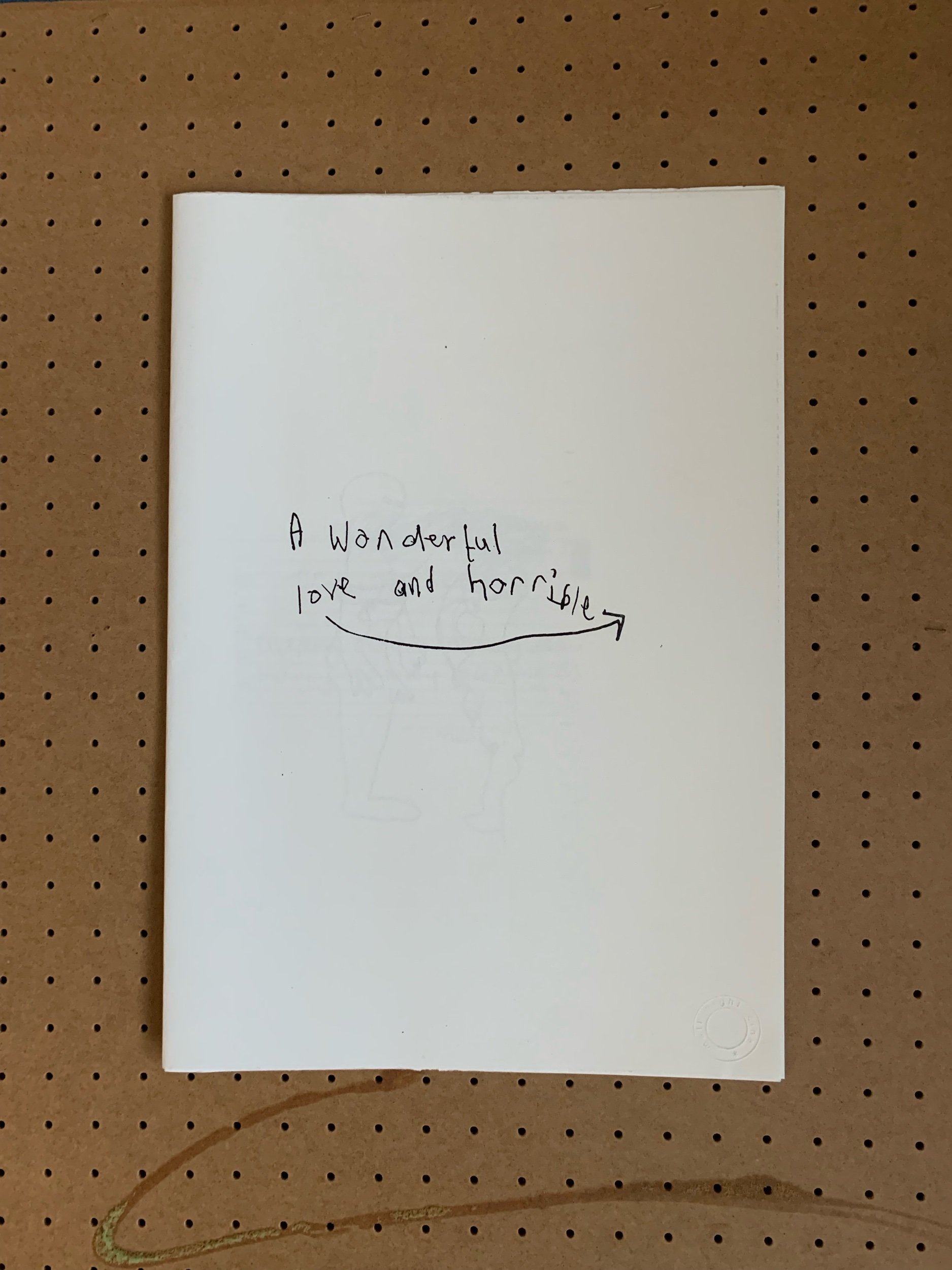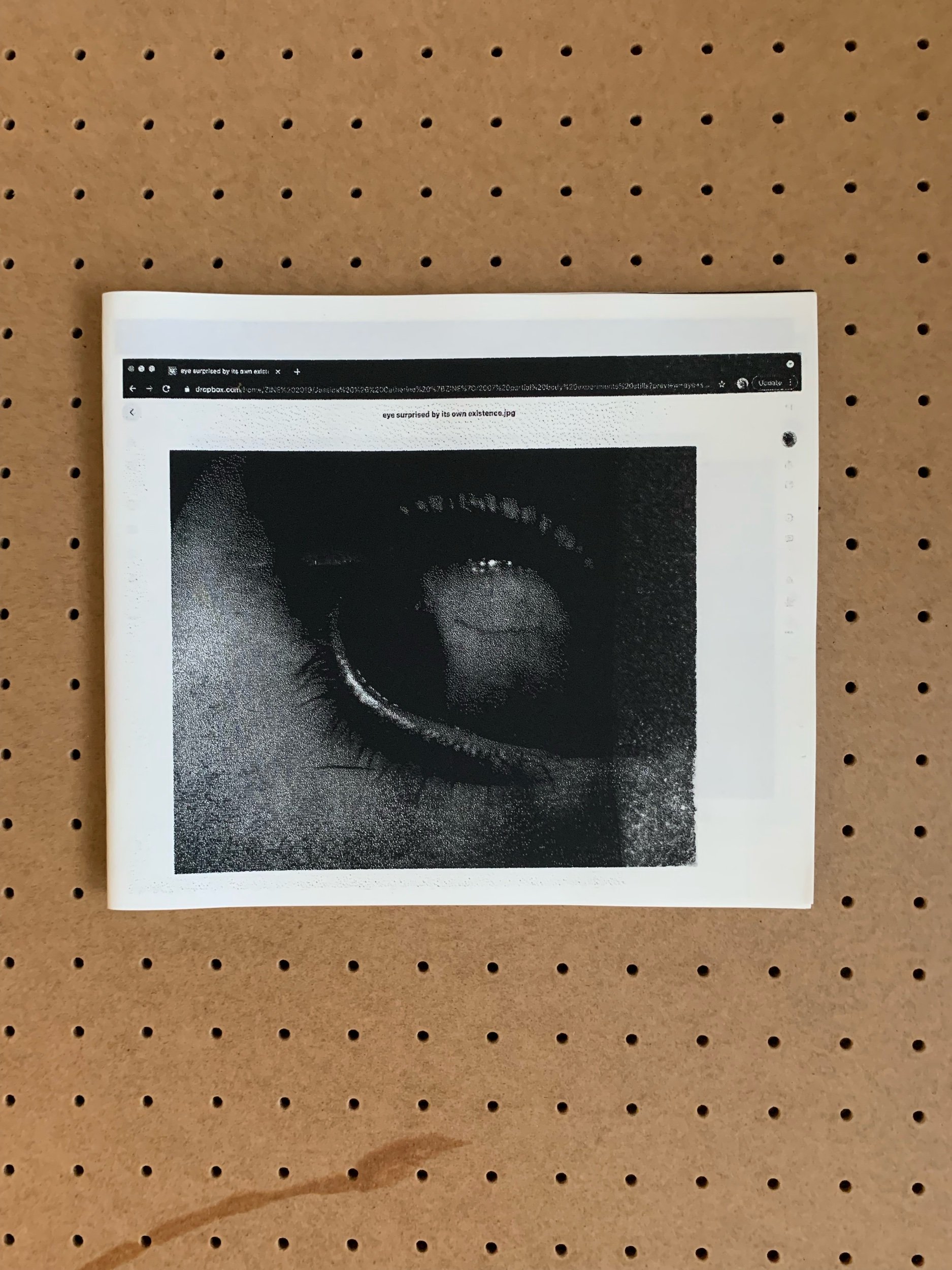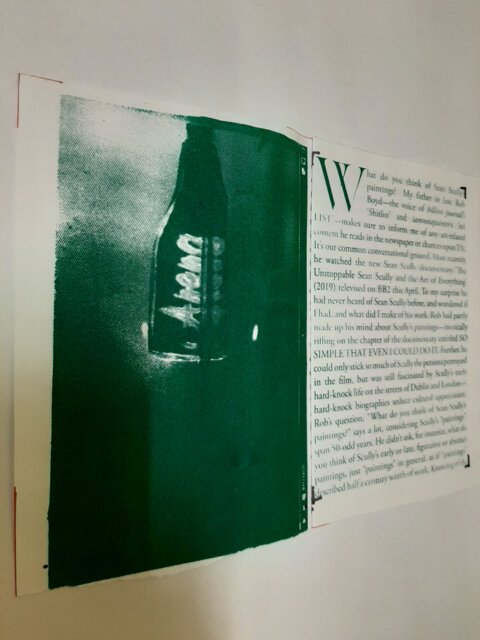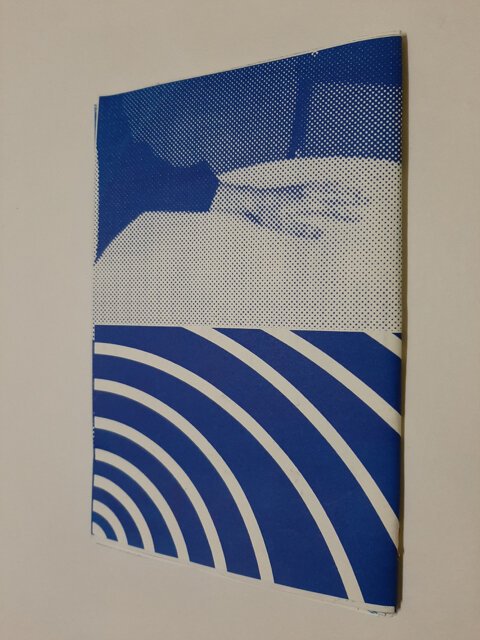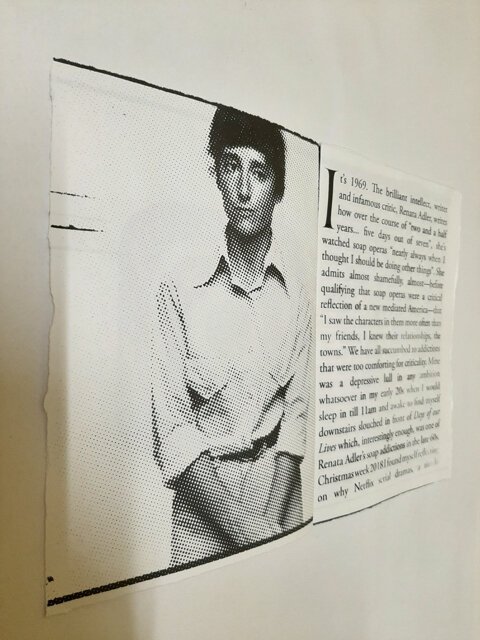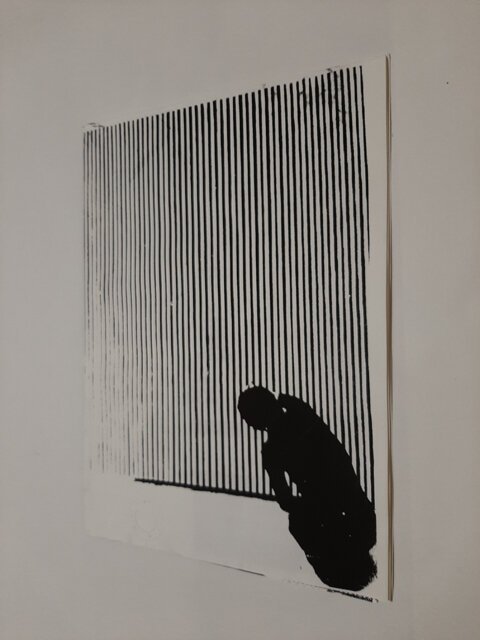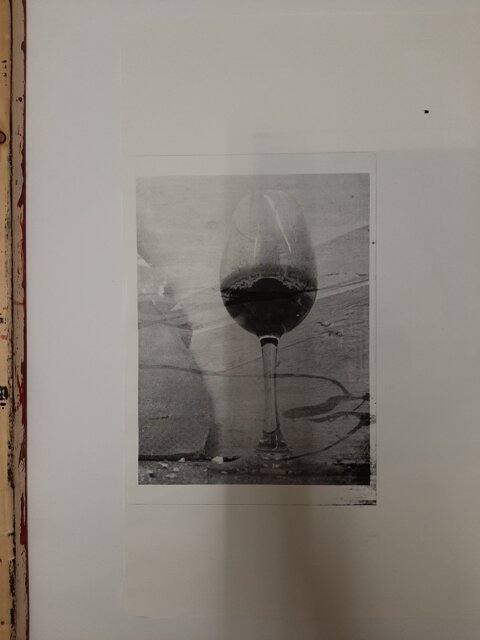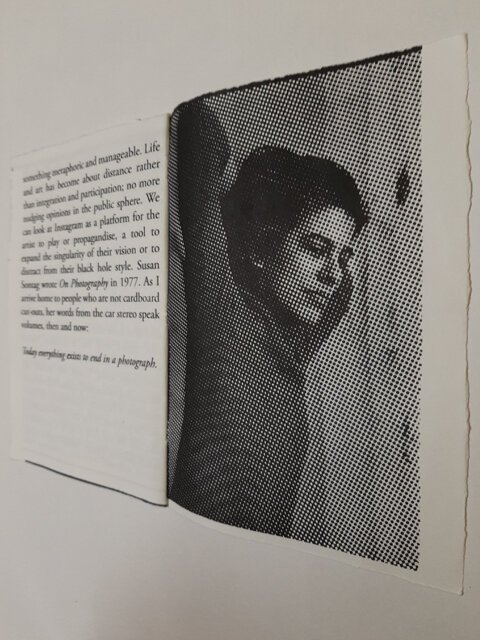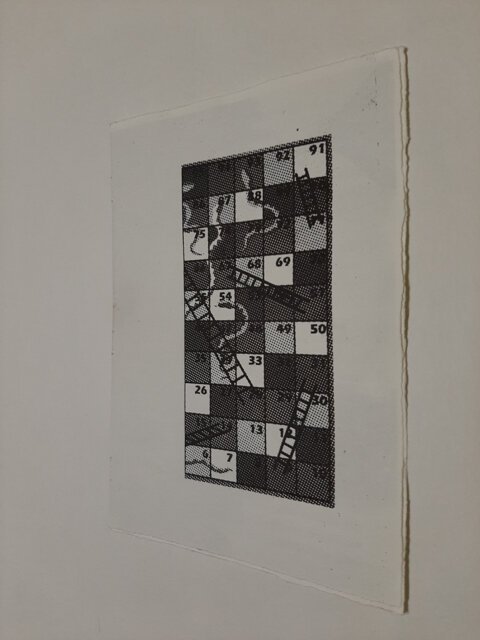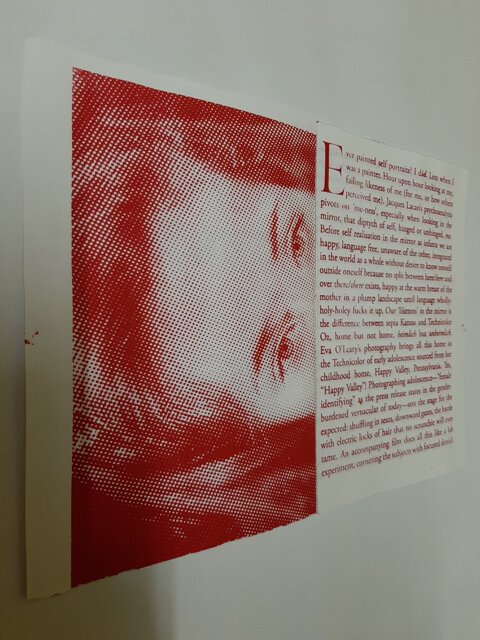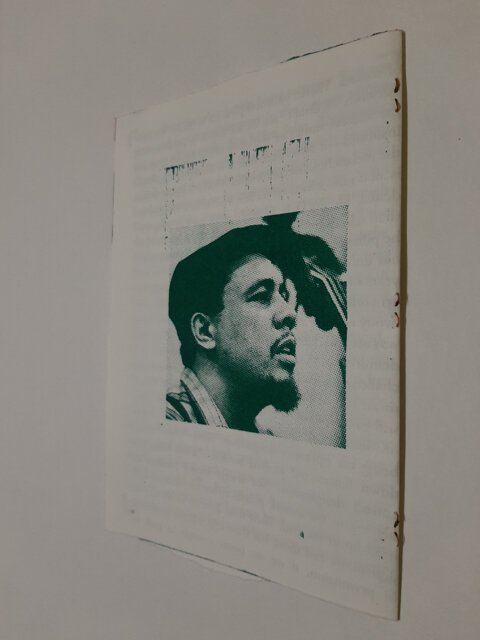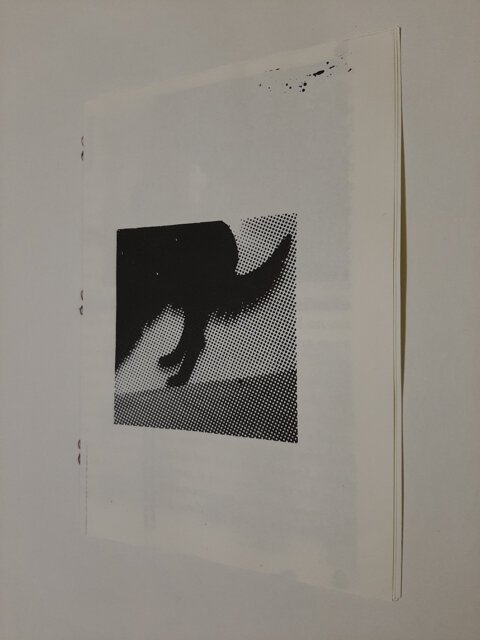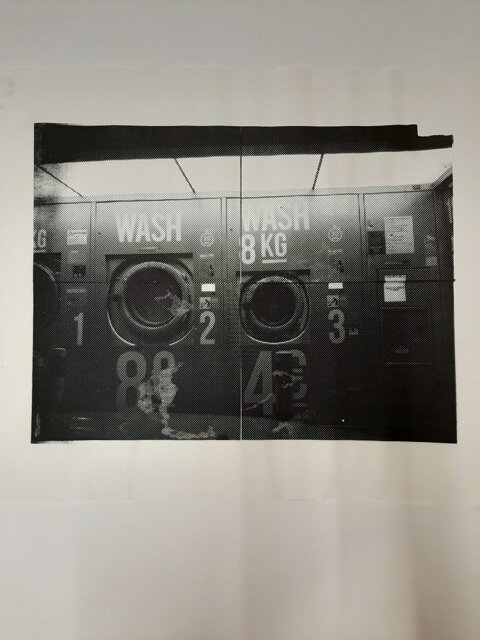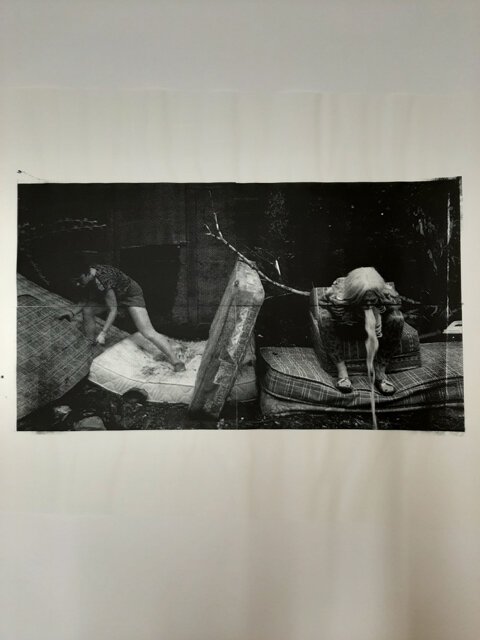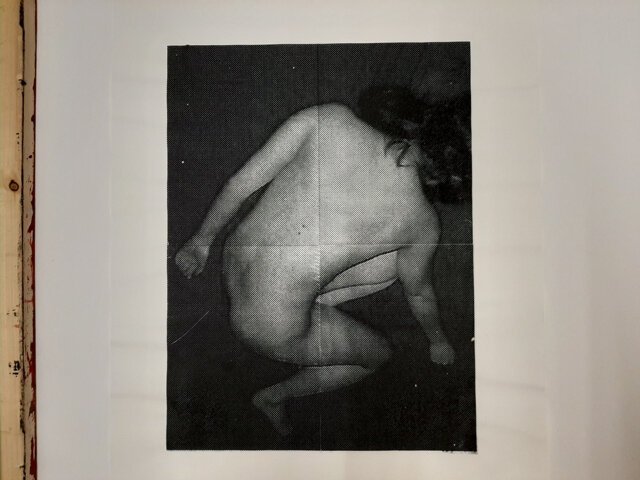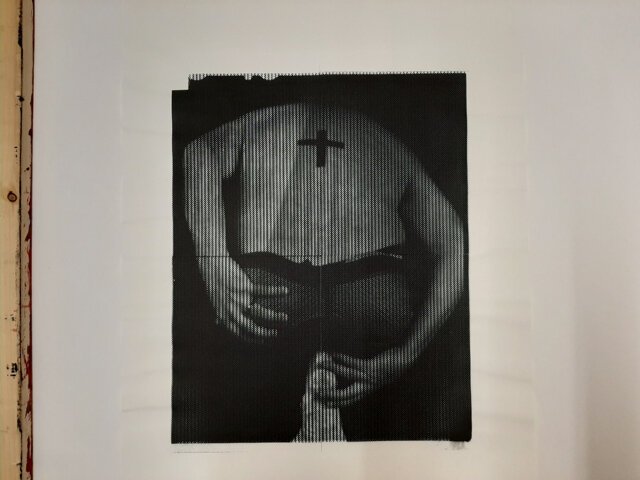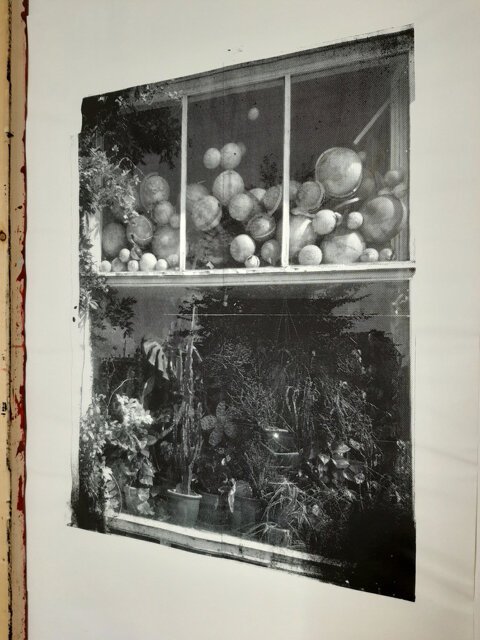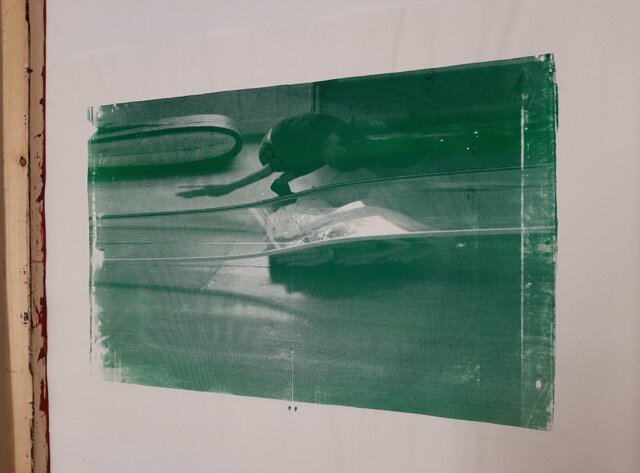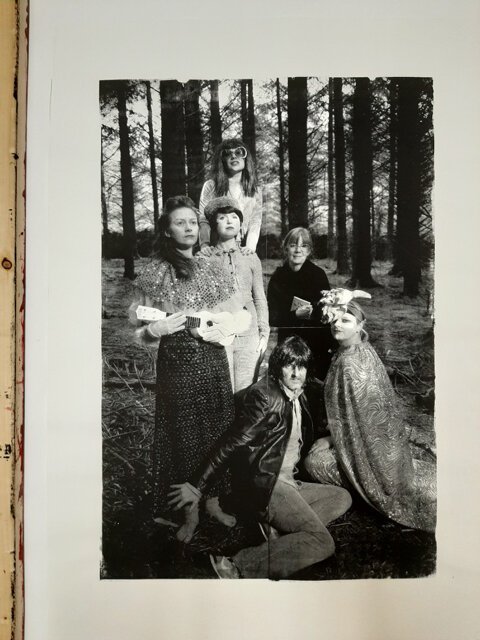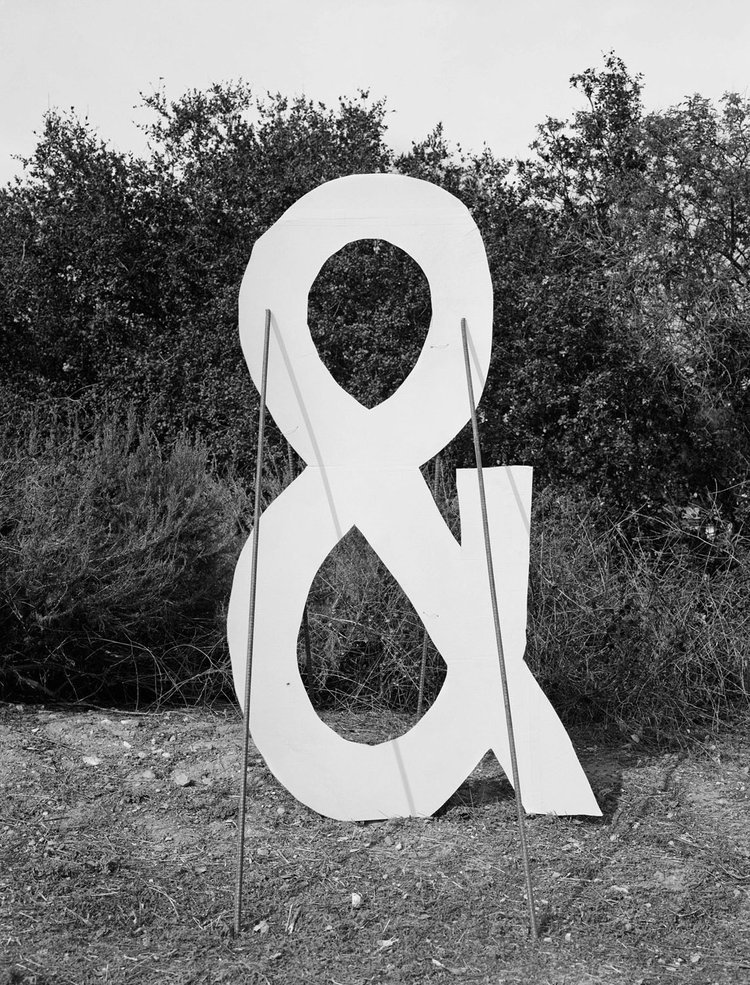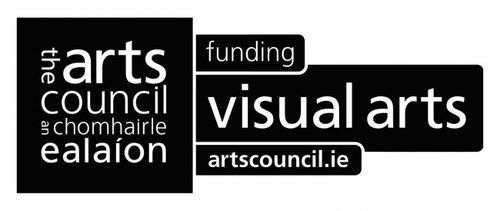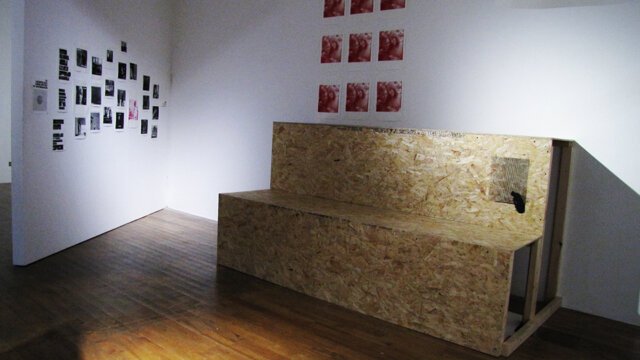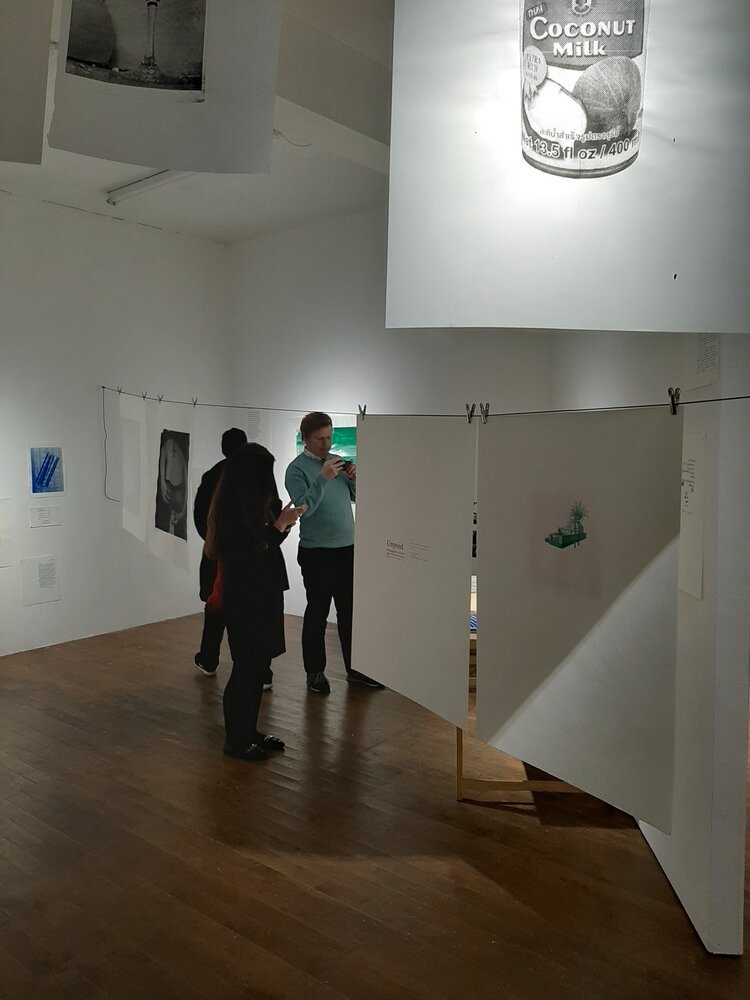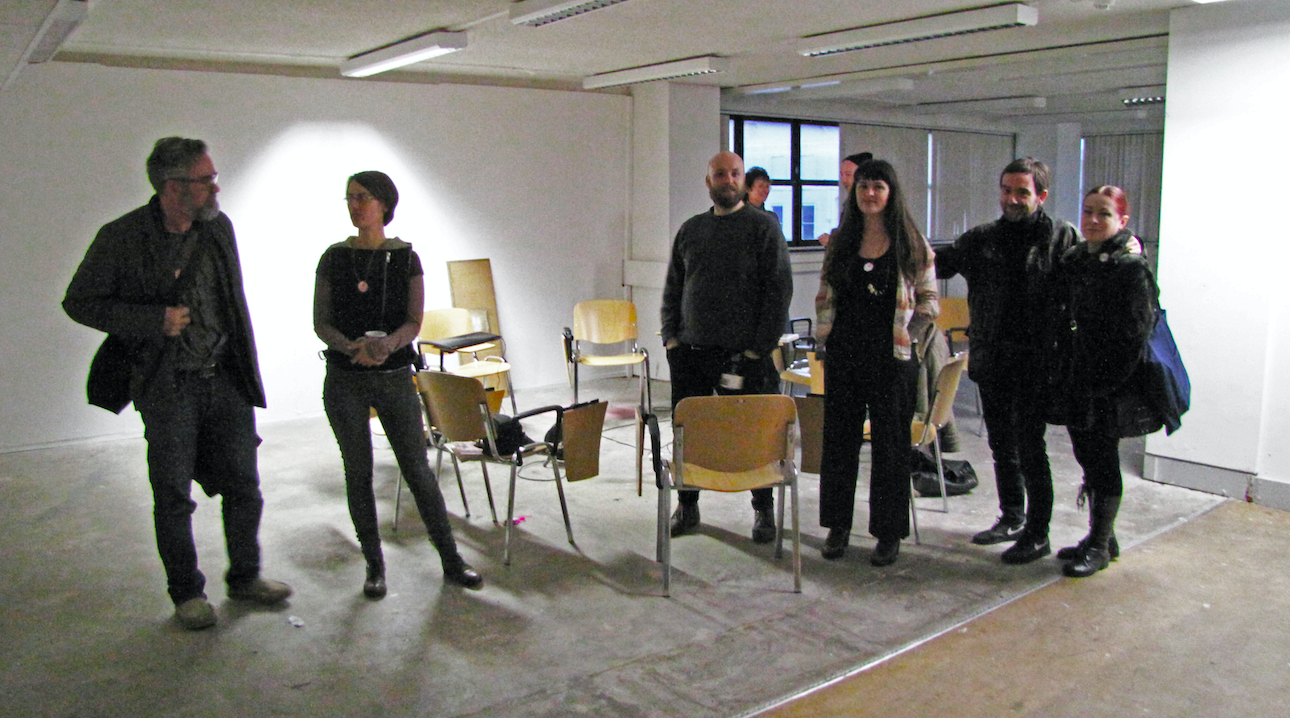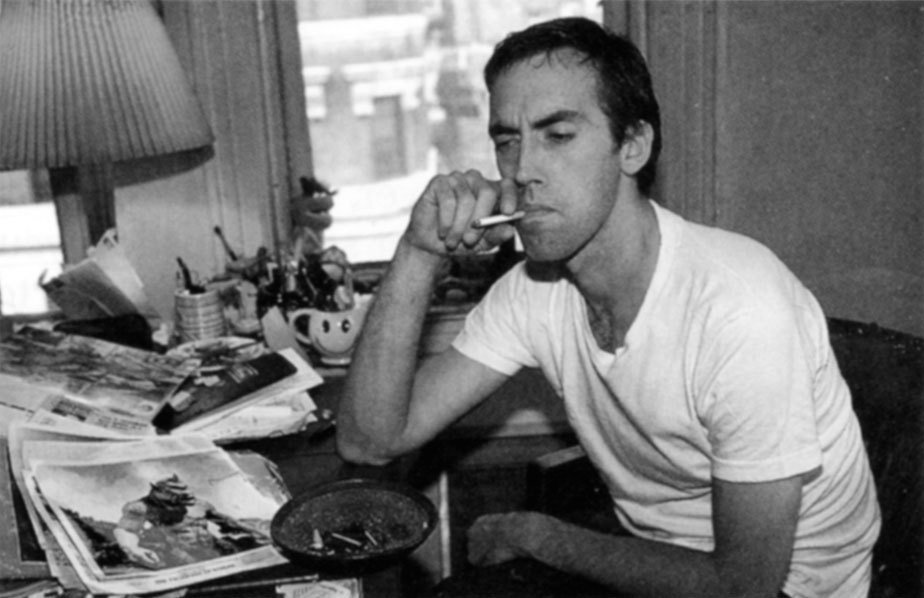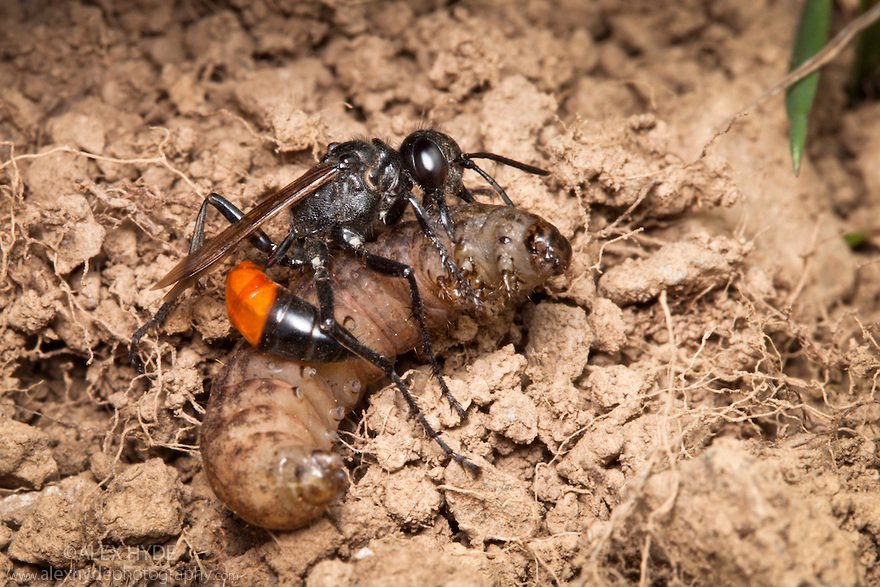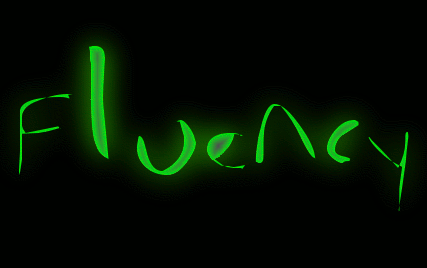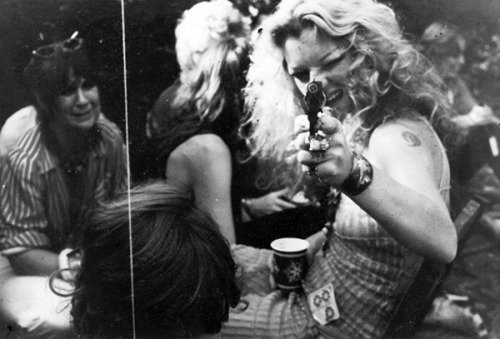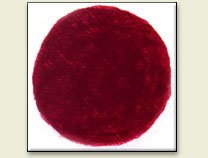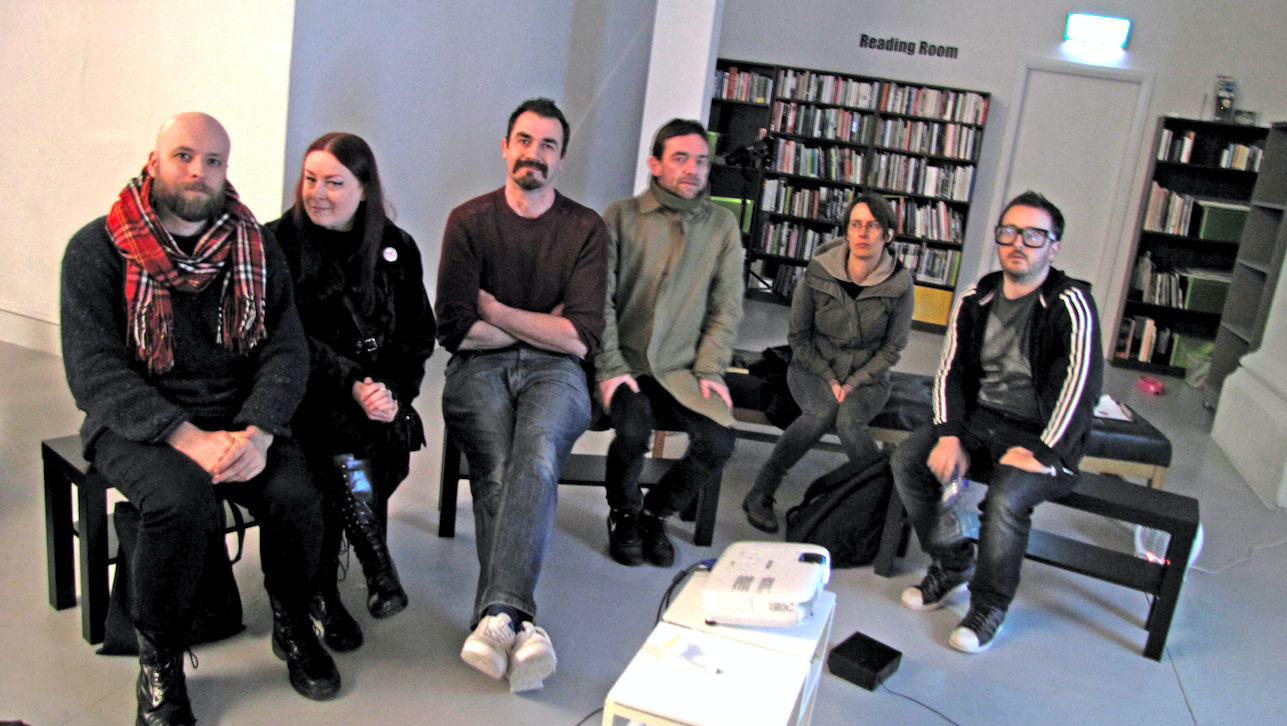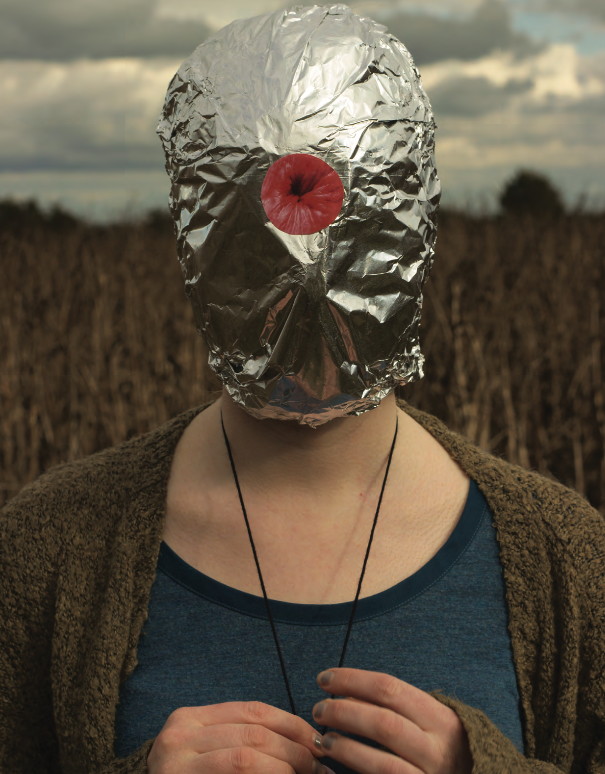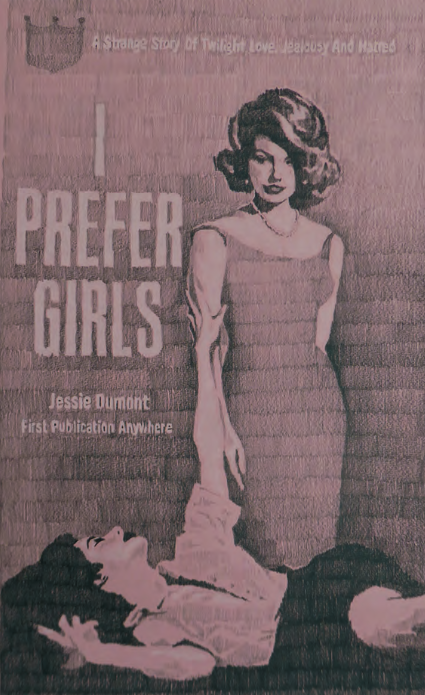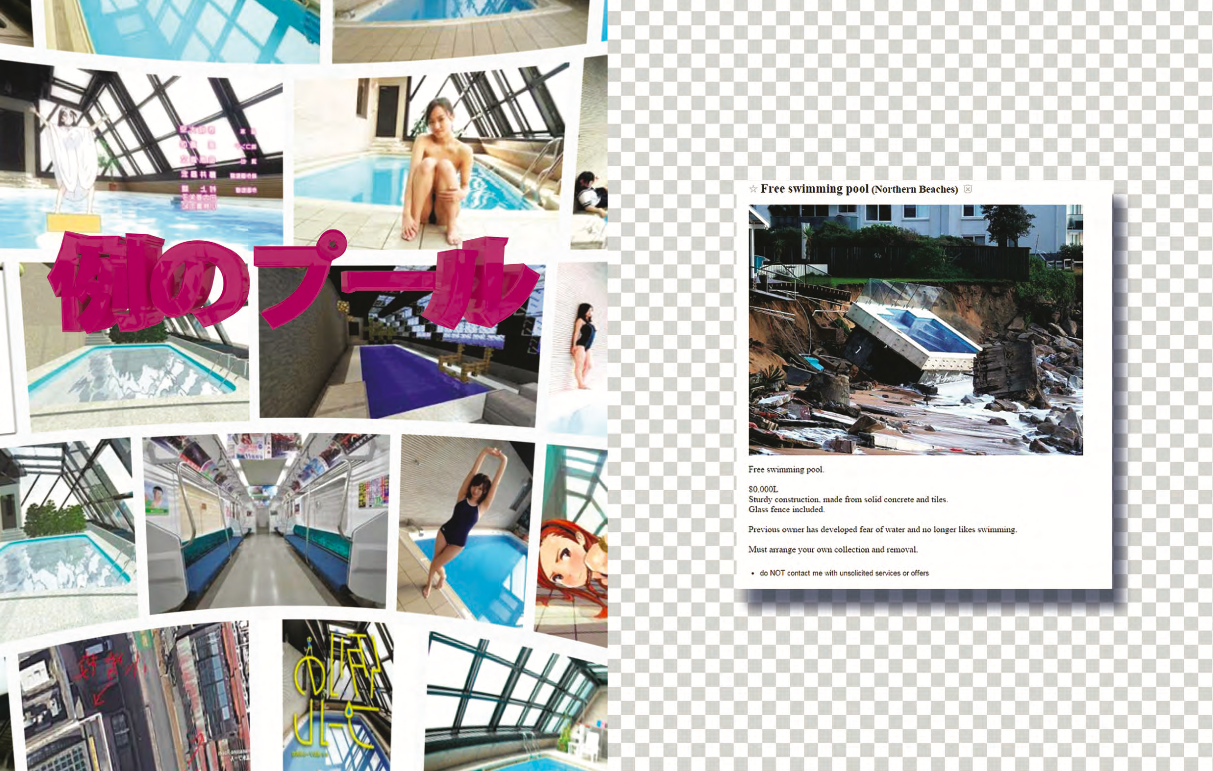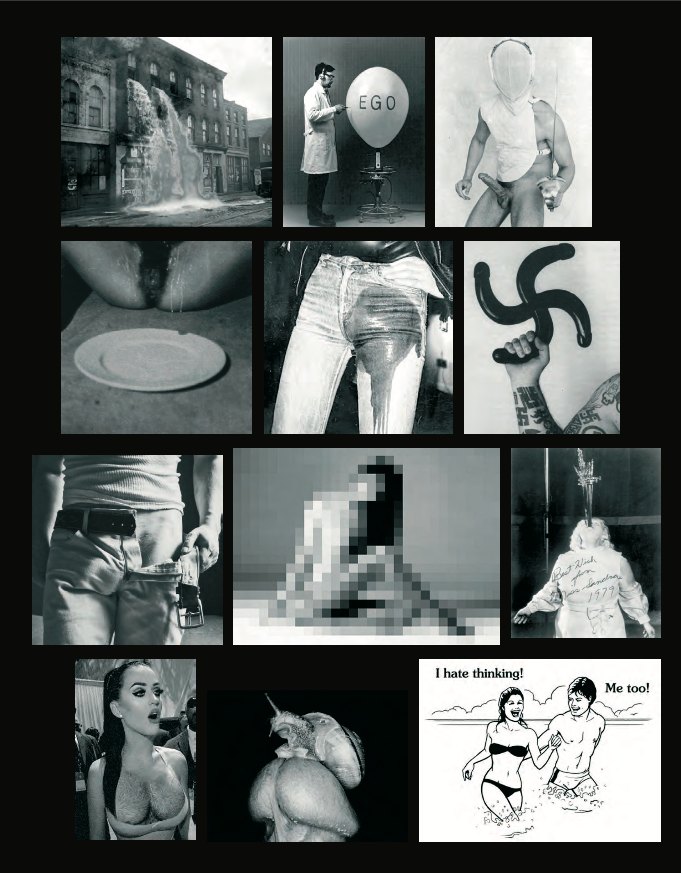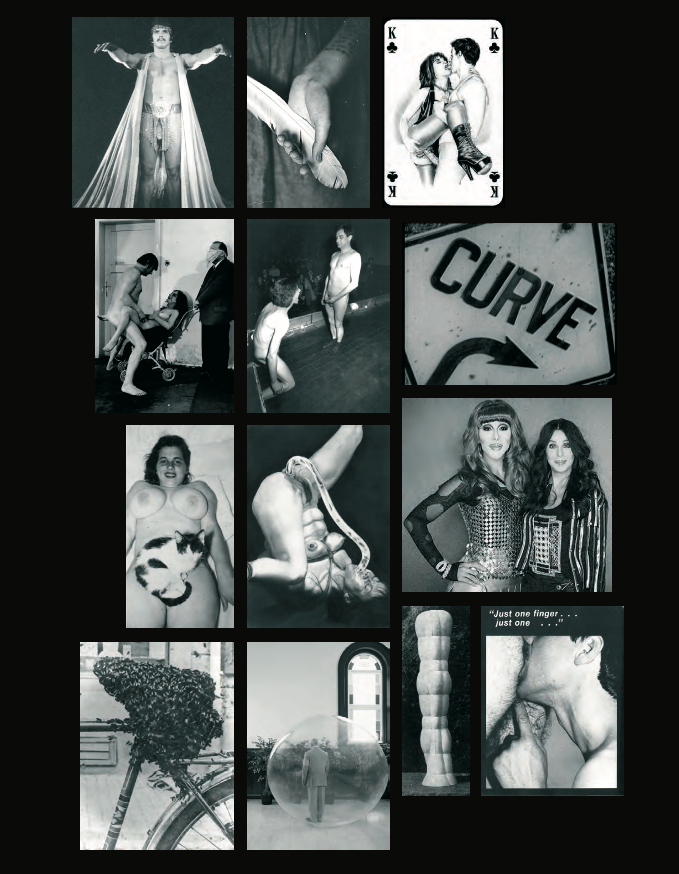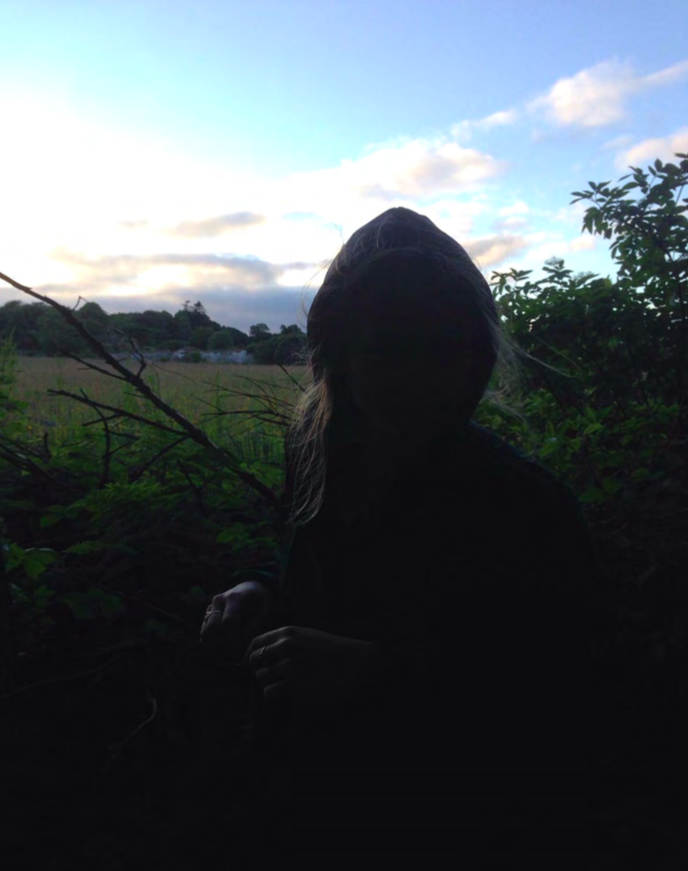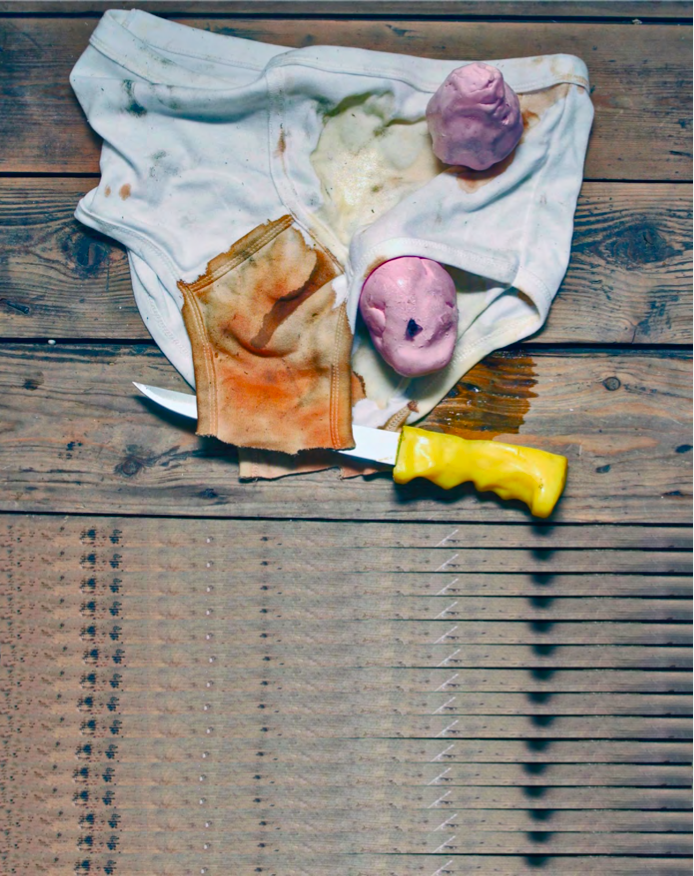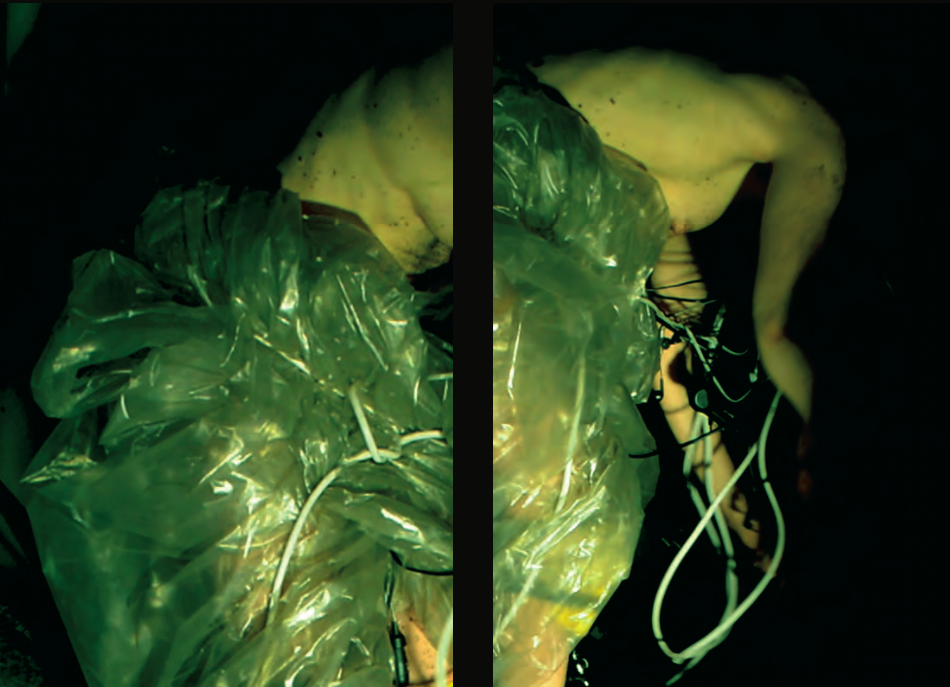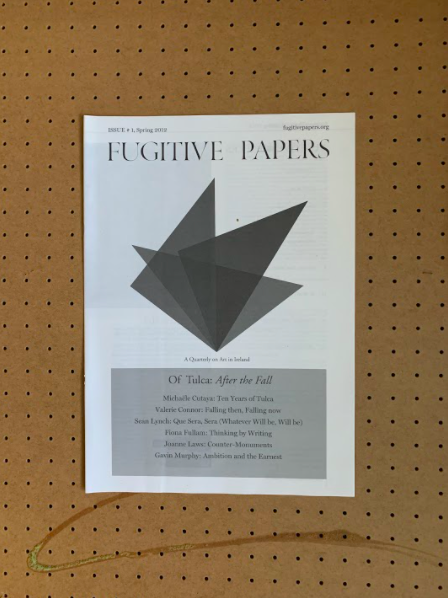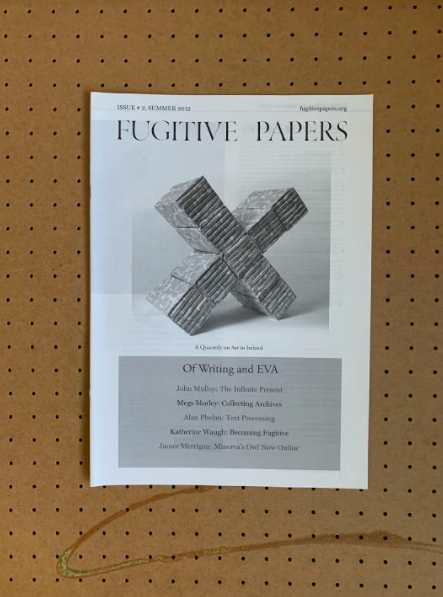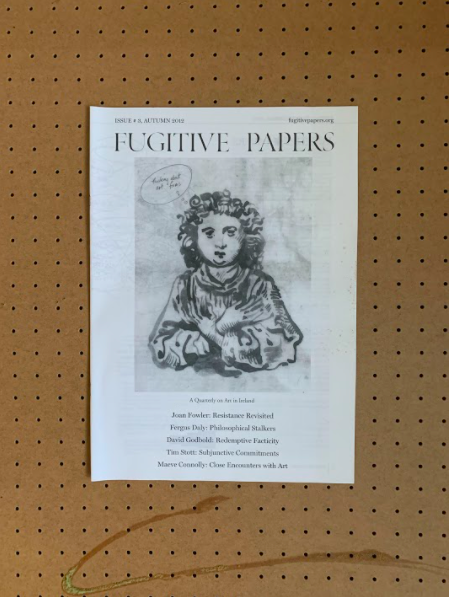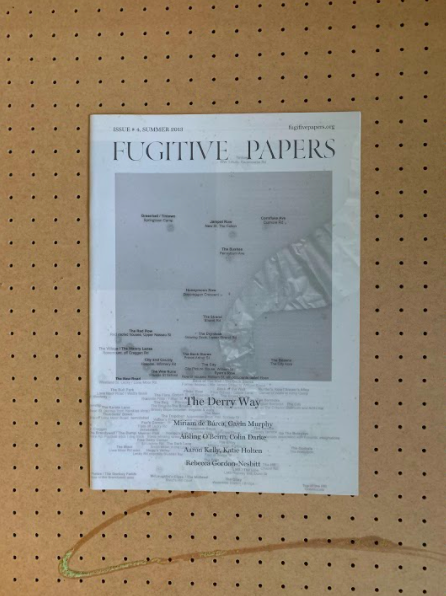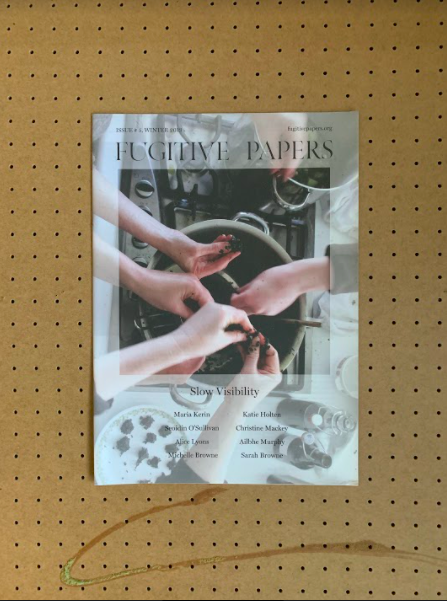TO: Ursula Burke, Marian Balfe, Kian Benson Bailes, Austin Hearne, Locky Morris, Fiona Reilly, Emma Roche, Celine Sheridan, Brian Teeling
RE: WEAREFETISHISTS —GARTER LANE ARTS CENTRE —6TH AUGUST – 24TH SEPTEMBER 2022
Dear Artists.
As you already know, the title of this thing we are doing together — WEAREFETISHISTS — is something we have been circling for two years. The circling was due mostly to COVID, when delays & cancellations spaghettified everything. The more I circled without taking a right-angled turn towards the centre, towards some made-up deadline, the more I began to realise that all this circling can be defined by a word found within the word pileup that is WEAREFETISHISTS.
Don’t know if you know this, but there’s this psychoanalytical term called “fetishistic disavowal”, defined in distance or over-proximity. It’s something like this: when you lose someone you love, the loss of that love is sometimes put onto another object, inanimate or alive. The festishistic object bears the grief, desire or anxiety you are having to avoid confronting head-on. It's a pathological transfer, or detour, based on distance & loss. Very Freudian. But there’s also another way to define the fetish, as the fear of getting too close to the object of your desire, so you put up a barrier in the form of, let’s say, an image, that becomes an unconsummated fantasy. You fantasise about touching reality, but it’s a reality you are afraid to touch. Instagram!
The more and more I think about what has happened over the last two years, the Zoom distancing, the slowing & stretching out of art making, the fetish, in relation to art, or intrinsic to being an artist, makes more sense to me. If you think about the structure & process of WEAREFETISHISTS, the way I have ended up screen-printing your drawings & images, it’s completely fetishistic.
Thing is, two years ago I asked all nine of you if you’d be interested in submitting images or drawings of your work for screen-printing. You said yes, & I was really grateful. Sure, it was a weird collaboration, in that I was “providing a service” (In Fiona R’s words). But during the circling my relationship with your images became more deep-seated. Celine S mentioned during one phone conversation that, in so many words, she had severed ownership with the drawings she submitted. Probably because they had gone through a process that she felt dissociated from, both from her hand or her judgment. She had released them into my care to become something else. Fucking weird.
From my perspective, I have felt a little perverted during the process. In that I was taking your work & having my way with it, in some instances getting high on the results of the transformation from drawings or photographs into silkscreens. That’s weird, isn’t it? I was also thinking about the exhibition of the work. Who was really exhibiting? You or me? I have no desire to exhibit; perhaps make exhibitions, yes, but not become an art object again. This is where the fetish breeds, in the space between disavowal (Who owns the work? Who is exhibiting the work?) & attachment (It’s my work not theirs!). The fetish also exists in the anxious & fearful space of avoidance. The fetish object helps maintain a distance from the real object of desire.
What I mean by becoming an art object is linked to a strange thought I had the other day about being an artist in the lifeworld. If you think about it, artists become art objects, that’s their fate. The moment they leave the lively process of their studio with their art objects in hand for the public to gawk at, they become objects. This is another definition of the fetish, in terms of the fetishistic object (the art object) that creates an obstacle to getting close to the fetishistic subject (the artist). Is this what artists & art is all about, formal obstacles & dialectic detours to getting closer, but not too close, to objects of desire, what Jacques Lacan calls the enigmatic signifier. Is it all just a slight of hand, a tease, social anxiety or anti-social behaviour?
As Slavoj Žižek writes: “fetishists are not dreamers lost in their private worlds, they are thoroughly realists, able to accept the way things effectively are — since they have their fetish to which they can cling in order to cancel the full impact of reality.
As I said to you in our first Zoom meeting together, I thought the process of screen-printing, the robotic drag of ink across a screen, protected me from my own subjectivity. In that there was a distance between me & your artworks through the very process of screen-printing, which doesn’t allow for the indecision & decisiveness that directs a drawing, painting or photograph. But the longer this process went on, the more mistakes & restarts I made, the more I got to know in the atomic detail & saturation of your art as image, as ink, the more I began to love them, the deepest subjectivity, where all distance is lost to an over-proximity & ownership of object of desire.
But maybe the exhibition, & the process of installing the work together at Garter Lane (garter belt being another fetishistic object if there ever was one) will help transfer all that weight of false ownership back to you, where it belongs. It’s difficult enough to carry the weight of your own art, but to carry the weight of others is not just fetishistic, it’s perverted.
But being a pervert is probably what artists do best…
See you at Garter Lane!
James
——————————
SMALL NIGHT PROJECTS
Through Small Night Projects artist and critic James Merrigan commissions and invites artists to participate in collaborative modes and models of exchange and production that look beneath the official and visible practice of the artist. What he has found beneath artists' practices is open and experimental processes and expressions that never see the light of day due to a concern that any deviation outside the norm of their work would devalue the consistency of their visible practice. It is this place of vulnerability, becoming and incompleteness, what he has described to previous collaborators as “liveliness”, that he wants to bring to the surface as a valuable and intrinsic part of the artist's worth. Independent from commercial printers and graphic designers, Small Night produces within and beyond the limits of screen-printed ink on paper. There are no middle-person expenses or directives – just the raw artist involved in a permissible collaboration







